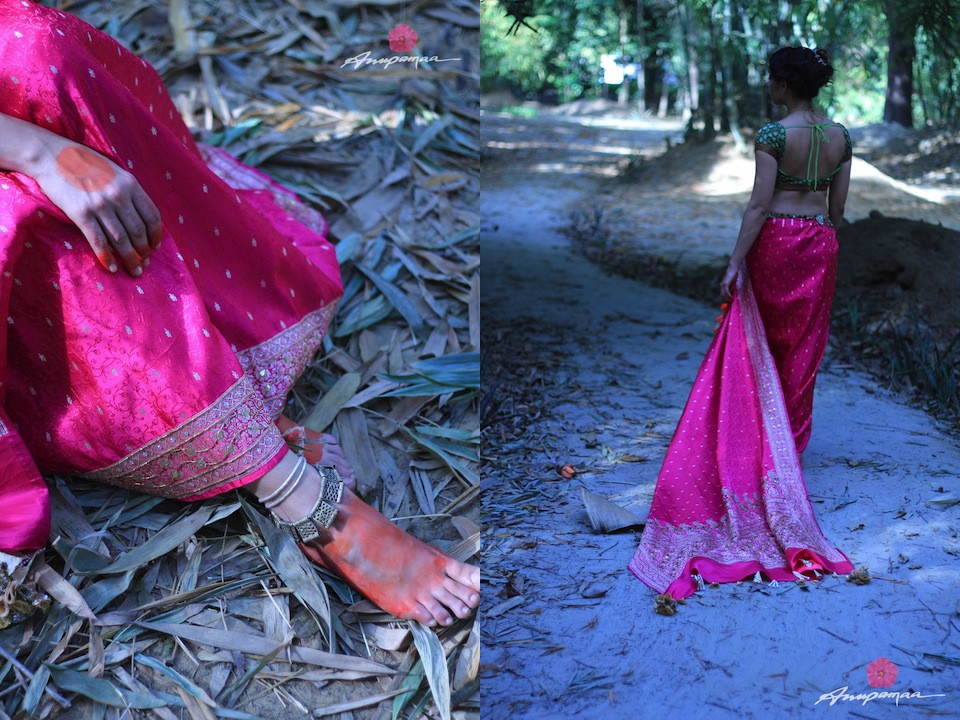SIMPLY SOUTH
honoring cultural provenance
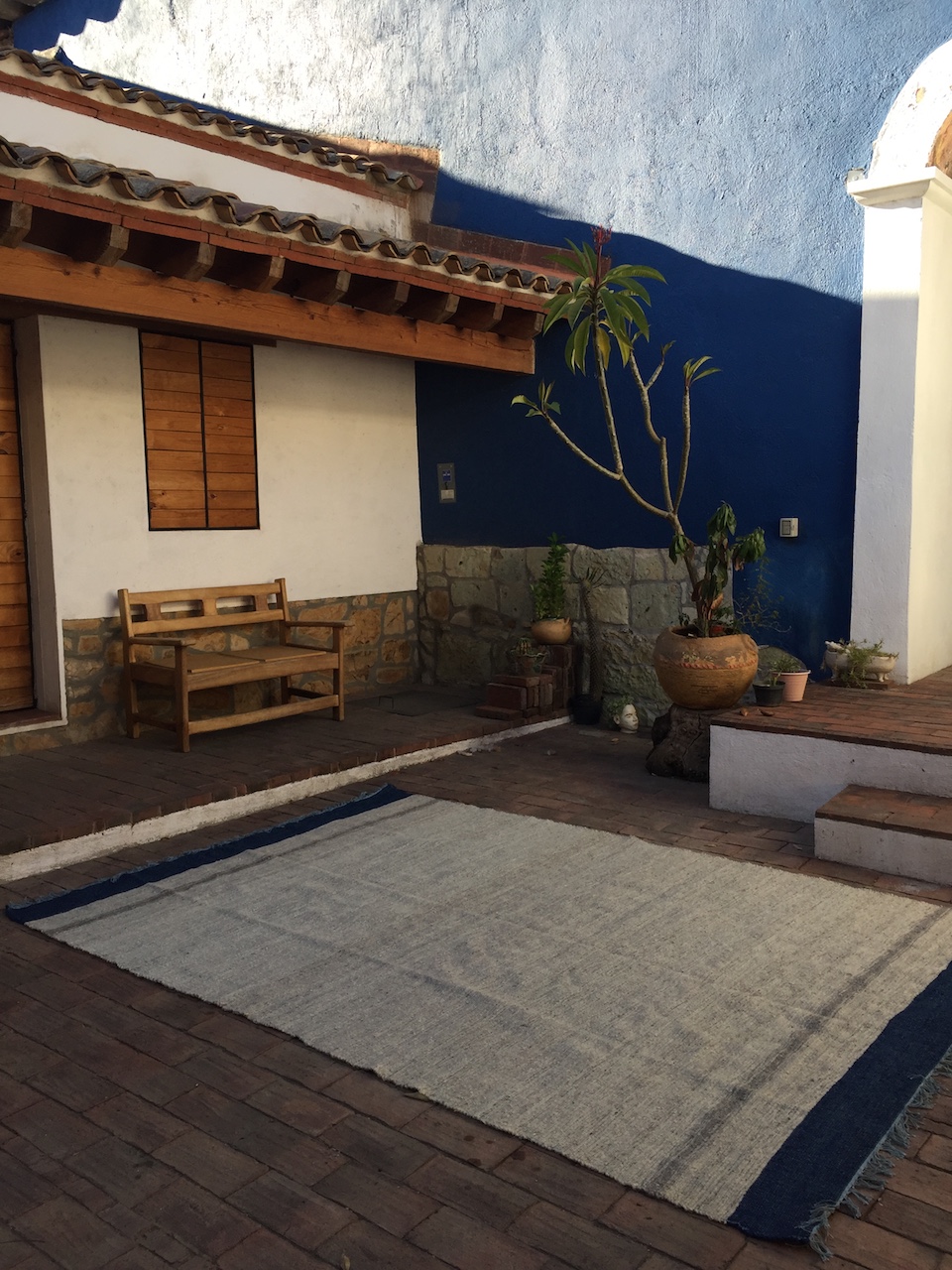
“I am fascinated by how a craftsman and an artist are able to shape their own world and feel fully aware in the moment of creation, outside the boundaries of time, conscious of their purpose in the world, if only for a moment.” Maddalena Forcella Maddalena Forcella is an Italian designer who has been in Mexico for more than twenty years. Her first stop was Chiapas where she discovered the Chiapa sheep which is now one of her main raw materials for an exquisite collection of carpets and home décor with a distinctive alchemy of complex, subtle color combinations and incredible textures. Chiapa is an evolved breed that resulted from a mestizo mix of European and local sheep, producing animals that are well adapted to the highlands of Chiapas. Their wool is used mainly for the local dresses that help the communities cope with extreme weather changes. Maddalena became interested in the long fibers ideal for hand spinning, the natural grays, blacks, browns and whites tones, and the natural shine of the fibers. She was fascinated with the material, its rawness and its endurance as one of the very few local wool evolved over 500 years. The wool is hand spun by Mayan women on pre-Hispanic drop spindles and is untreated, allowing for deep absorption and saturation of color. This hand spun wool produces an irregularity to the yarn which gives each rug a special texture. Maddalena is interested in processes as well as results and this Chiapa wool resonated with her because of its connection with the local culture and because its nature comes to life with very little processes that involve just washing the fibers with water and soap. Her project is also a social one, involving local women who find an extra source of income by breeding the sheep they use for local purposes while remaining in their homes and continuing with the timeless space created as they hand spin day after day. Now based in Oaxaca, Maddalena has a beautiful atelier where she personally dyes the lighter wool with local plants such as añil or local indigo, cochineal and marigolds which are also used for the altars. Maddalena’s designs involve techniques such as weaving on pedal looms and felting in Teotitlan and other villages around Oaxaca where the work of master artisans is part of centuries old traditions.
With the same attention to detail, Maddalena also creates a Nuno fabric using a felting technique, melding the finest Merino wool or alpaca with luxurious silk. Each fabric she produces – like her rug creations - is unique in its color, hand, and texture. These fabrics are used to create pillows, throws and other interior accessories. The Greige Design rugs were inspired by Maddalena’s roots in Italy and her 25 years working with indigenous women in Chiapas, Mexico. The design has its origins in the rich textile traditions of Sardinia, where her mother was born. This elegant rug is a compound weave with hand spun wool from Chiapas, Mexico and cotton warp. Custom colors and sizes available. “Maddalena’s rugs, immediately recognizable for the delicate contrast of textures and the natural and well balanced colors, show that it is possible to distill long forgotten Mexican craft techniques into very contemporary and minimalist pieces.” Enrico Bonetti, Bonetti/Kozerski Architects D.P. Marcella Echavarria Marcella Echavarria is a Mexico City based lifestyle specialist. She collaborates with designers and artisans around the world developing links that connect local knowledge with global trends. Her specialty is branding luxury and sustainability in a way that preserves cultures and traditions.
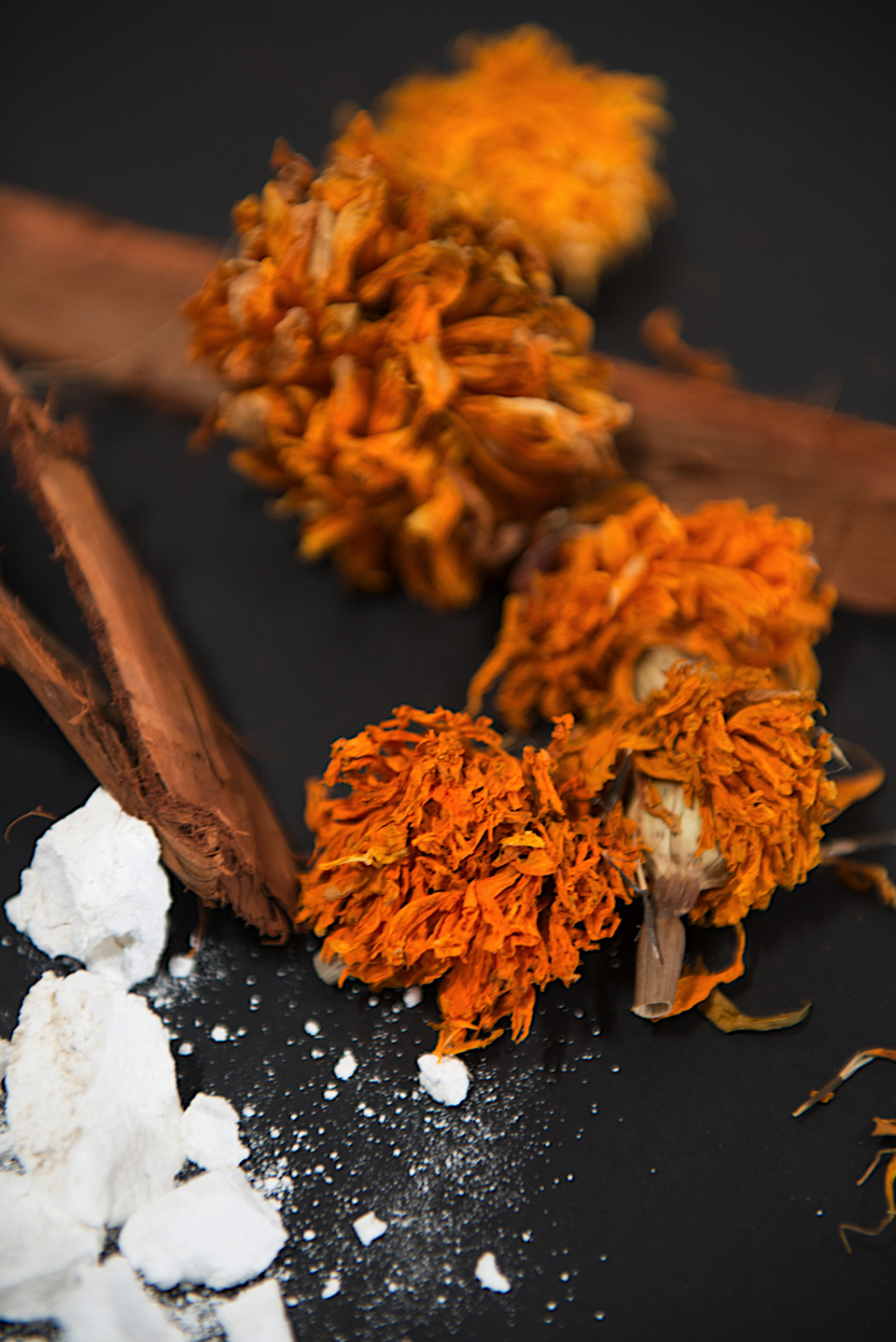
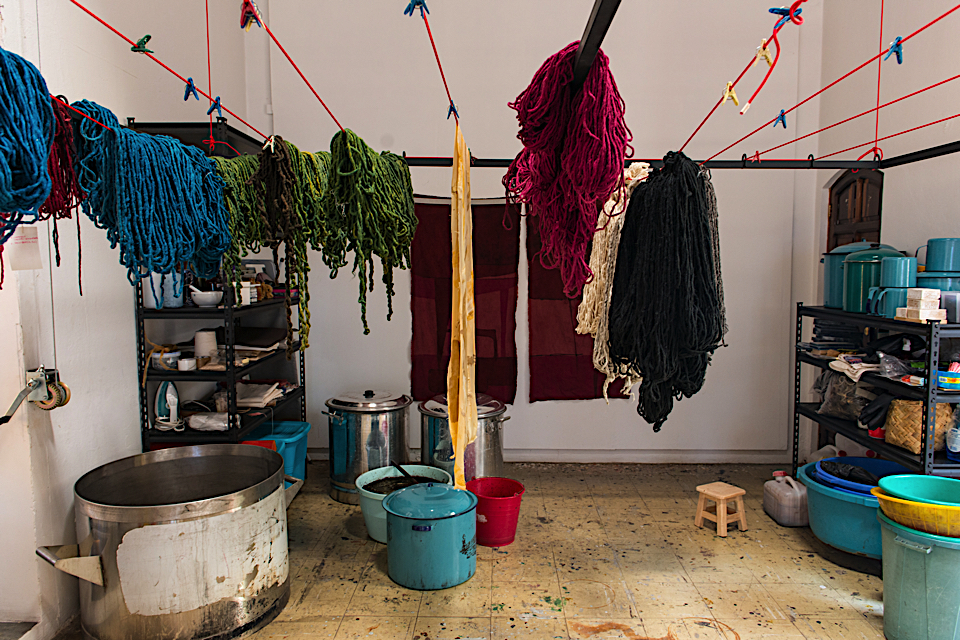
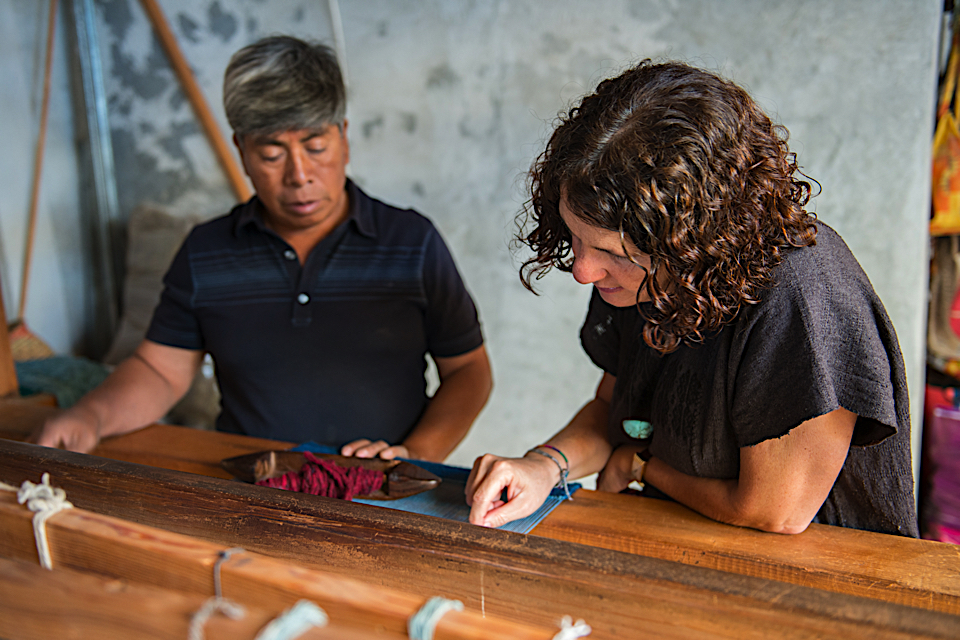
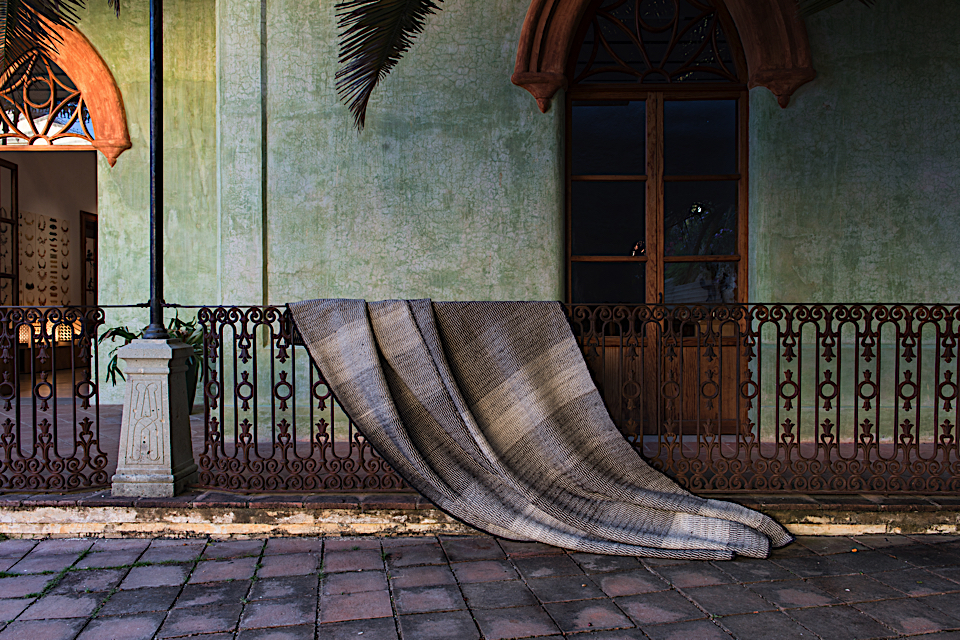
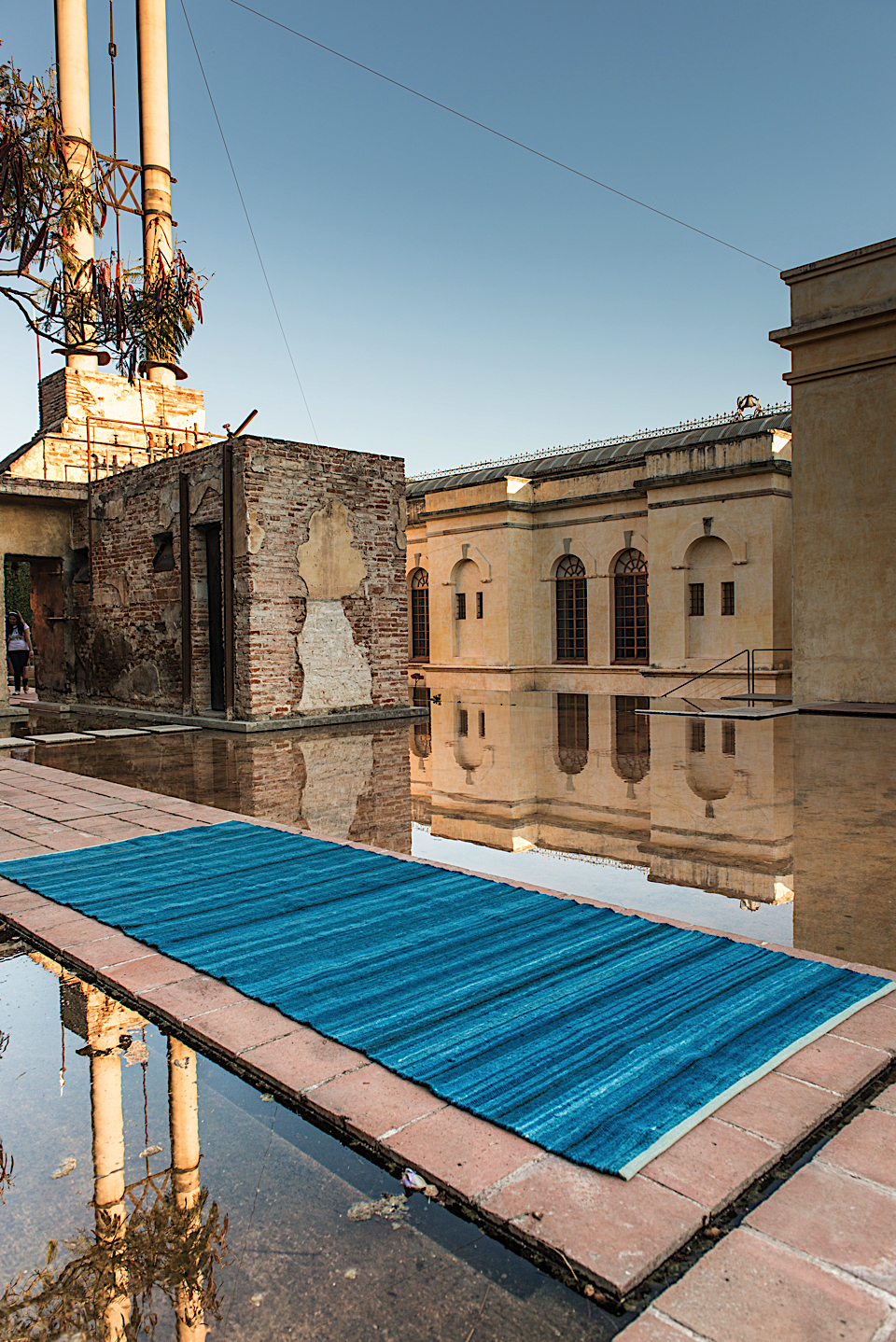
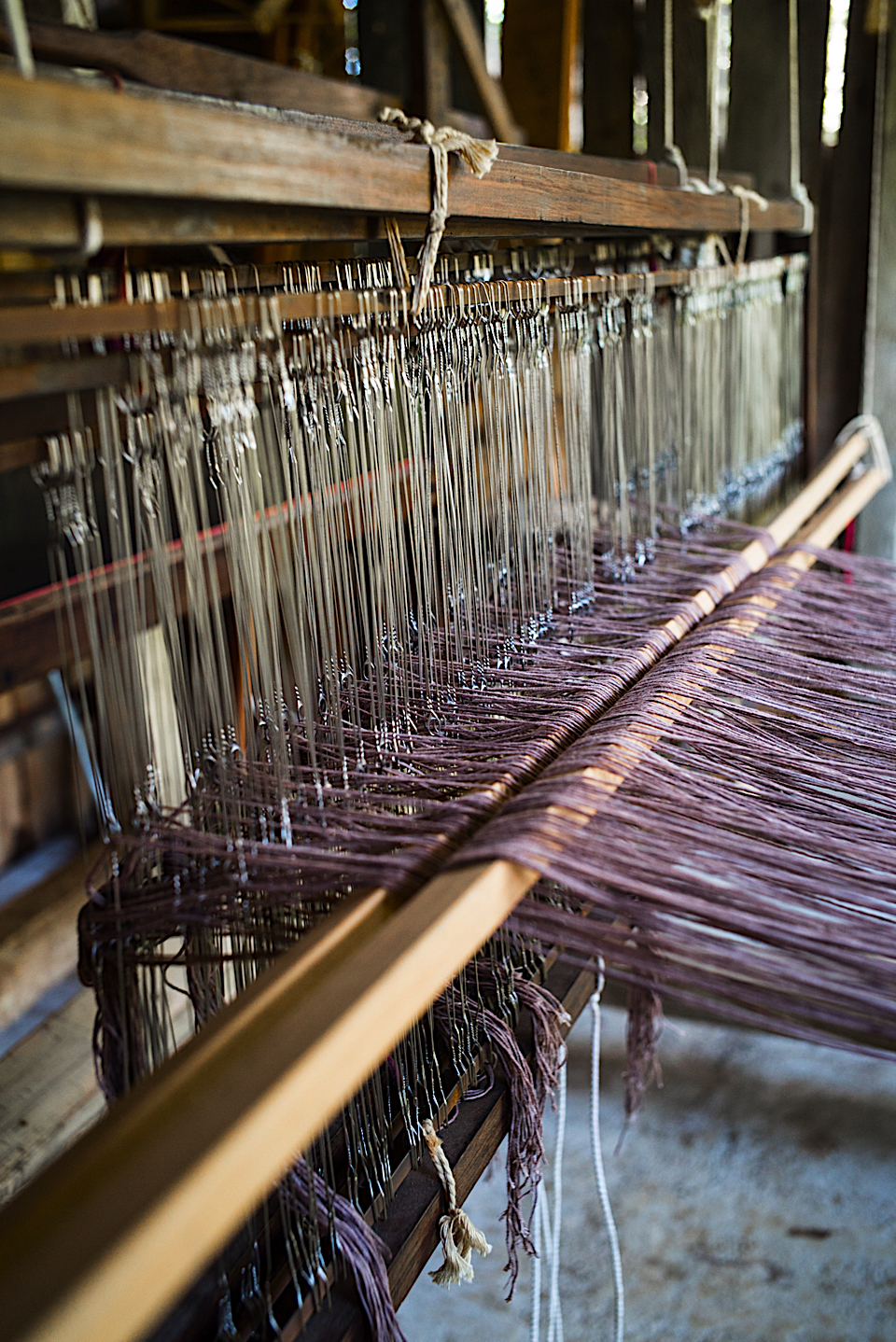
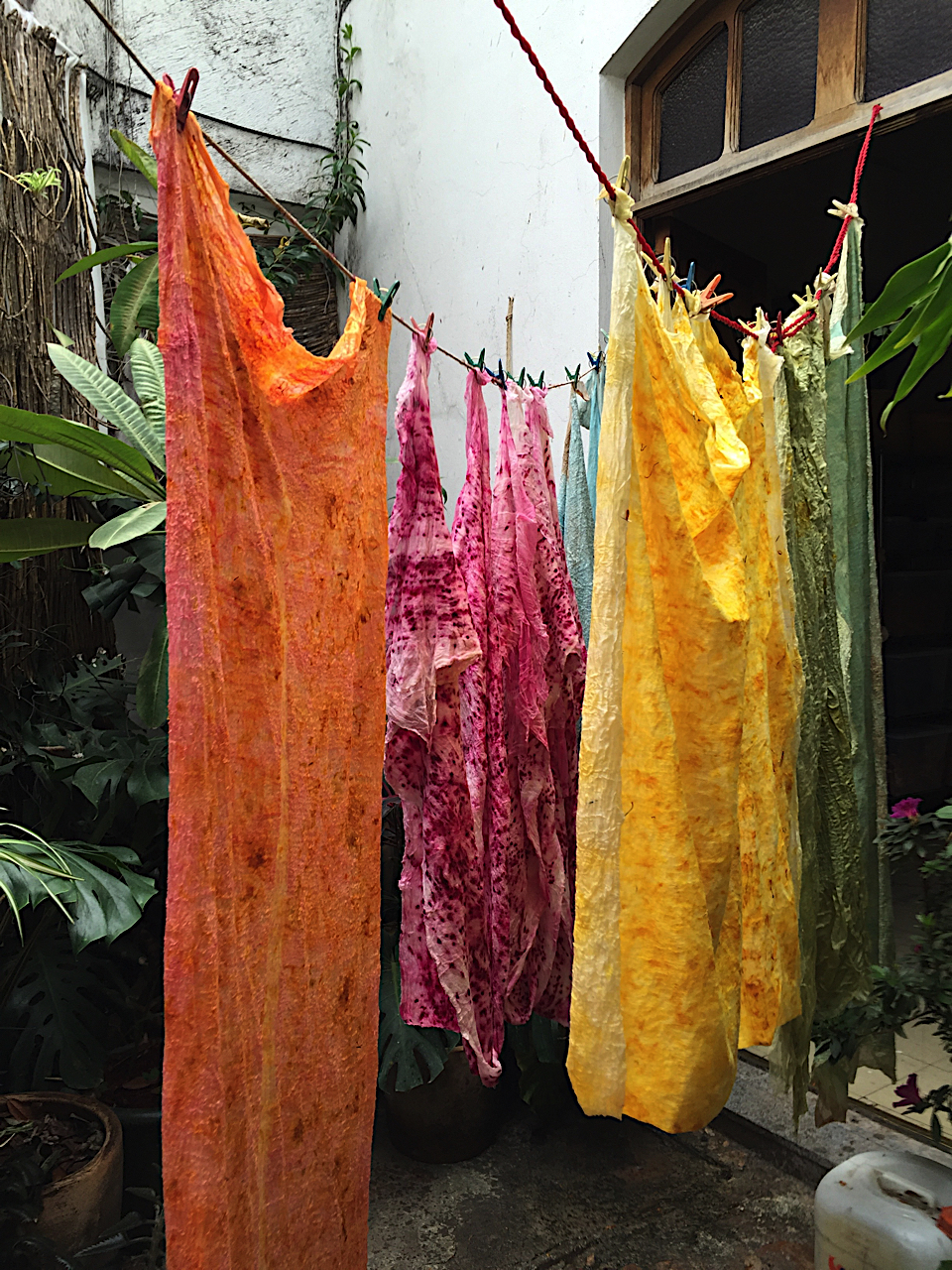
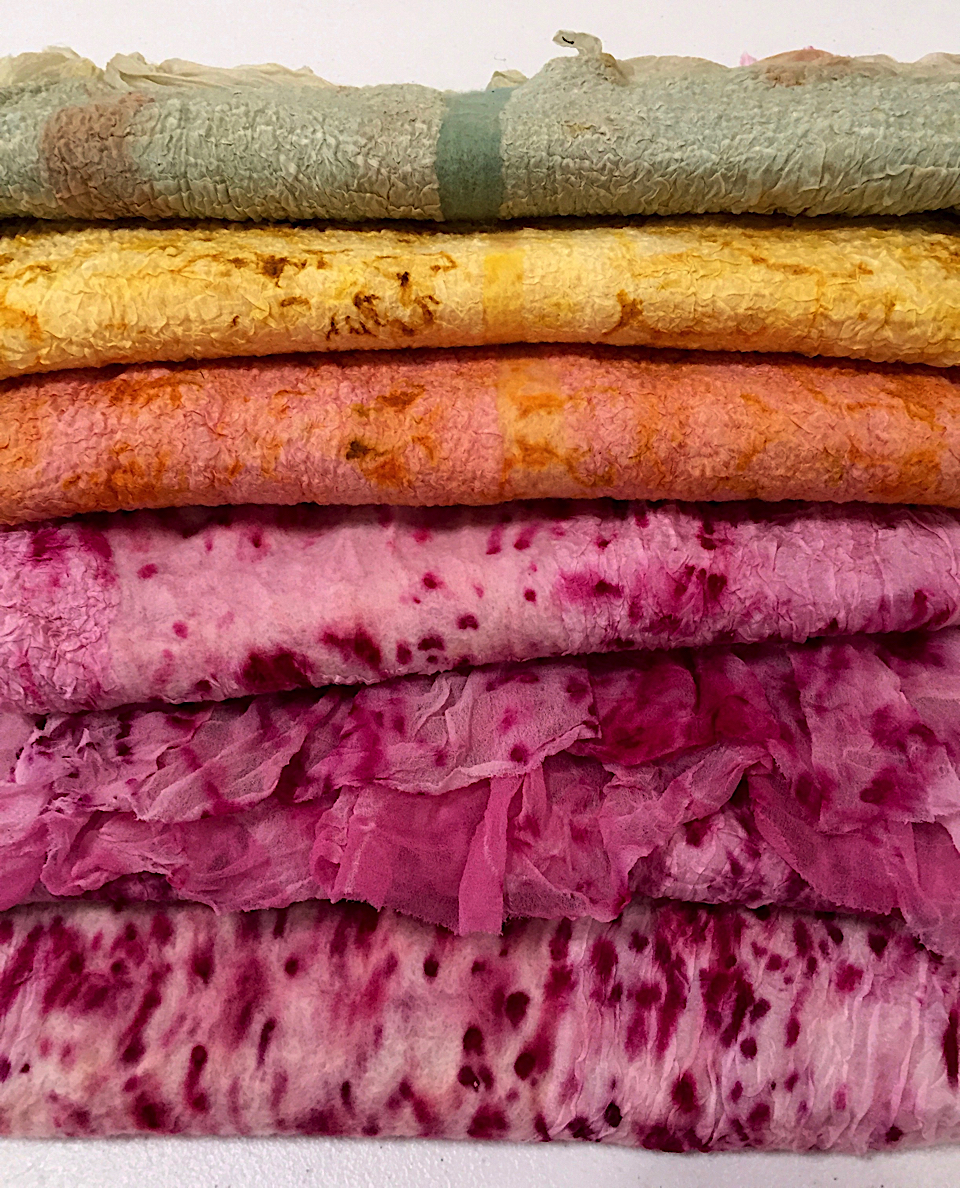
native chic

Imagine one day you decide to take your kids and husband in search of a precious fiber that grows in the Yucatan Península in México. This fiber is called Henequen (Agave fourcroydes) and it is responsible for the immense fortunes built until the mid-20th century when it was a major agricultural and industrial activity providing packaging for the newly industrialized world (pre-plastic). In 1898, when the Spanish–American War broke out, the price of fiber advanced rapidly. The supplies of Manila hemp were interrupted on account of the war conditions in the Philippine Islands, and that caused an advance in the price of henequen. That sudden advance in the price brought great wealth to Yucatán and it immediately became the richest state in Mexico. Angela Damman arrived in 2011 from The United Stated when this boom was a chapter in history books and the only remnants were old ruined haciendas turned into luxury hotels. The fiber of her dreams was there and Angela had fresh ideas: “my story is simply this obsession with designing products and experimenting with the plant fibers and ancient artisan techniques of Yucatan. I wanted to push the envelope on what is possible with these techniques and fibers to see if we can reach new markets and a new respect for artisanal talents.” Besides Henequen, she also experimented using sanseviera thread dyed with handcrafted colors from tropical tree bark and oxidized tin cans recycled by artisans in the village. She is also making super fine woven henequen textiles embroidered with the pattern from native pollinators. Color are made from a combination of tropical tree barks using ancient recipes. Both Henequen and Sanseviera grow naturally and sustainably, without the help of fertilizers and irrigation. The fibers from these plants have been used for centuries by artisans to produce crafts as well as utilitarian products for daily life. Besides her home and fashion collection under her name, Angela is also involved in many interior design and hospitality projects that stand out particularly because of her long fringed hammocks made of extra long henequen fiber, harvested from very old henequen plants which bear the longest leave. “For me this piece is a symbol of Yucatan, its culture of hammocks and its fields of henequen drying out in the sun”, affirms the artist. Inspired by ancient Mayan weaving techniques and use of plant fibers for textiles, Angela collaborates with local artisans to fuse their traditional methods with her contemporary designs. The process begins with hand-harvesting the plant, extracting the fibers, and weaving or hand-spinning fibers for use into their final design. This all happens in an old hacienda where she now lives with her husband a two kids.
Many of the artisans Angela recruited came out of retirement to help start a new generation of craftsmanship in Yucatan. The goal is to create new and higher value textiles and products from plant fibers using their traditional techniques with the aim of improving the economy in rural communities and preserving traditions that are at risk of disappearing. Her techniques include weaving with the backstrap loom, hand spinning, crochet, macramé, knitting and braiding. These techniques have been used for generations and some cases, centuries. “The use of henequen and sansevieria fibers in the communities of the Yucatan Peninsula has gained importance in recent years because they represent not only an economic activity, but also a unique cultural and artisan manifestation of the region. However, the artisans who have the knowledge of how to use the fibers are growing older, putting at great risk the future of these traditions in Yucatan. The younger generations do not have interest in carrying on the tradition of what is a considered a peasant’s work. Therefore, it is upmost importance to inspire the youth through new designs, resulting in creating new markets and new value for products made from the natural plants of Yucatán” Marcella Echavarria Marcella Echavarria is a Mexico City based lifestyle specialist. She collaborates with designers and artisans around the world developing links that connect local knowledge with global trends. Her specialty is branding luxury and sustainability in a way that preserves cultures and traditions.









details that matter

“I care about every single detail, architecture isn’t only the space. It is the towel that you dry yourself with, the smell of lavender when you open your ironed sheets, the soap you choose for your morning rituals, the art that surrounds you, the chair that you seat on, and the every day treats that make a difference”. This holistic philosophy can be seen clearly on the first Ryokan in Latin America, a project Regina Galvanduque created from start to finish with her team at GLVDK, a multidisciplinary creative studio in Mexico City.
With a dramatic façade inspired by the folding gestures of origami,
Ryokan MX is the landmark building of Little Tokyo MX, a new concept that is transforming Cuauhtémoc neighborhood, an up and coming area of México City, where the best Japanese restaurants in the country can be found around a few blocks.
Japamex, a term coined by the architect, is the term used to describe the powerful Japanese-Mexican mix, Regina carefully expressed in every meticulous detail of the design concept behind Ryokan MX.
Ryokan MX has 10 rooms designed with Japanese and Mexican vernacular techniques that create a balance between both cultures:
Sliding doors - In Japan: Shoji / def. (Sho - Separate, ji - a part), are rice paper wooden sliding doors that represent the transition between the outside and inside worlds. The cultural relevance of this separation, is expressed, for example, in the act of removing the shoes before entering the tatami area inside. In parallel, Mayan houses in Mexico, use huano or zacate to cover the main entrance and invite visitors to bow their heads as a sign of respect.
Oriental Tatami rooms - Tatamis - Petates (Sleeping on the floor) both in Japan and in towns such as Oaxaca, people have slept on the floor for generations over beautiful natural handwoven materials.
Western rooms - the beds were designed based on the grid or tatami’s configuration. The architect’s idea was to extrude this grid with custom made screened wood, inspired by the "halabche" or braiding of vines found in Mayan homes, which together with the coloches or vertical rods form a knotted grid with vegetable fibers , that give shape to the walls or pak lum. This structure allows for the creation of a thermal barrier, preserving the freshness inside the Mayan dwellings.
Onsen - Hot springs; here the parallelism celebrates two countries rich in biodiversity with cultures that respect nature.
Art - the architect’s’ idea of "upcycling materials” (travertine marble, stones) and transforming them into simple organic volumes.
Japanese Panels - Printed screens with monochromatic photographs of Japanese landscapes to create a visual sensation of being in an onsen outside of Tokyo in each room.
Nautical strings - In the triple height of the central common area of the building, nautical strings were used to generate an installation that evokes the repetition and feeling of infinity, found in the bamboo forests of Kyoto.
Furniture - Andrés Mier y Terán in collaboration with GLVDK designed all the Japanese inspired furniture using local Mexican materials.
Ryo Kan MX constitutes the first hospitality concept by GLVDK in México City. The Studio has done projects internationally ranging from architecture, interior design, art-sculpture, styling, production, curatorship and branding to ephemeral installations. She created “Antojeria Popular” in NYC Nolita neighborhood in 2012, a pioneering concept bringing Mexican street food to New York’s most trendy neighborhood, among other residential and conceptual projects in New York City,
Currently, GLVDK is expanding her conceptual art installations inspired by the recent earthquake that stuck Mexico last fall, by upcycling raw stones and reinterpreting them in organic sensual shapes with natural accidents. In parallel, her firm is working on a few residential, hospitality and large artistic commissions.
Marcella Echavarria
Marcella Echavarria is a Mexico City based lifestyle specialist. She collaborates with designers and artisans around the world developing links that connect local knowledge with global trends. Her specialty is branding luxury and sustainability in a way that preserves cultures and traditions.










caralarga
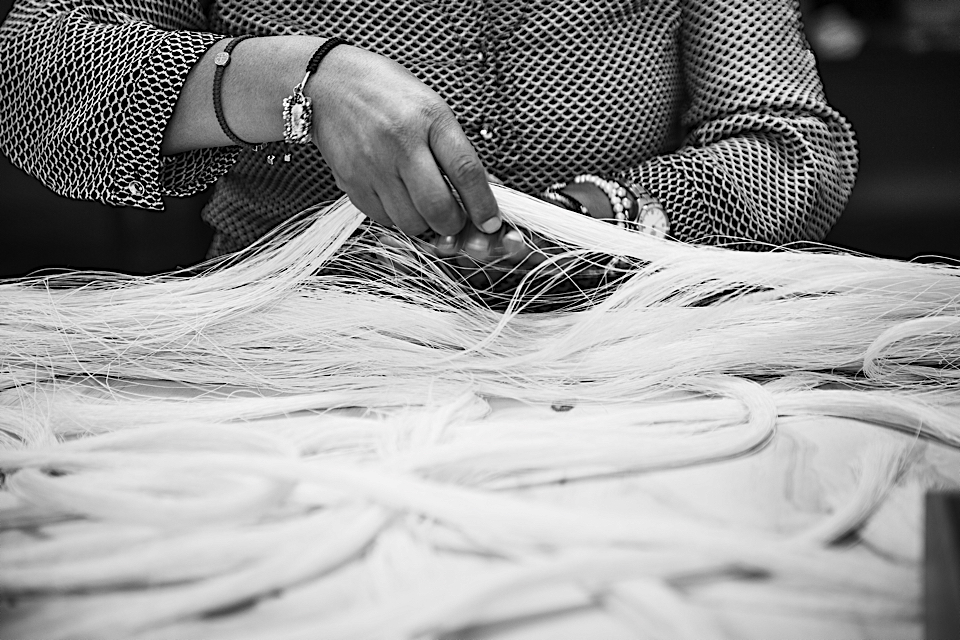
Caralarga: Natural Haute Couture Mexican Jewelry.
A brand called Carlarga or “long face” is a name to remember and this is due for reasons beyond their catchy name. Caralarga is a textile jewelry Mexican brand started by Ana Holschneider and run with her sisters and a team of talented artisans from Queretaro.
Caralarga uses natural fibers such as cotton, sisal and other weeds that have been rediscovered like Sanseviera or “mother in law’s tongue” from Yucatán. The soul of the brand comes from the work of women artisans who transform these humble materials into design pieces following a very simple and honest design.
Ana and her team work from a small atelier in an old textile factory from 1846. Their iconic material is Mexican cotton in its natural creamy color. In fact, they use the shorter fibers that are not needed for the regular production of textiles.
“I love the natural feeling of cotton, the quality and specially the versatility that allows for the talent of many hands to come through” says Ana.
Ana’s inspiration is nature, in its true, simple state. “I like things how they are, I want people to see this purity and respect it”. Quality is therefore and important value and the one responsible to give value to the intricate work behind every piece.
The brand has a cult following and has been growing significantly, so much so that a new atelier in Guanajuato is in the works, “We want to share the incredible talent of Mexican artisans with the world”.
Ana Holschneider Was born in 1982. After promoting Mexican design in Hong King, she moved back to Mexico and started Caralarga along with Socorro who is a master artisan. Destiny provided the space and the material for the brand that launched in 2015 with the Mujeres Apache Collection.
Marcella Echavarria
Marcella Echavarria is a Colombian-born, Mexico City based lifestyle specialist. She collaborates with designers and artisans around the world developing links that connect local knowledge with global trends. Her specialty is branding luxury and sustainability in a way that preserves cultures and traditions.
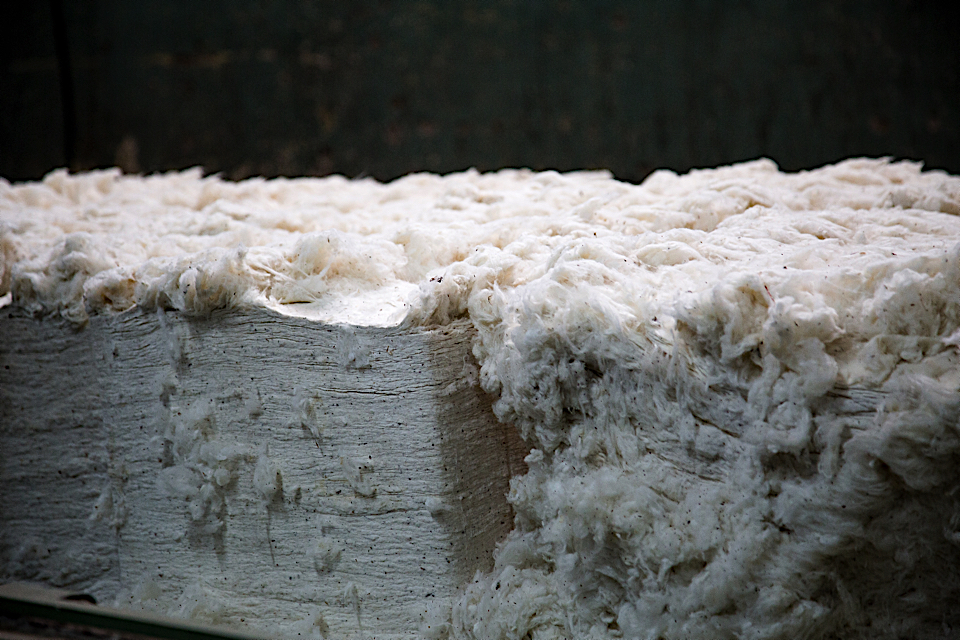
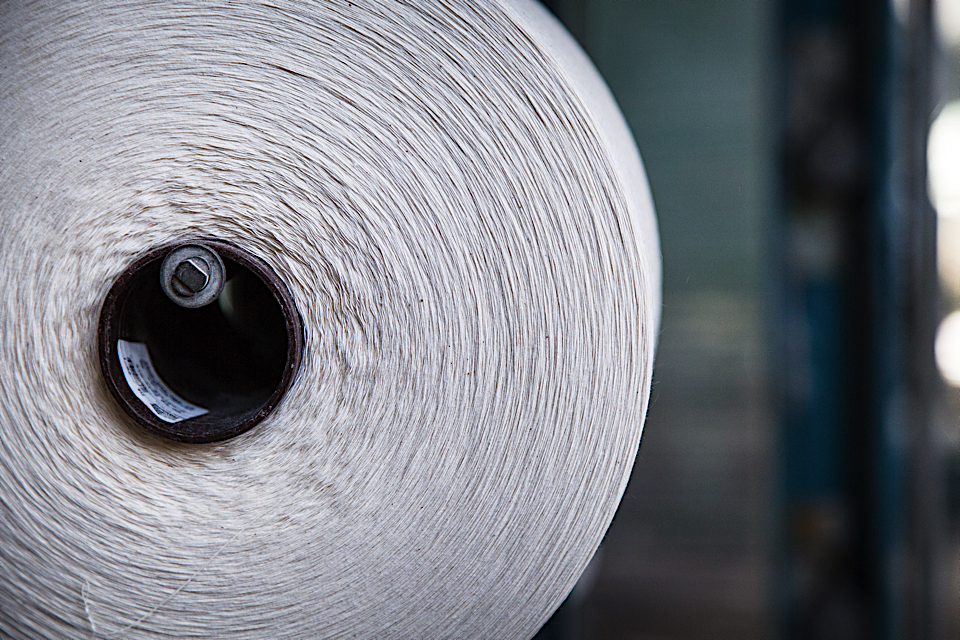
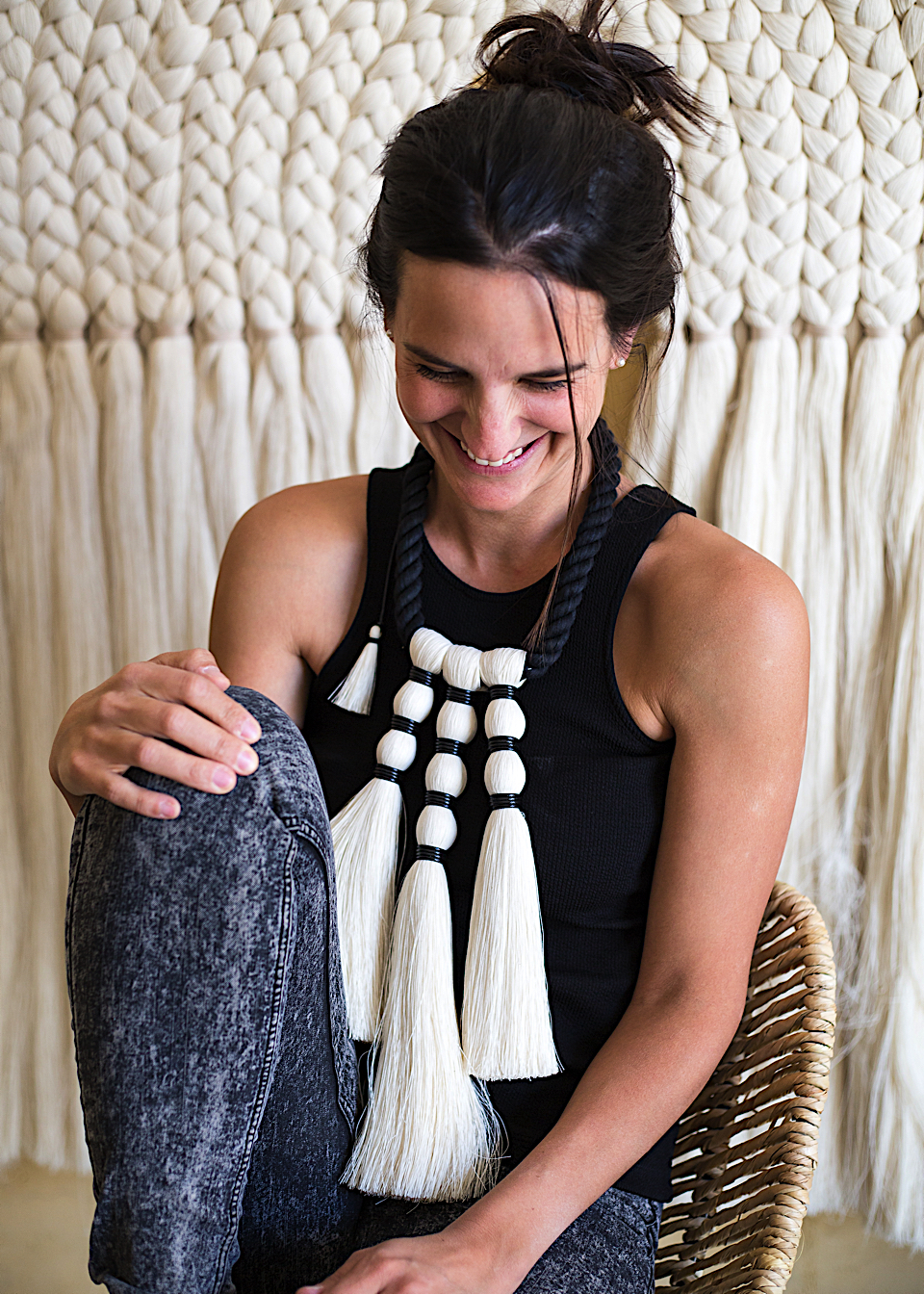
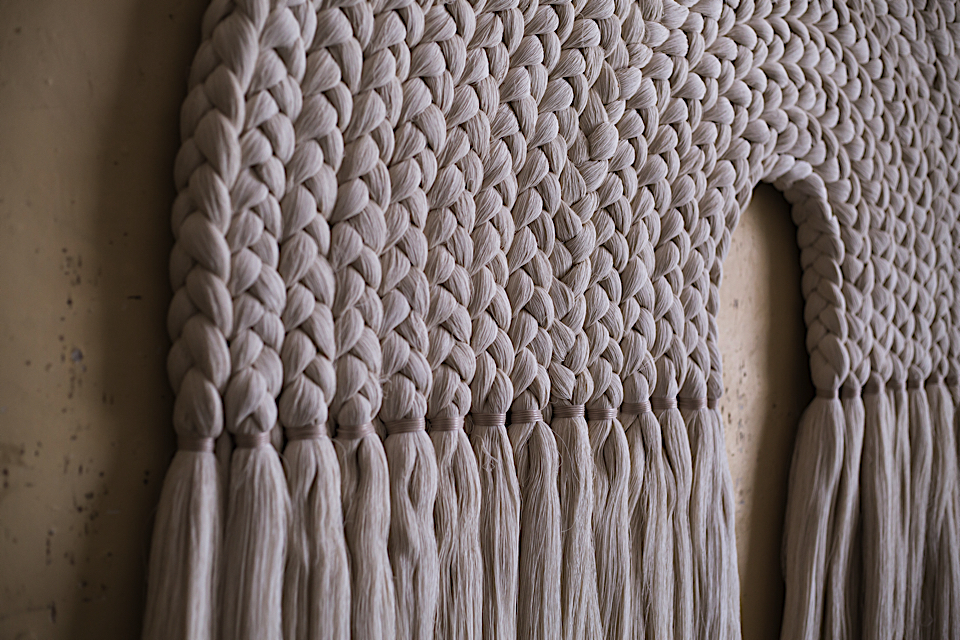
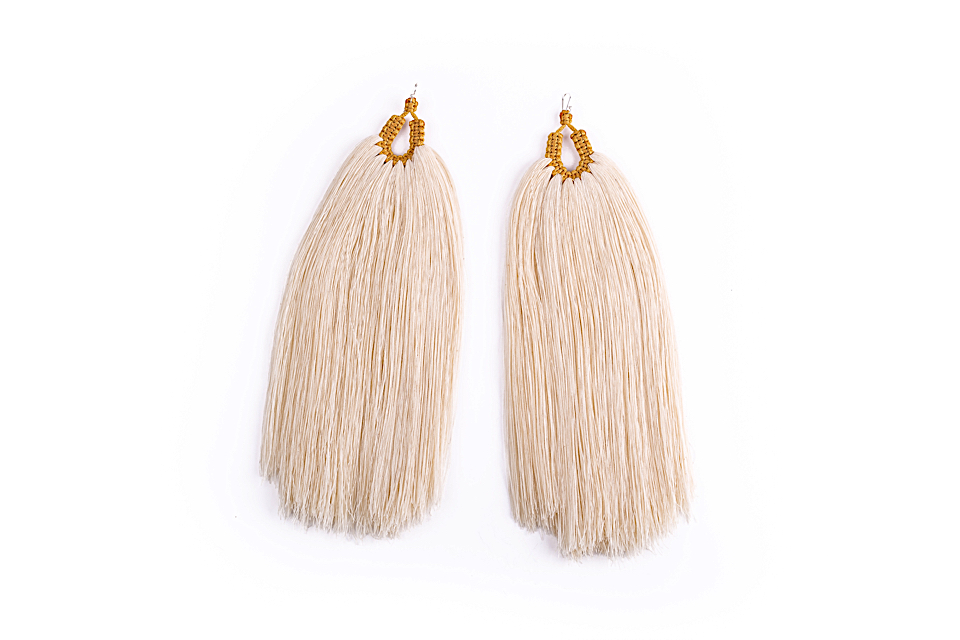
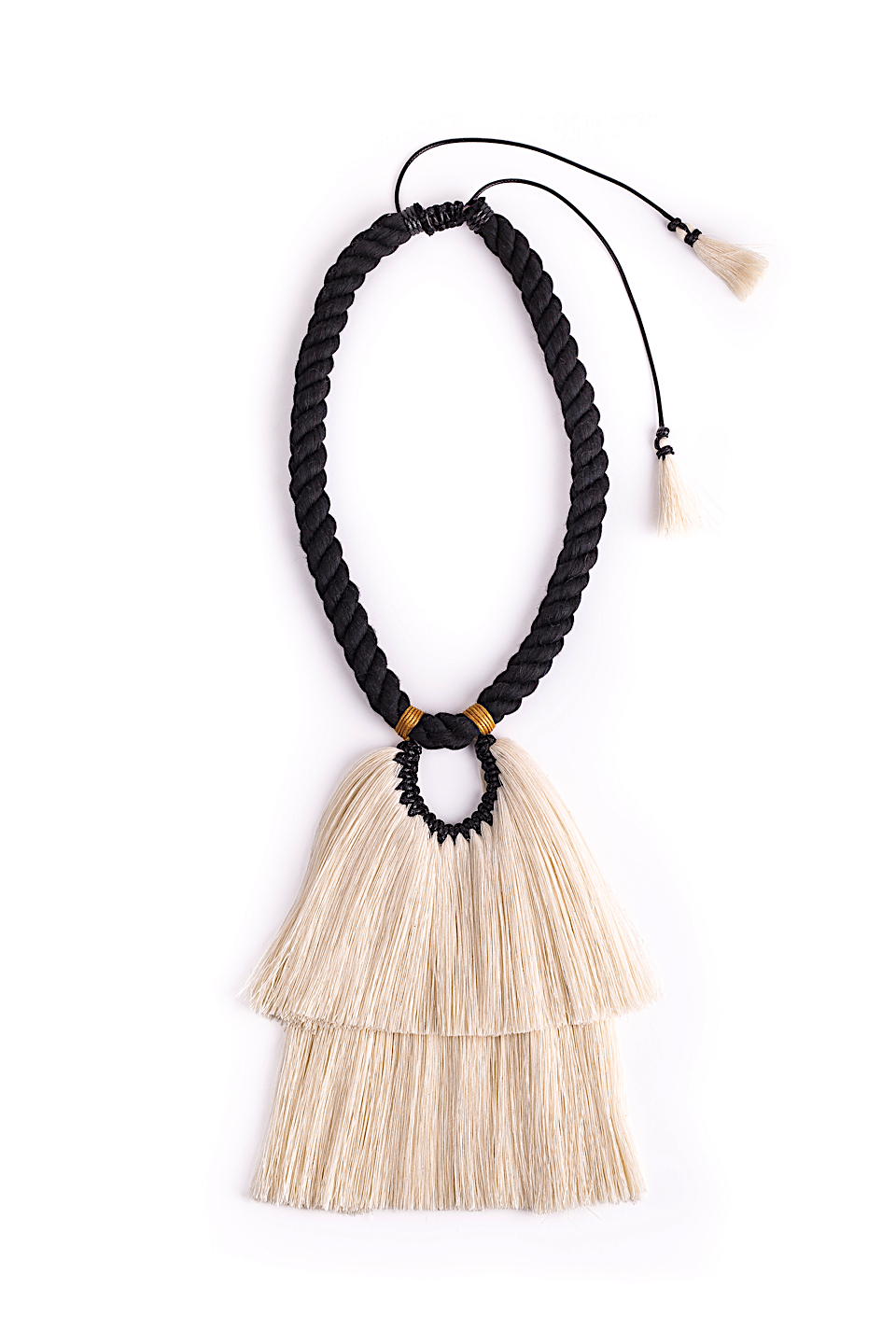
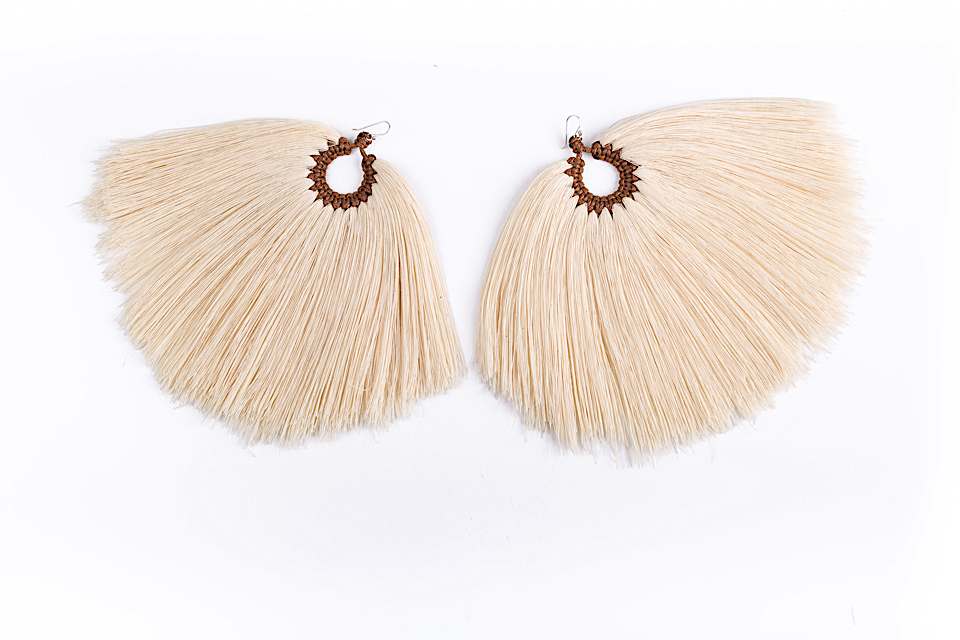
daniel obasi
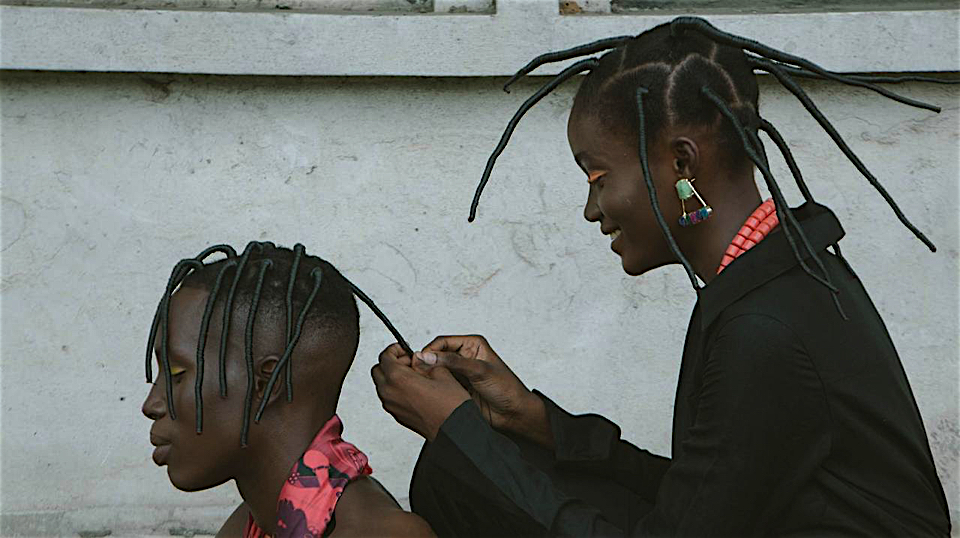
Art director, stylist and recently photographer Daniel Obasi grew up in the eastern part of Nigeria and spent most of his life in Lagos, Nigeria. Shuffling between a fulltime job and his studies, the 23-year-old talent is currently in his final year at the University of Lagos Nigeria.
How did you start your adventure being an artist?
I would say I’m rather a student than an artist, because it all started as a learning experience and it still is. In fact, I had no idea what to do with my life but I did know I had a certain way of looking at things and thinking about them. I remember being an obsessive bookworm when I grew up. Together with some friends I saved money, and during the holidays I ran to the post office to buy a bunch of books. My favourite books were magical, adventurous books, because they bring to me another world and open my imagination.
After a couple of years I got my first holiday job before university as a graphic artist. Here I learned how to use colours without making a mess of their designs. After that, I fell in love with fashion when I was in my first year of University, during an internship at stylist Funmi Fagbemi. She taught me a lot about context and I was intrigued by her androgynous look. I went back to the bookworm in me, explored visual concepts, research and form my vision on society and learn more how to tell my stories better in a beautiful and ethereal way. I became a stylist and art director, whose work has always been quirky, often bent out of shape and offering a new perception on what I think the society could be. I saw how subjects like masculinity, sexuality, politics and personal experiences affect society. Recently, I dove into photography, to help create a stronger and more consistent ideology on my work.
What characterizes your photography?
To me, art should be about emotions. I would like to describe my style as emotional, unconscious and very rich in expressions. There’s beauty in the persons’ mind being absent and present at the same time.
How does your creative process look like?
At first, I get inspiration from God. After that, the streets are the perfect mood board for me, since I’m a very observant person.
Can you tell something about the project “The Illegal Project Part 001”?
Oxosi, a magazine featuring the new African design culture, contracted me to put this project together. The project ‘The Illegal project part 001’ explores sexuality, gender fluidity and non-conformity and is possibly a form of activism. In Nigeria, same-sex acts are criminalized due to the Same-Sex marriage Prohibition Act, signed in 2014. Same-sex marriage, cohabiting relationships or sexual acts are forbidden and people who act on it risk imprisonment, violence or death.
To me this project means freedom, a silent prayer for change. It’s about the ideology I have tried to question especially in an African society and it reminded me of Nina Simon’s words: “What is my role as an artist if not to reflect the times”.
In what way does ‘The Illegal Project part 001’ help the Nigerian LGBTQ community?
It may not have a direct impact, but I really hope it inspires and let the hope for better days stay alive.
Whose work do you admire and why?
The works I mostly admire are the ones from Viviane Sassen, Harley Weir and Solange. When Viviane Sassen followed me on Instagram a few weeks ago, my heart stopped a bit. I’m highly inspired by the forms, structures and effortlessness of Viviane’s work, the exotic and strangeness of Harley weir’s and the colour and ethereal feel that Solange’s work brings to music and fashion.
Are you currently working on a new project?
Yes, we’re going to release a short fashion film from the Illegal project and I’m preparing for an exhibition later this year. Currently, I’m also working on my website where people can order exclusive prints of my work. The website will be launched soon.
What’s your dream?
My dream has always been to make films, to take storytelling beyond the point it is today and to build a conscious truth on African narratives. Furthermore, I think my plans so far already started playing out, but I would love to do a global tour with my work. That would definitely be a dream come true.
Interview by Nine van der Wal
iamdasidy.tumblr.com
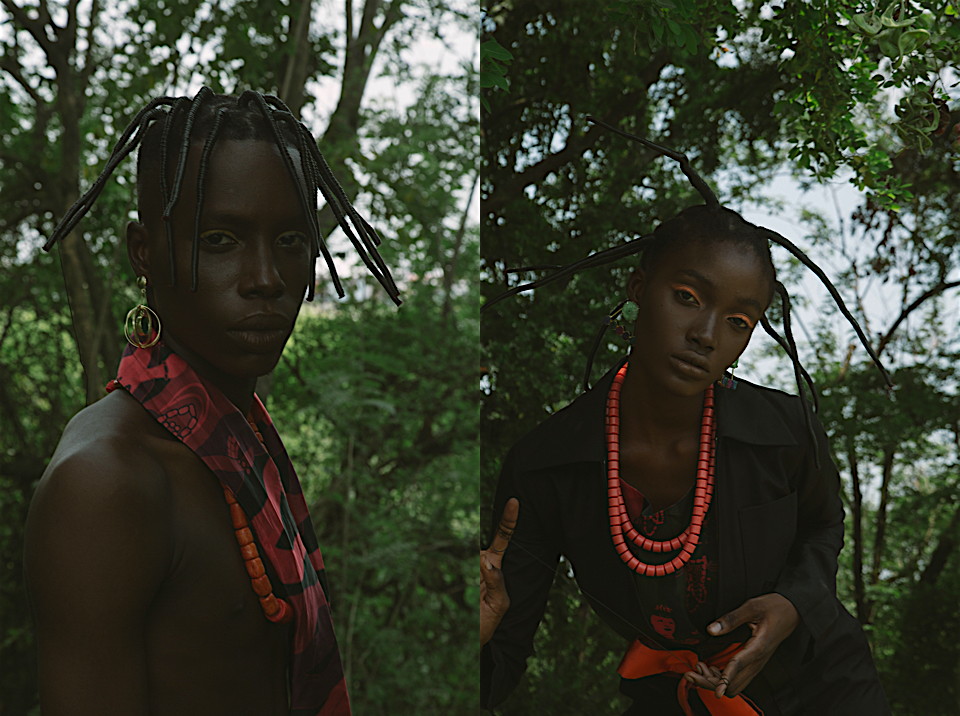
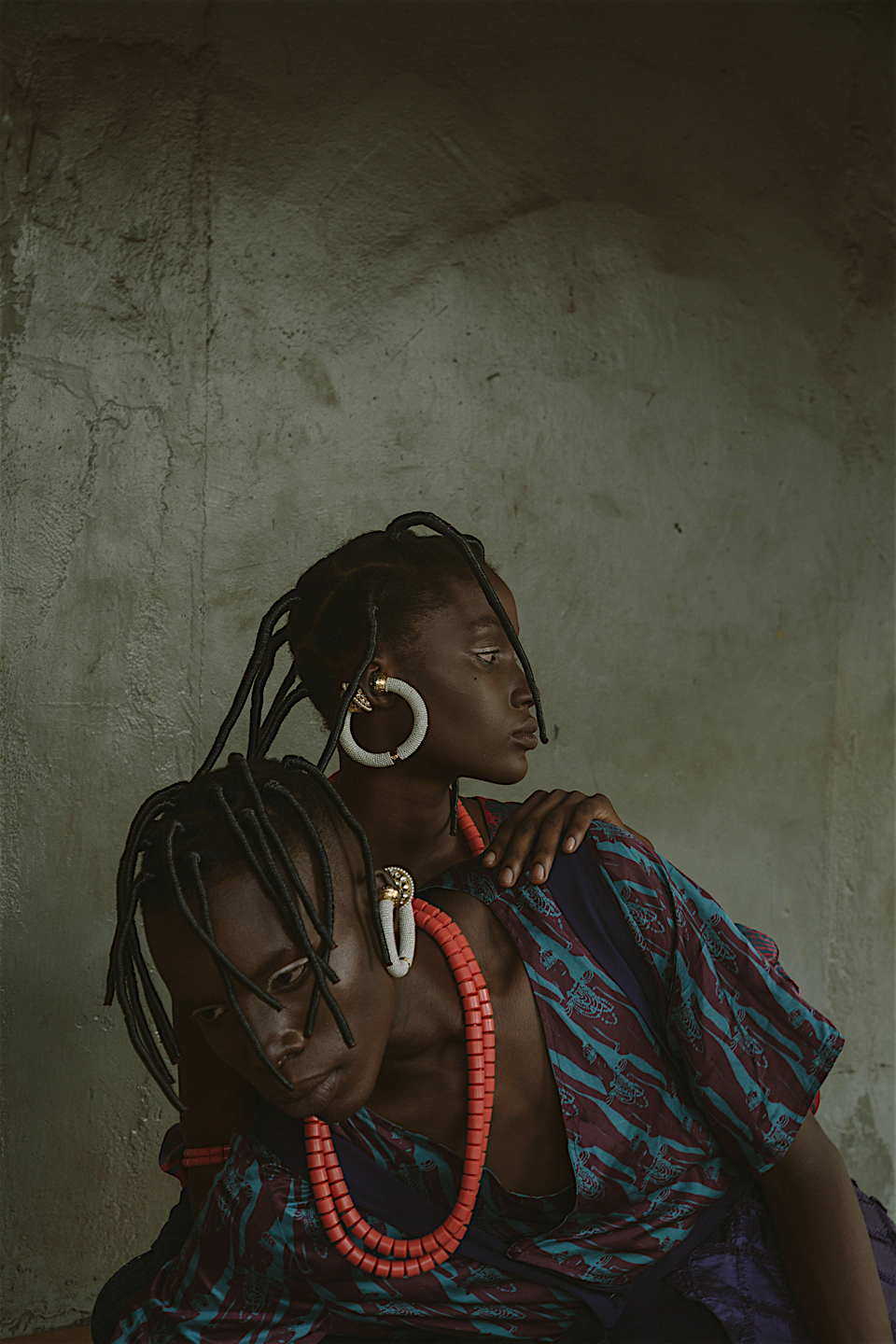
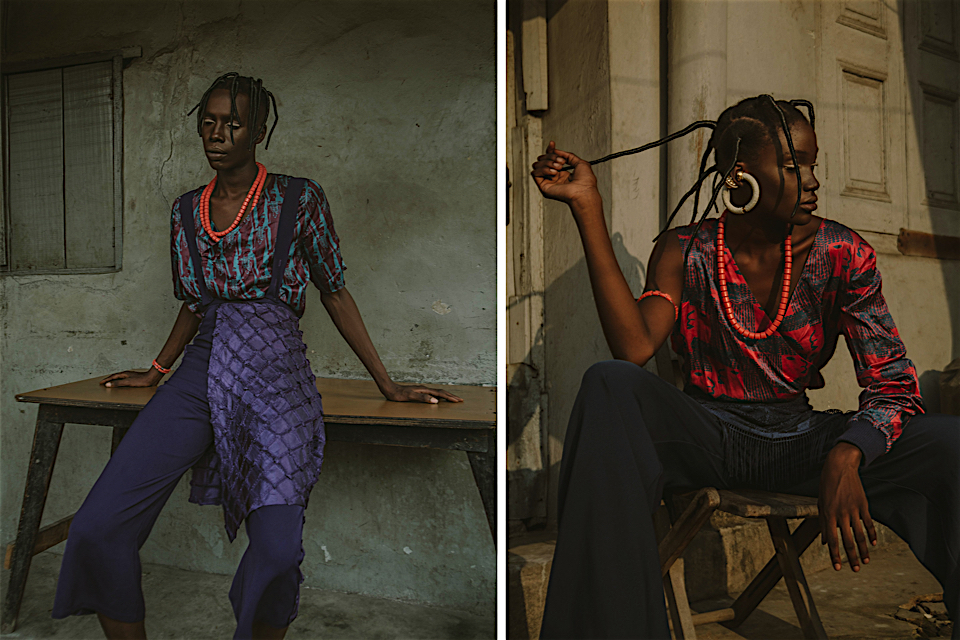
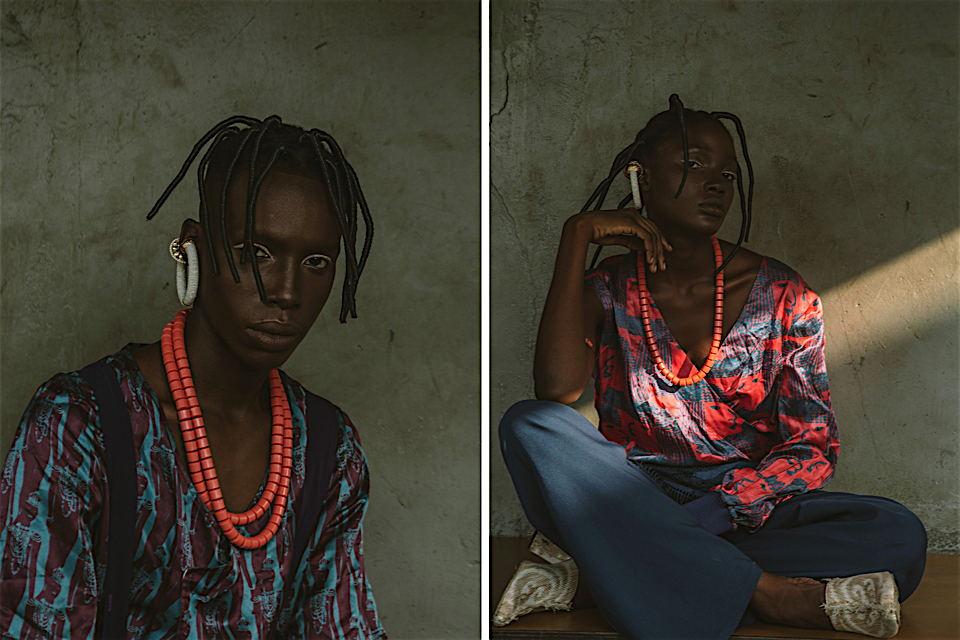
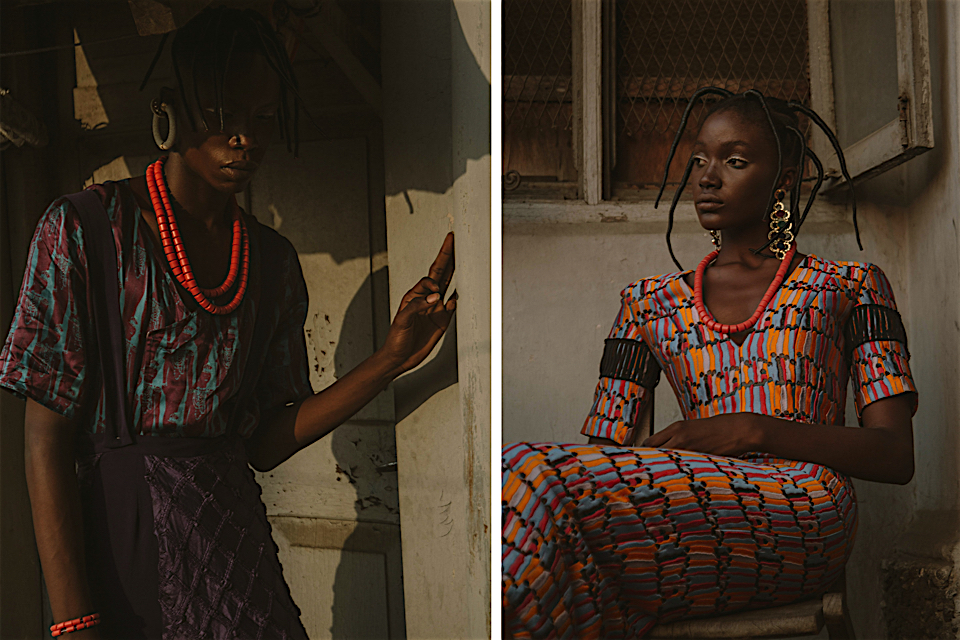
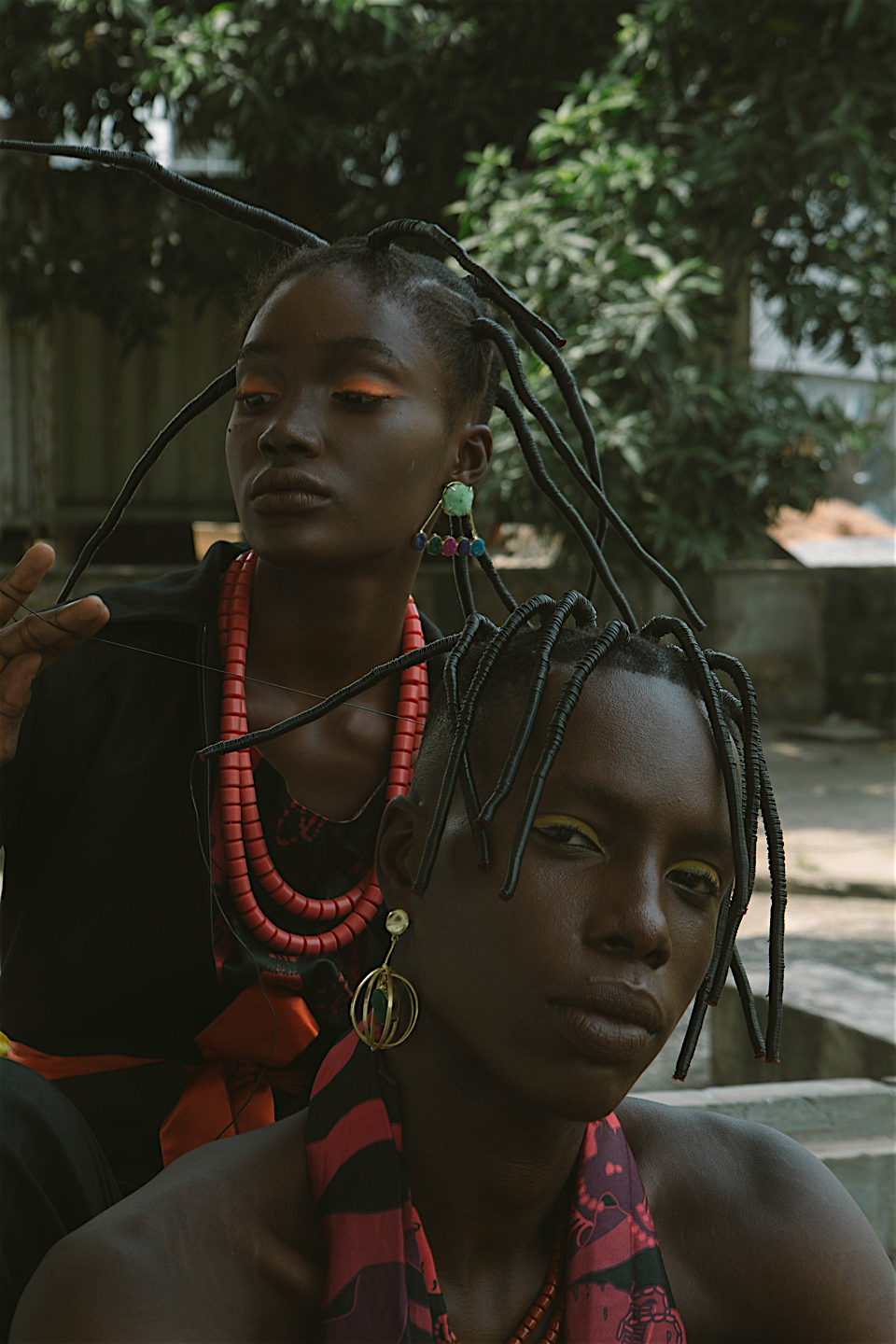
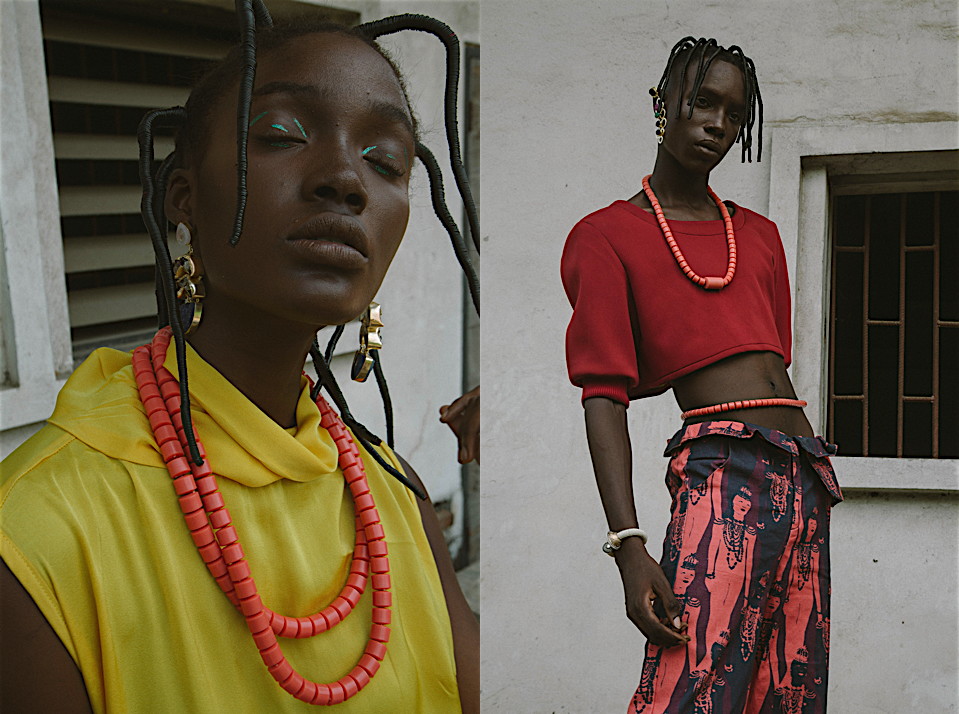
dosa by christina kim
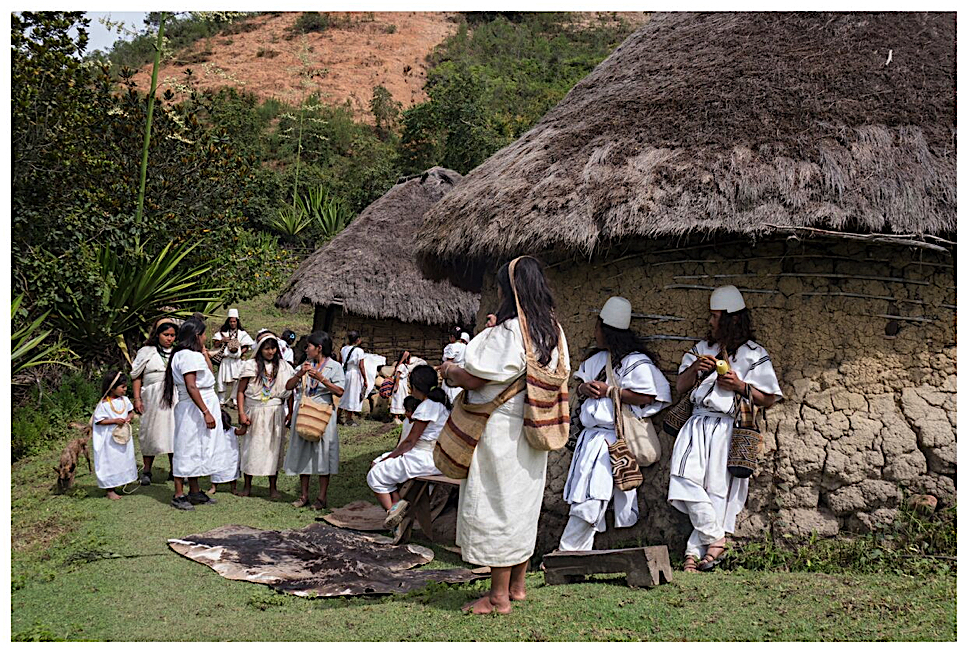
Dosa, Christina Kim’s brand. is a simultaneously gorgeous and sustainable fashion brand, a unique concept rich with the heritage of many artisan partners from around the world whose cultures are treated with respect, empathy and joy. Christina Kim is a thinker and a philosopher of conscious consumption who for more than three decades has researched materials and traditions– always artisan-made.
Her creations are limited editions of precious pieces that tell stories made to last. The journey took her recently to Colombia and more specifically to the Sierra Nevada de Santa Marta, the only snow peaked mountain next to the ocean in the world. It is also the home of various indigenous communities that continue living in the old ways.
The Kogi live on the top of the mountain and are the shamans, then come the Arhuacos and the Kankuamos.
All of them are known for the tutus/mochilas or circular shaped bags made with wool, sisal or cotton following ancestral rituals and meanings.
Christina Kim visited the Kogis and Arhuacos recently and worked with them on a collection of bags that are now sold a her boutique in New York and through her retail clients in Japan. I had the chance to ask Christina a few questions .
Why Colombia?
In 1990 in NYC, I bought a book called, "Tropical Bamboo" and ever since then I have been wanting to go there and see the way handwork is employed on different scales, from functional objects to architecture.
How is your experience having visited Colombia, different from your perception before?
I went there with complete openness to experience what ever came my way. The warm and passionate people and the flora and fauna are just out of this world! Exotic fruits with unusual fragrant tastes.....
How did you discover the tutus (circular shape traditional bags)?
Again, in the early 90's in NYC… I bought a few pieces of geometric designed wool Tutus from a Colombian craft store and sold them at the dosa store in NYC. The customers noticed them right away and we sold them rather quickly.
What is so special about the tutu?
I find the shape to be beautifully sculpted and each is unique using quite a simple technique with minimal tools. I can see and feel the hand of makers as well as the materials used. Sisal, wool and cotton....
How have your clients reacted to this ancestral product?
We presented them as a group of sculptures. The clients just gravitated toward them and we explained the story of the bags with images of Arhuacos and Kogis.
Do you do any design intervention to the tutus?
How can you modify a design that has been tested and used for thousands of years?
Can you share some of your learnings/experiences working with the arhuacos?
It is too early to say specifically but I am very interested in spending more time with them to document and learn the process. Hoping to share this documentation with future generations of Arhuacos and Kogis.
Any plans to work with other techniques or materials in Colombia?
My eyes are wide open!
Christina’s methodology goes for the long run. She always tries to work with a group for a minimum of five years. “Our intent is to help keep different traditions alive and to broaden markets for the goods. To this end the production process is more labor intensive than resource intensive. In this way, we are investing the human hand with more or as much value as the material itself.”
Christina says that working with artisans around the world is a cultural learning experience for her. “First, I see what they do, what traditions or skills they may have and then, I use their skills and resources as a point of departure. As a designer, I bring new ideas and materials to them, but I carefully consider what I bring into their world….Before we begin any project, I consider what the potential impact on the artisan’s own tradition will be. My original intent is to help keep the artisanal community’s traditions alive so I am very careful, almost hesitant to bring materials from outside their culture.”
Christina’s journey in Colombia is just beginning. She is setting a standard for a respectful and sustainable relationship between design and the handmade world.
Marcella Echavarria
@dosaflyingfish
Marcella Echavarria is a Colombian-born, Mexico City based lifestyle specialist. She collaborates with designers and artisans around the world developing links that connect local knowledge with global trends. Her specialty is branding luxury and sustainability in a way that preserves cultures and traditions.
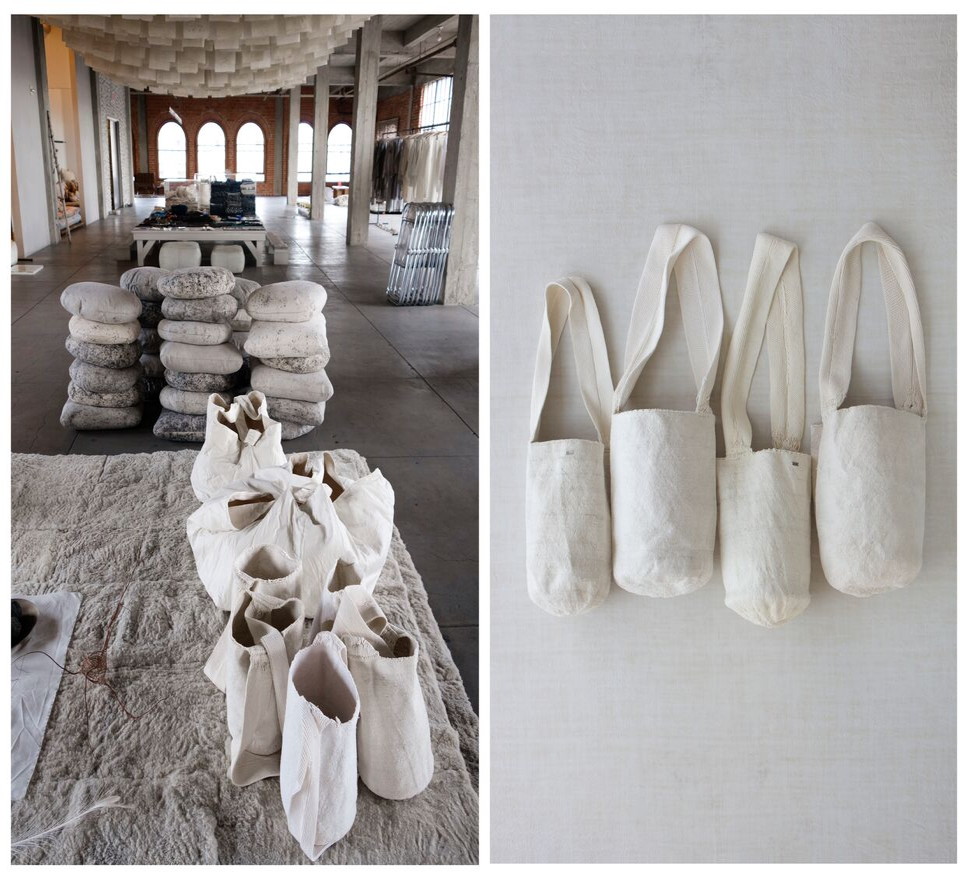
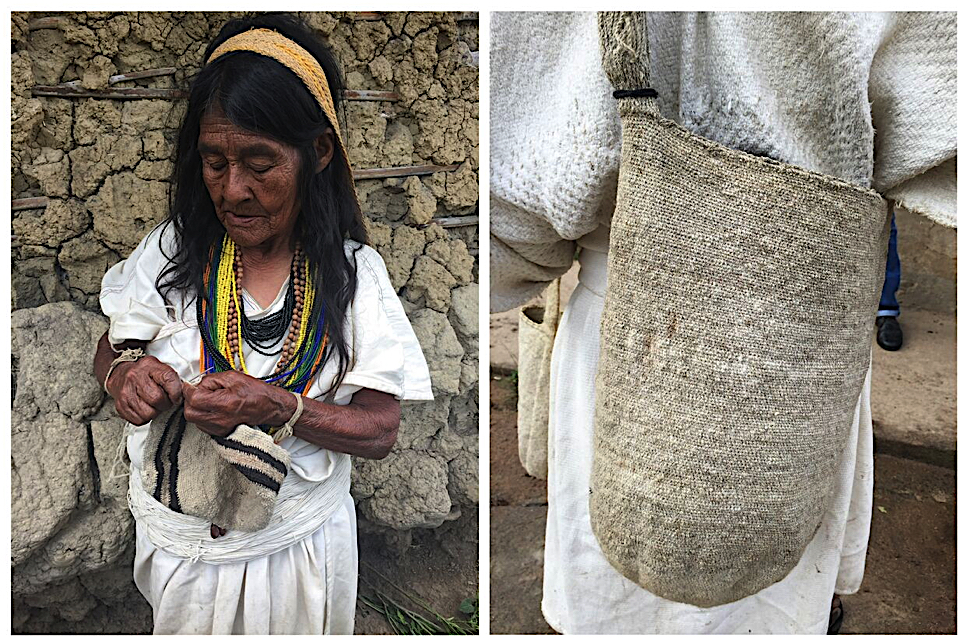
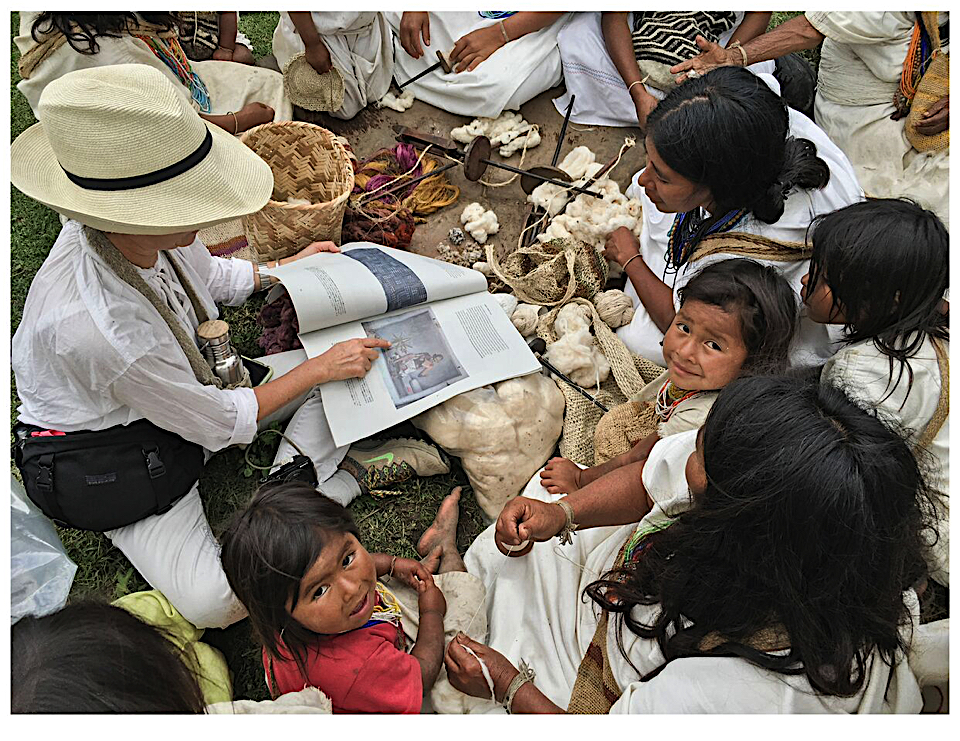
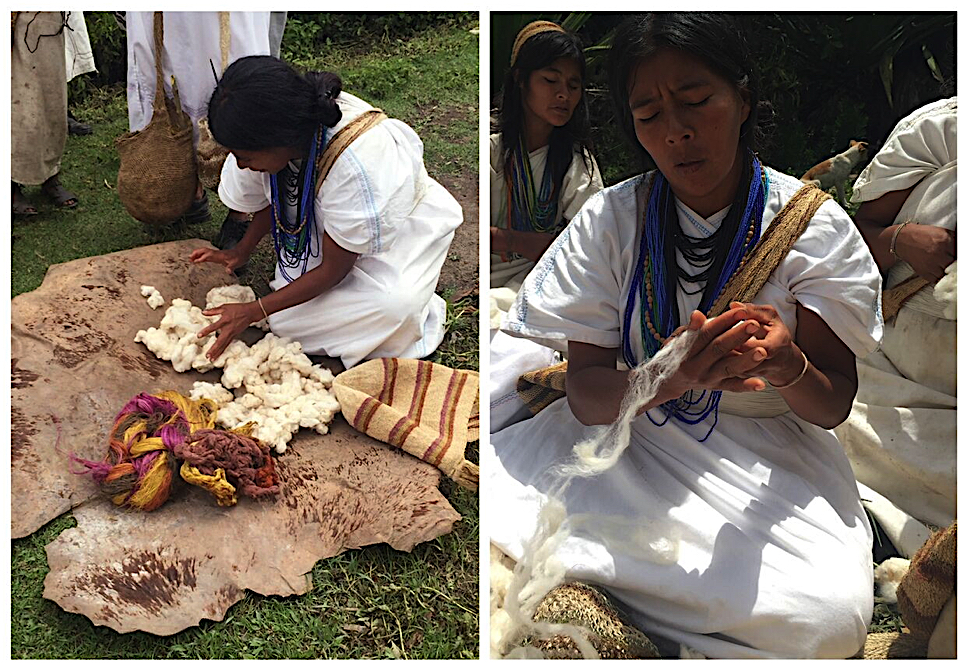
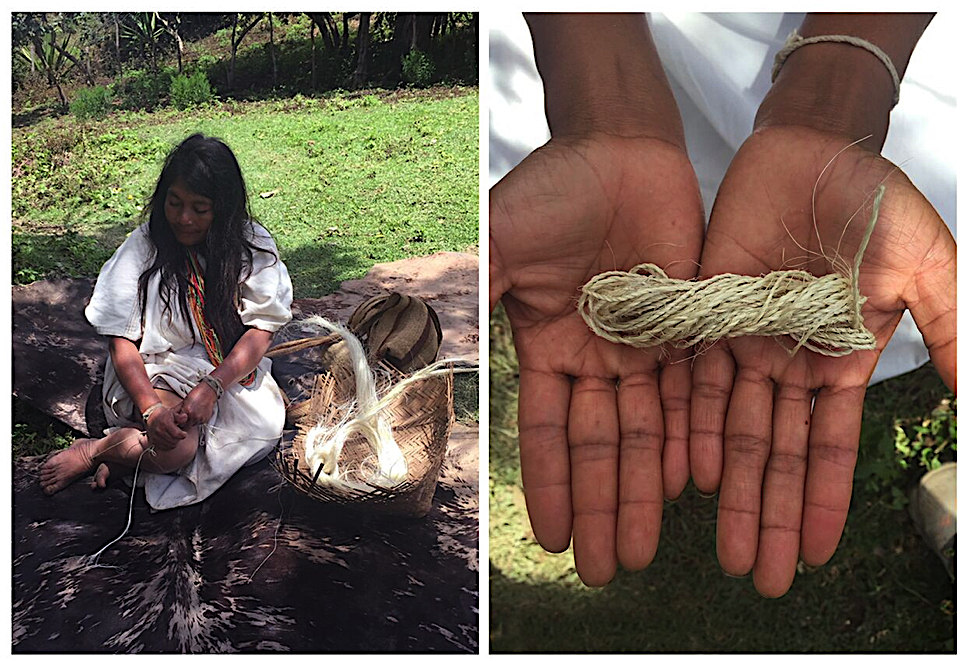
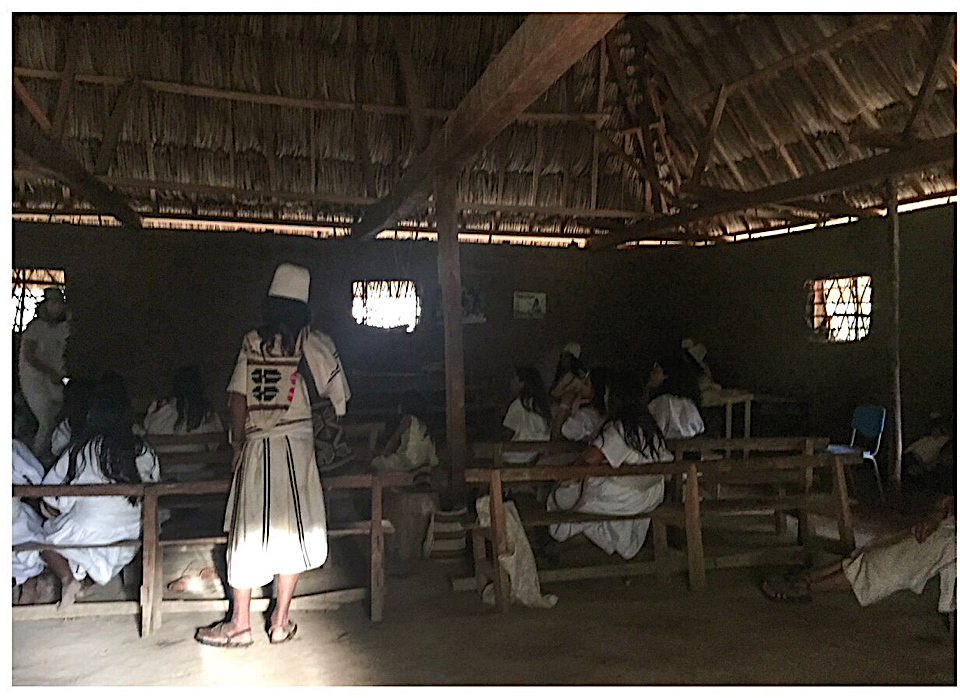
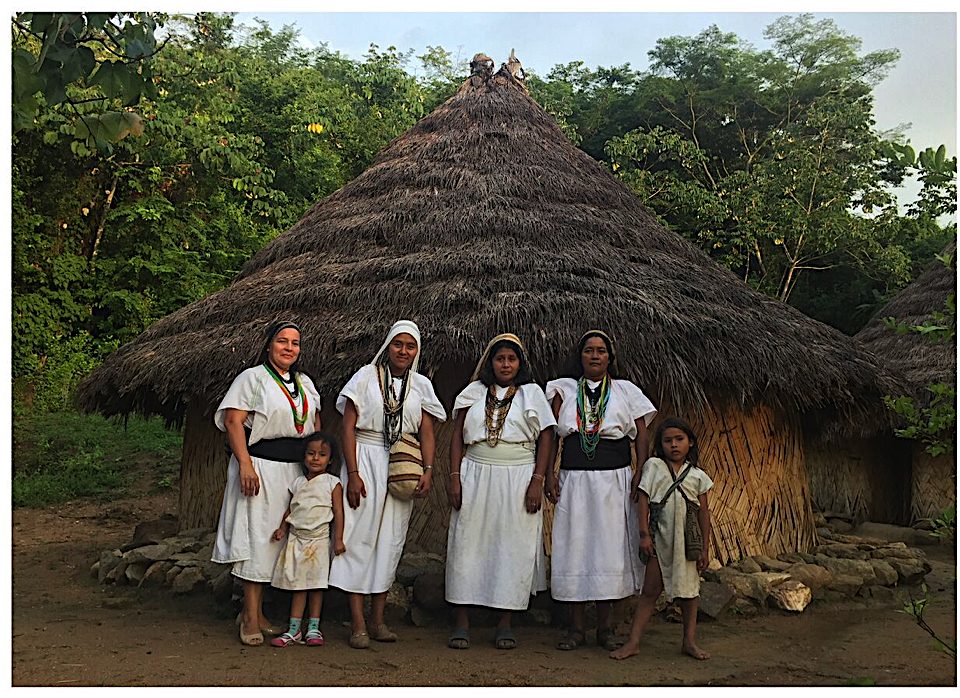
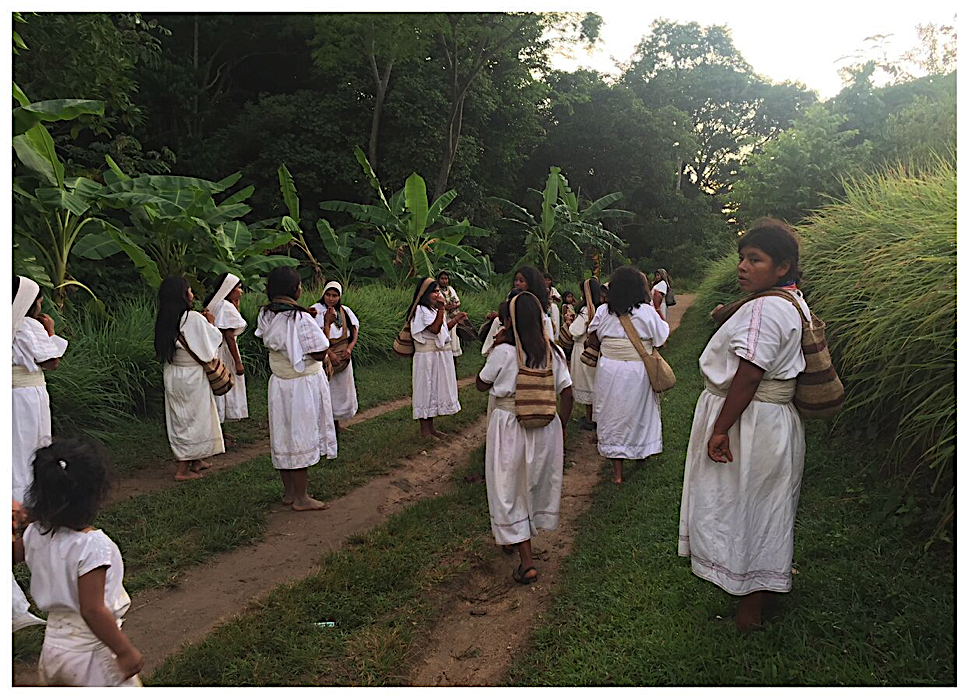
unity is strength
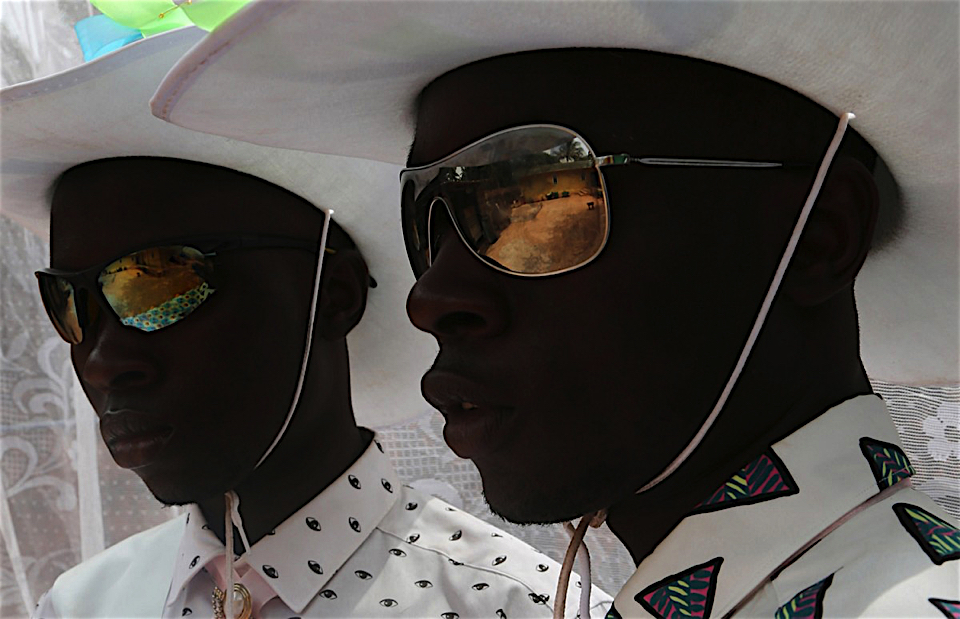
by Ruth Ossai and Anikola Davies
Anikola Davies and photographer Ruth Ossai teamed up with fashion brand KENZO to make a short fashion film, which celebrates Nigeria’s youth. The short film is part of Kenzo’s Folio Project and is made in Nsukka, a town in southeast Nigeria, Enugu state. According to Davies, Ossai’s participation was essential in this project because Ossai’s family comes from Nsukka, home to members of the Igbo ethnic group, and also because “Ruth’s work makes me proud to be African and it’s important to see black women lead the way on documenting our cultures and communities.”
Since the 1970s, KENZO’s spirit is about celebrating the variety of cultures in a global environment. It’s always been equally about fashion as it is about culture and people. The video is a creative and fashionable interpretation of what it means to be young in the society of Nigeria. The video starts with a glimpse of Nigeria’s nature and two boys sitting on a motor inviting us to come with hem. The story continues with girls who are organizing their own beauty pageant to become ‘Miss Nsukka’. We see girls preparing each other’s hair, wearing different outfits and in the end performing their best dance moves. With this story, beauty and perfection are questioned.
Davies says the movie shows “Young black Nigerian bodies by capturing them celebrating Igbo culture and traditions, showing that beauty is always present when there is a commitment to the celebration of culture”. While celebrating the Igbo culture and traditions, they’re all dressed in the spring/summer collection SS17 of the Parisian brand.
All the models were casted in the village itself, around schools, churches and markets in the town. As shortly stated before, the fashion film part of Kenzo’s Folio project and is called Gidi Gidi Bụ Ugwu Eze, meaning ‘Unity is strength’. Davies says: “Your community is your extended family. Our strength is coming from utilising one another and trusting each other’s process”. KENZO folio, visualized in film and photography, was shown in the KENZO flagship store at 31 Bruton Street London from the 27th of April until the 10th of May.
Nine van der Wal
www.kenzo.com
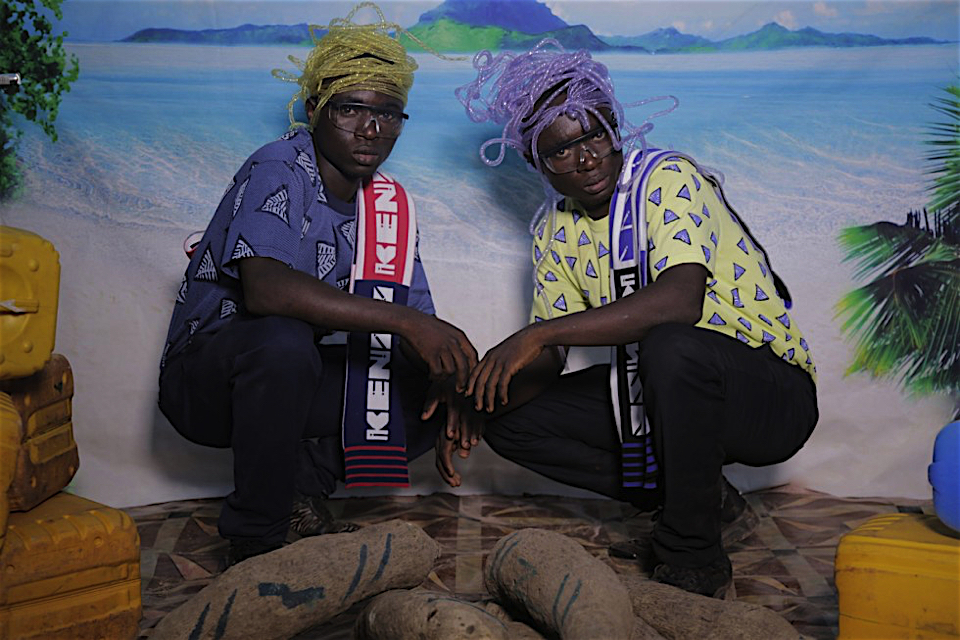
by Ruth Ossai and Anikola Davies
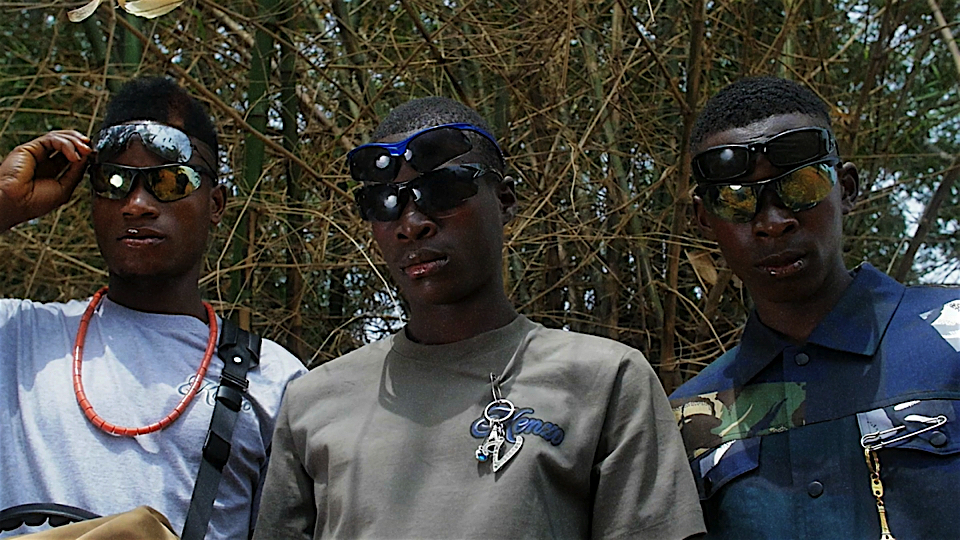
by Ruth Ossai and Anikola Davies
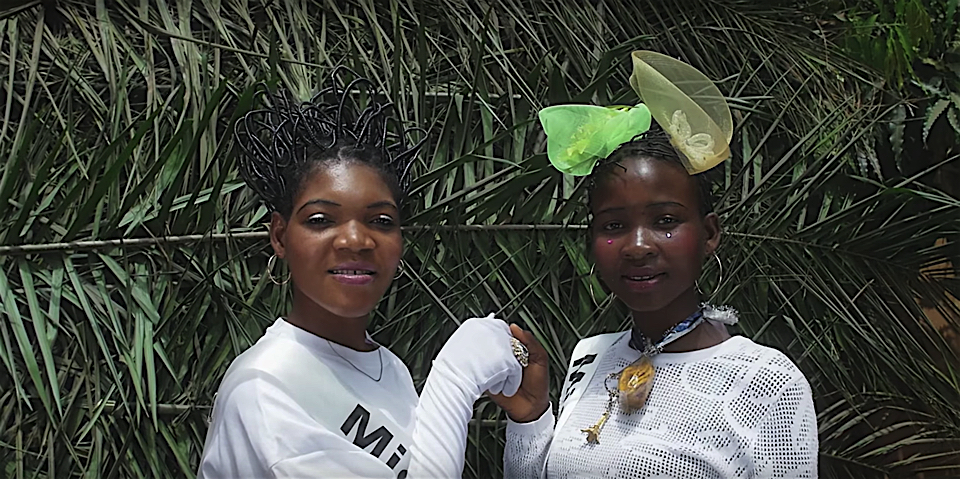
by Ruth Ossai and Anikola Davies
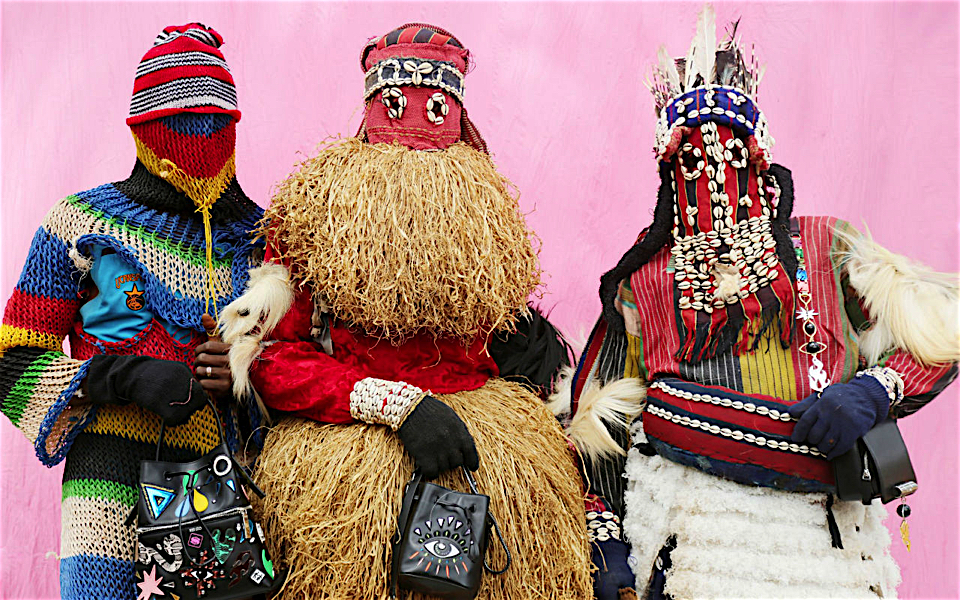
by Ruth Ossai and Anikola Davies
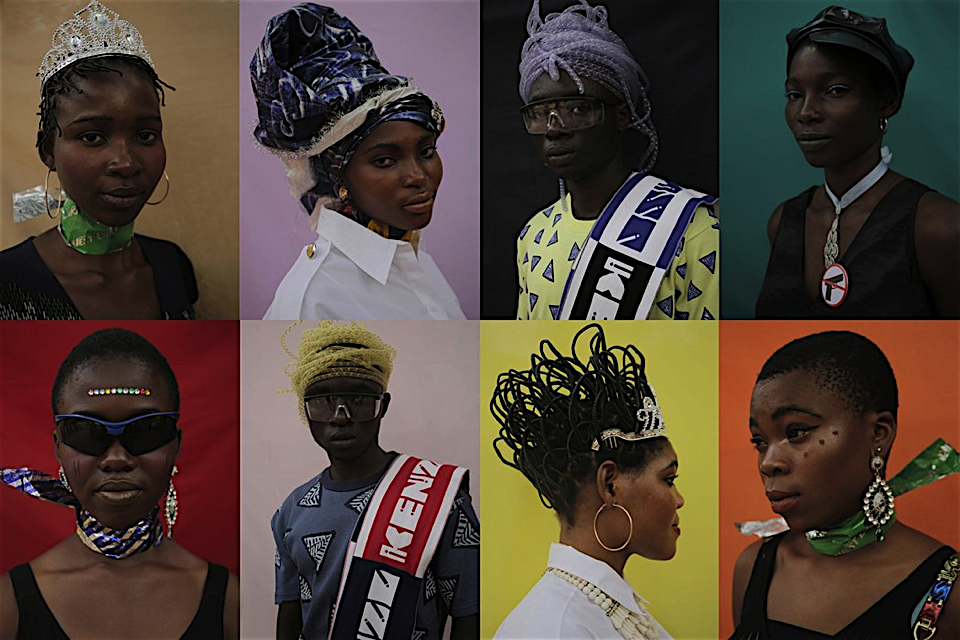
by Ruth Ossai and Anikola Davies
turning trash into textiles
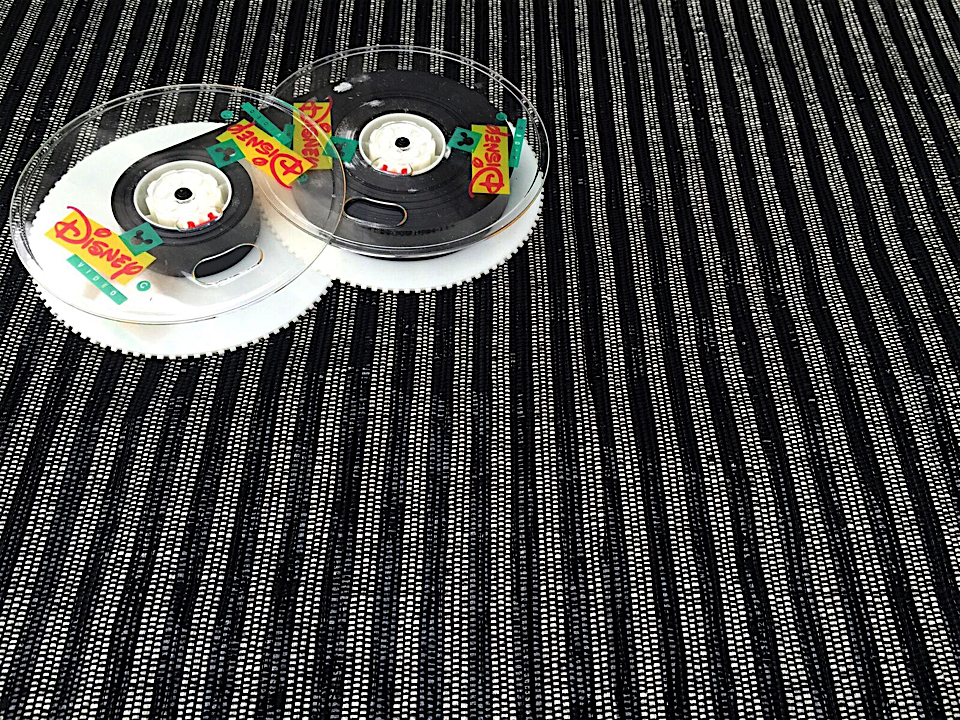
Margarita Cantu lives in San Cristobal de las Casas in Chiapas. “For me San Crsitobal de las Casas is where I can still find living traditions that are unspoiled and completely authentic. Textiles is off course my focus, but I am also very inspired by other crafts such as metal and wood work.”
Her work shows a commitment and a deep understanding of what sustainability is about. “I transform trash into textiles” is her simple way of explaining her work. She collaborates with artisans from Chiapas who are versed in different traditional types of techniques such as back stap loom, pedal or vertical loom. She chose textiles because fabrics are everywhere. “You can see, smell, touch and even hear a textile.”
Her process is very unique and it usually starts by cleaning, sorting and cutting the materials. And by materials, Margarita means old cassette or VHS tapes, scraps of all sorts and specially feathers. These feathers are the remains of the innumerable rural festivals that are part of daily life in México. “I love feathers because they were a key element of the pre-hispanic attire and are still very much present as part of many festivals and celebrations. Feathers are so hard to contain and I love the challenge of confining them in my square installations” affirms Margarita.
Margarita defines upcycling as extending the life of something that already exists.
This can be seen as an environmental contribution, however she goes beyond that and adds the process of transforming them with traditional techniques. This is the cultural preservation aspect of her work. Added to that mix, is a great dose of fearless innovation. The result: art pieces, one of a kind woven stories of a possible society, one that assumes environmental, cultural and ethical responsibilities in the language of art.
Marcella Echavarria
@margaritacantue
Marcella Echavarria is a Colombian-born, Mexico City based lifestyle specialist. She collaborates with designers and artisans around the world developing links that connect local knowledge with global trends. Her specialty is branding luxury and sustainability in a way that preserves cultures and traditions.
marcellaechavarria
Instagram
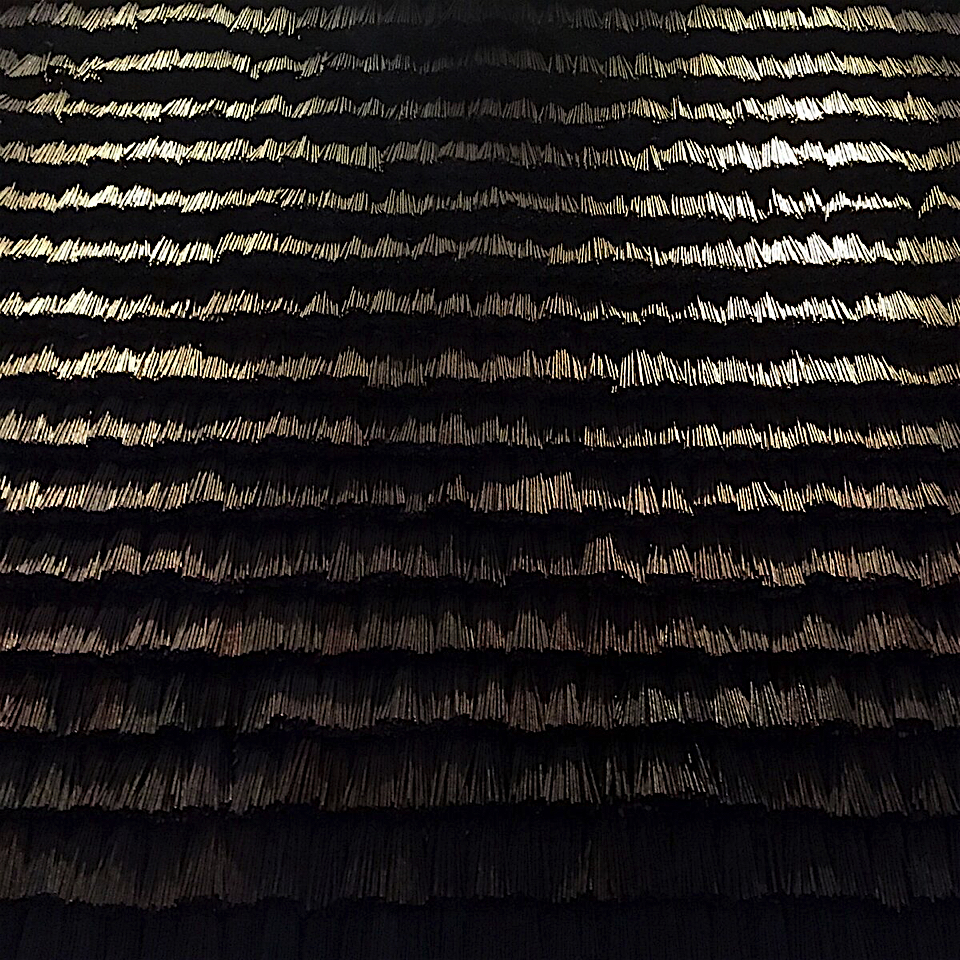
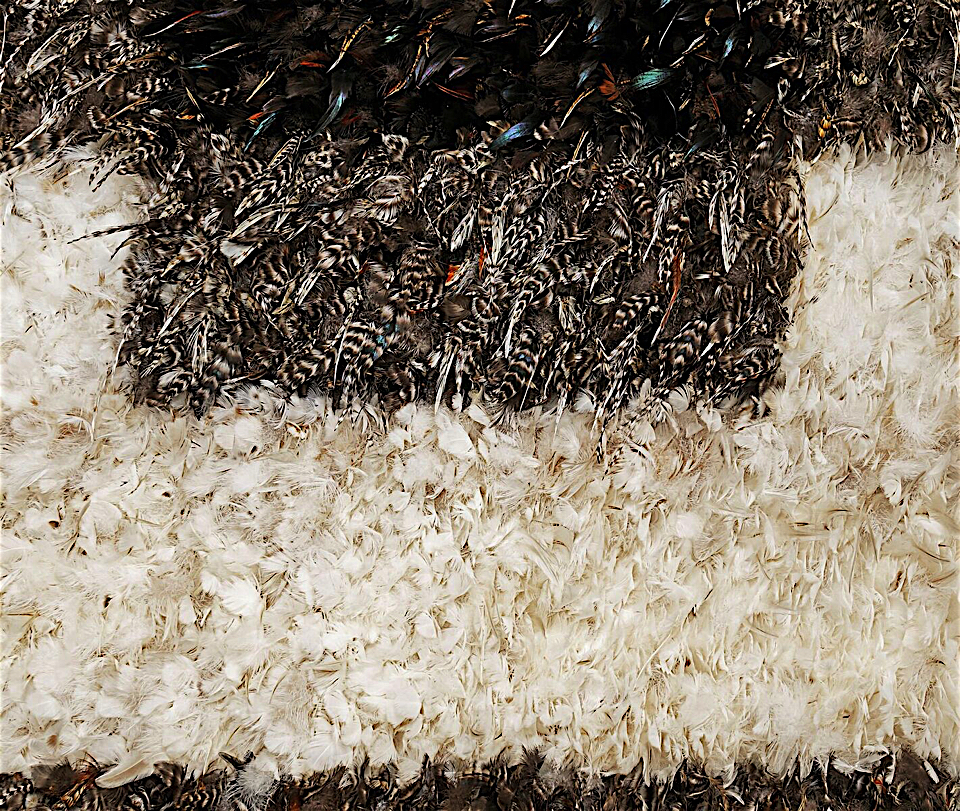
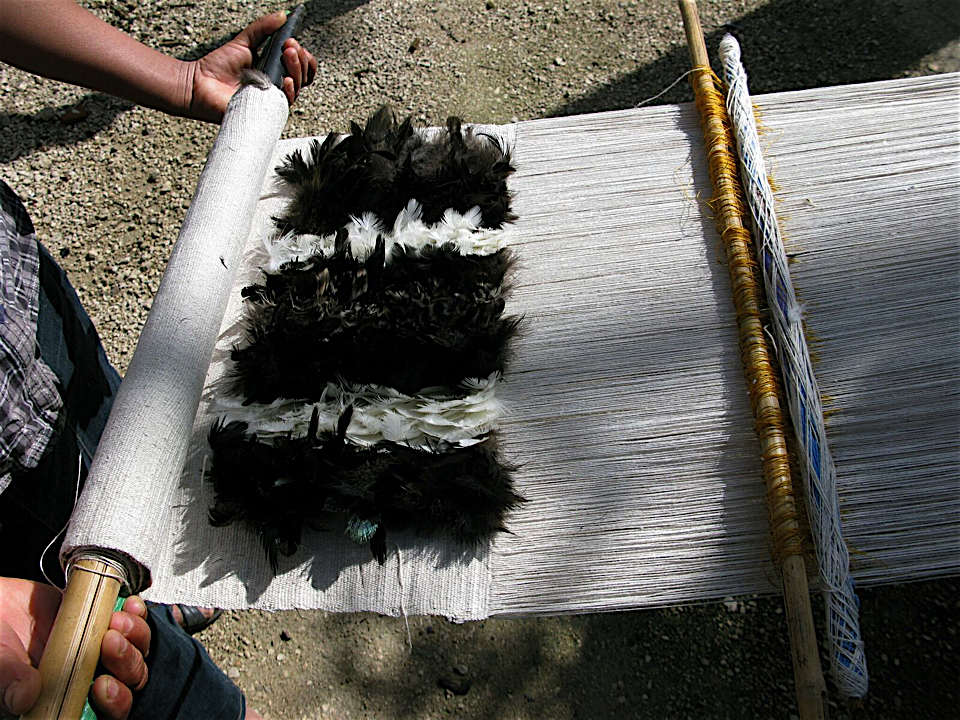

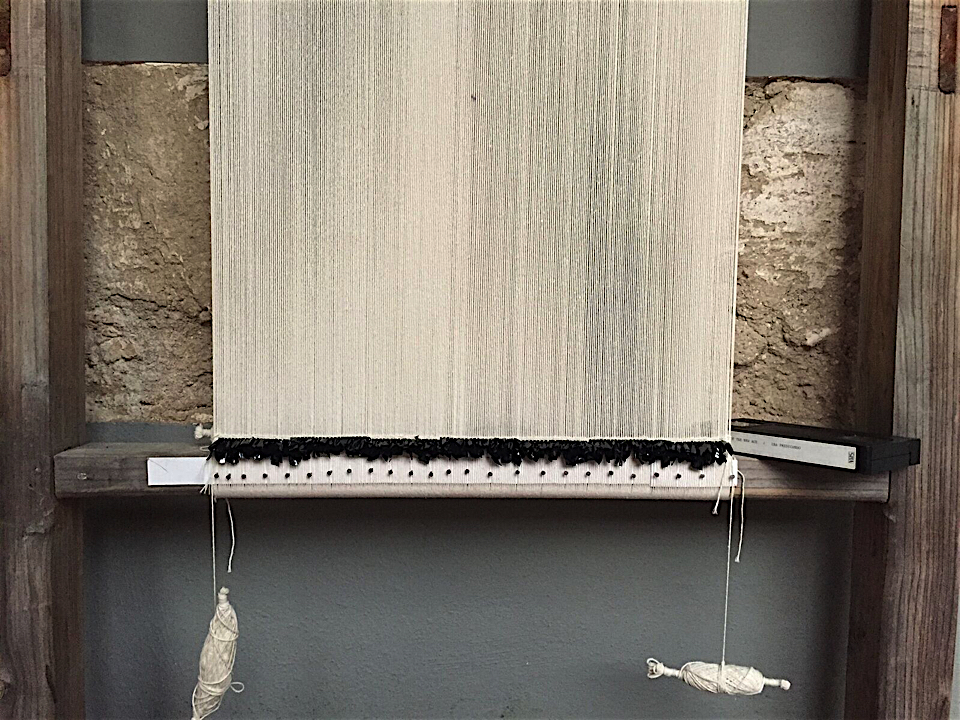

Colectivo 1050º

With 12 years of work in 7 villages around Oaxaca and 60 artisans, Colectivo 1050º is an innovative way of doing social design. For them the word collective means that design is created by the community in a constant conversation between traditional potters, artists and designers. The result is a body of work that responds to today’s world while at the same time carrying 3000 years of clay history and relevance.
Innovando la tradicion and Colectivo 1050º are their ways of joining a conversation that started when they were students: “what is the future of design in the empire of the ephemeral in a consumerist society?”
A graduate of the Design Academy of Eindhoven, Kythzia returned to Mexico to fulfill, along with her husband Diego Mier y Teran, a promise they had made to themselves of walking along the indigenous communities in their struggle to find a legitimate place in today’s world. They created Innovando la Tradición, a research and educational platform for artisans and designers to experiment with clay and challenge their own skills. Within this umbrella, they designed the first hybrid kiln in the world for low temperature ceramics that works with reused oil from local restaurants and gas, to be able to make different glazes, without lead, improve the quality of the product and lower the breakage. Colectivo 1050º is the commercial brand that takes the collections to the world. In fact, they have just supplied 700 pieces to #nomamexico, Rene Redzepi’s Noma Tulum Pop Up which will last 6 weeks starting in April 12. Colectivo 1050º pieces will be the chic framework for the creations of one of the most celebrated chefs in the world.
“Our main challenge is to translate the voice of the artisans so it becomes a project, a product or a service through relationships that are not part of a trend but are a human response to concrete needs. This is why our work is linked to the local context, the symbolism of the culture, the legacy, the current resources and its people. The results are universal and this is because the human aspect will always be the most relevant” affirms Kythzia.
In the world of ceramics, 1050º is the temperature between low and high temperature, the frontier that divides artistic from folk art pieces. Therefore the name Colectivo 1050º is an invitation to a world where tradition and innovation meet. 1050º is also the temperature that allows for lead free pieces, one of their main innovations.
Colectivo 1050º is participating in the making of the new design classics of Mexican ceramics for the XXI century by turning mud into beauty and opening up a relevant conversation where design is the entry point. “We are honored to be part of a tradition “as old as time and yet relevant” to use Rene’s own words about Mexican cousine” affirms Kythzia.
Marcella Echavarria
050grados.com
Marcella Echavarria is a Colombian-born, Mexico City based lifestyle specialist. She collaborates with designers and artisans around the world developing links that connect local knowledge with global trends. Her specialty is branding luxury and sustainability in a way that preserves cultures and traditions.
marcellaechavarria
Instagram
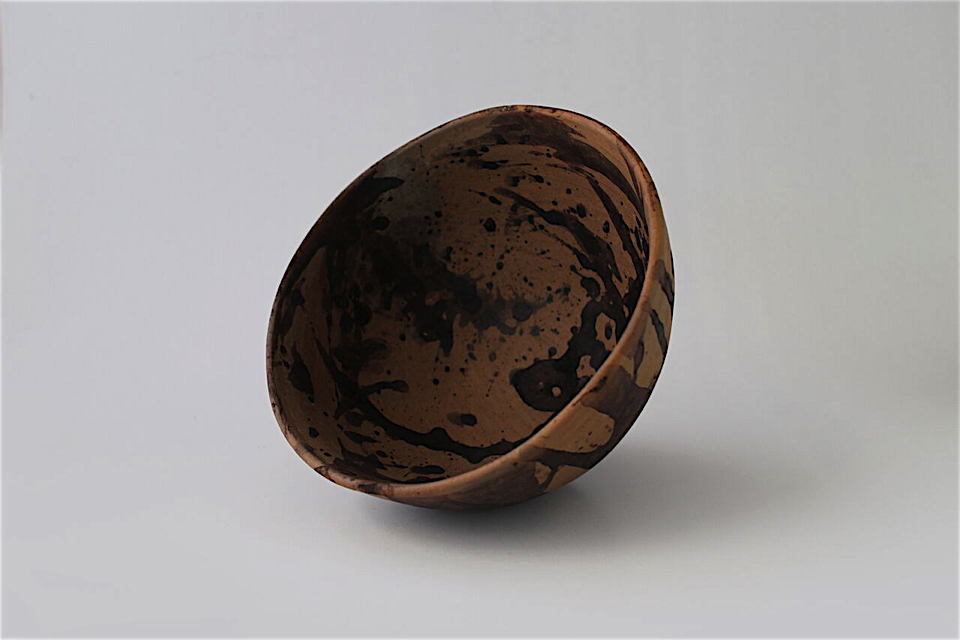


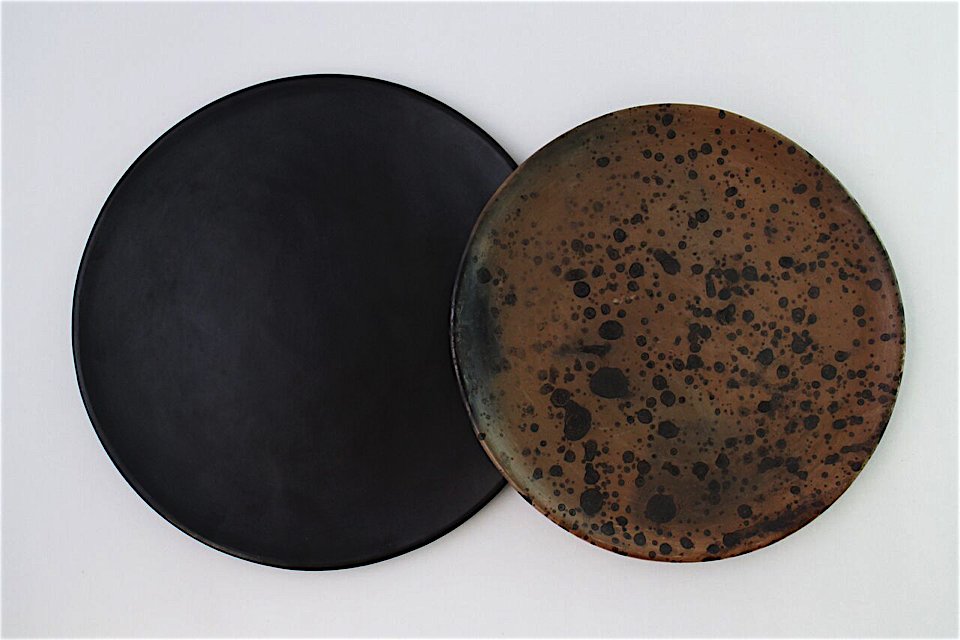


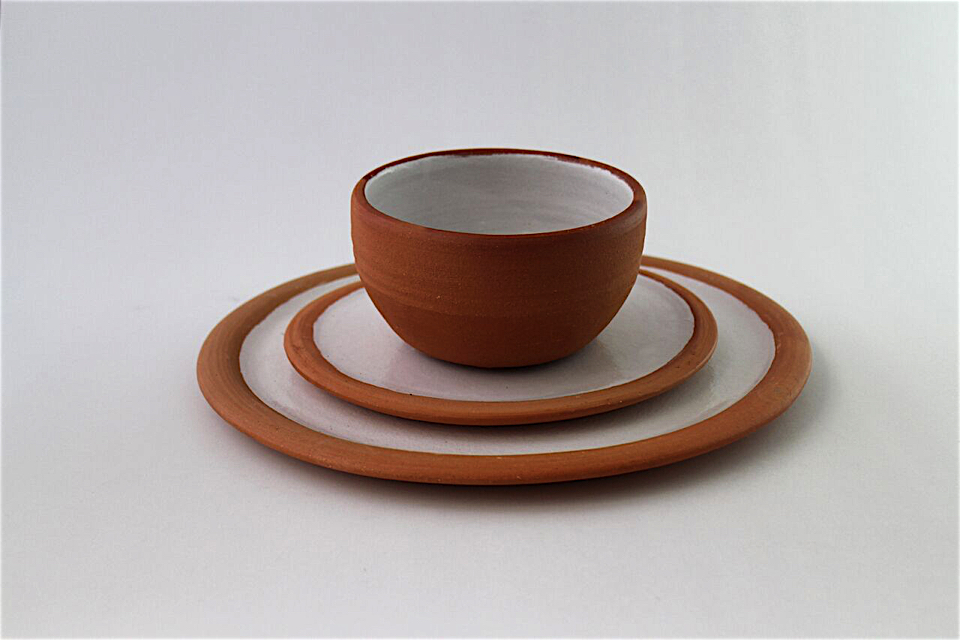
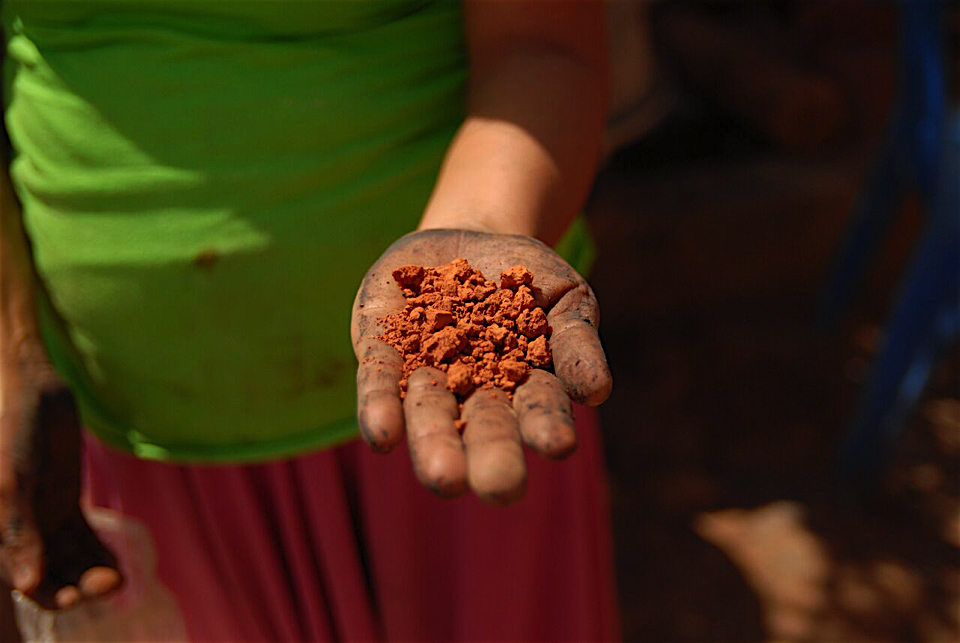
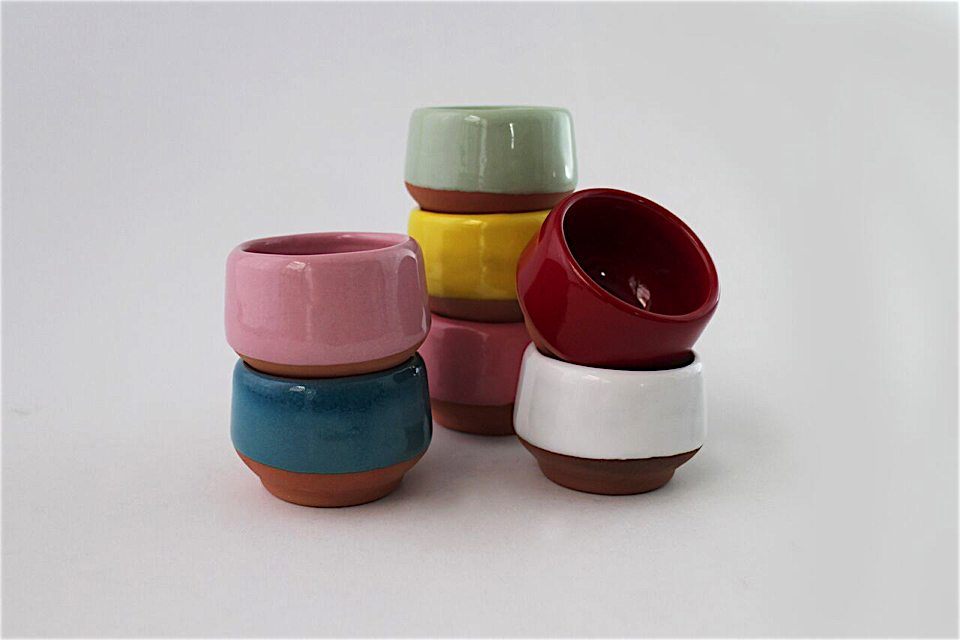
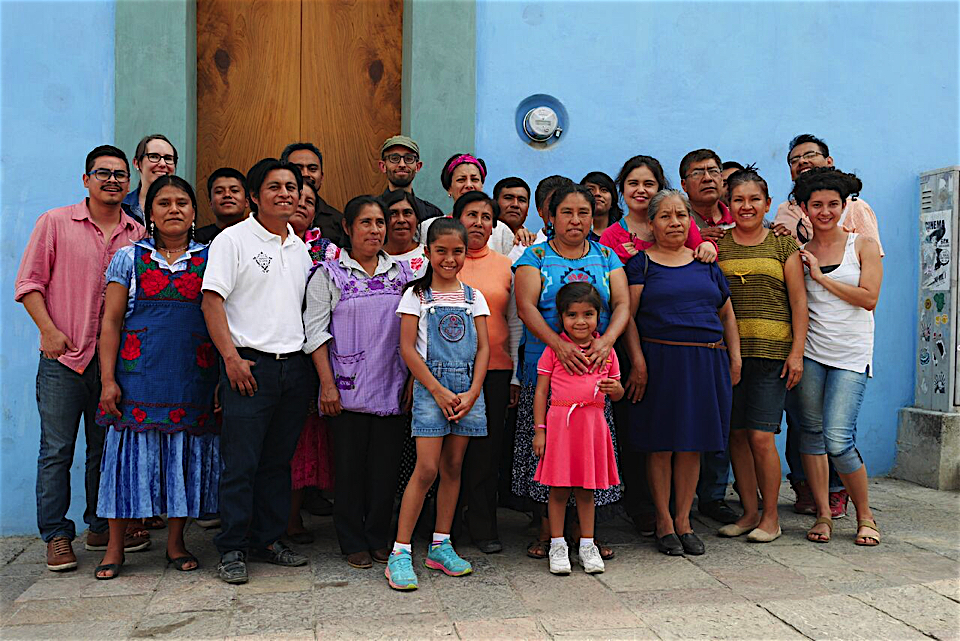
Dakar's Creatives
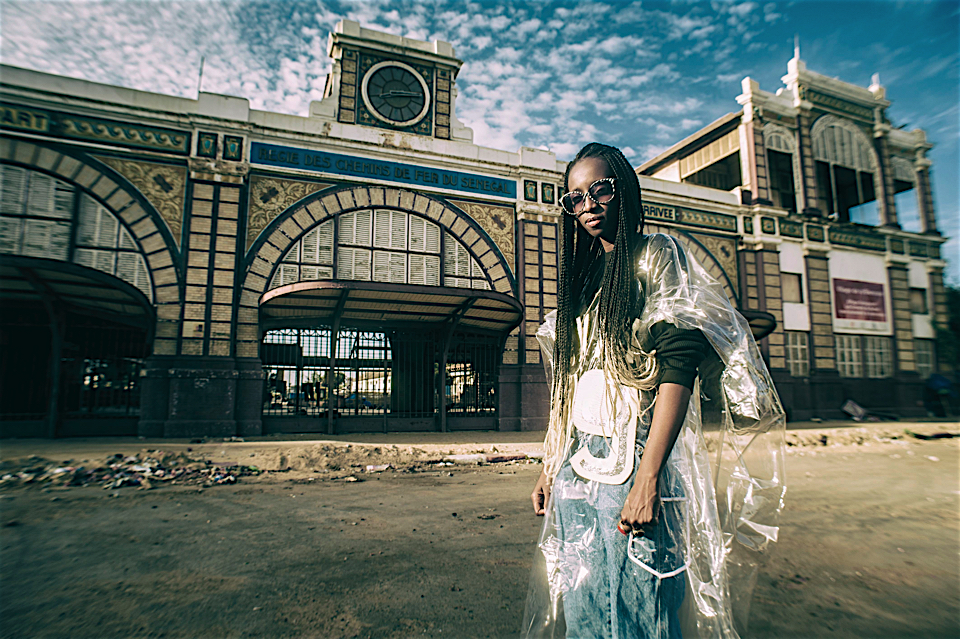
Dakar Creatives by Jean Baptiste Joire: Selly Raby Kane , fashion designer
In his ongoing series Dakar Creatives, Senegalese photographer Jean Baptiste Joire takes pictures of the young creative in Dakar in places where they feel inspired. Fashion designer Selly Raby Kane is captured in front of the old Dakar train station.
“I want people to get surprised when they see the pictures. I want them to ask ‘where is that?’ or maybe just wonder ‘why?’.”
Joire has been a member of the city’s activist creative collective Les Petites Pierres for three years, and many of the characters who appear in this series are also members.
“For this series, I asked to the artists to bring me into a special place for them. A place in the city which provides them energy, relaxation or stimulation,” says Joire, “and it has to be representative of their work. I want them to show me their own Dakar. It could be a bar, a seafront, a room, a train station. I ask them to come as they present themselves as artists, characters. So as you are discovering an artist, you are discovering the city.”
The creative energy of Dakar is what has kept Joire there. Compared to most of its West African neighbours, Senegal is politically stable and has maintained its own cultural traditions since becoming independent. The common language in Senegal is the local Wolof, not a colonial language, and this brings a sense of unity among the people.
Dakar’s artistic scene is evolving fast. The Dak’Art Biennial has been running since 1992 and has given Senegalese artists a well establish (and internationally respected) platform through which they can showcase their work.
Joire also creates music videos, including music video for the producer Ibaaku, whose Afro-hypnotic electro beats have taken him on tour around the world. Joire has taken many incredible portraits of Ibaaku.
Katie de Klee
This post was orginally published on Design Indaba
Jean-Baptiste Joire
Selly Raby Kane
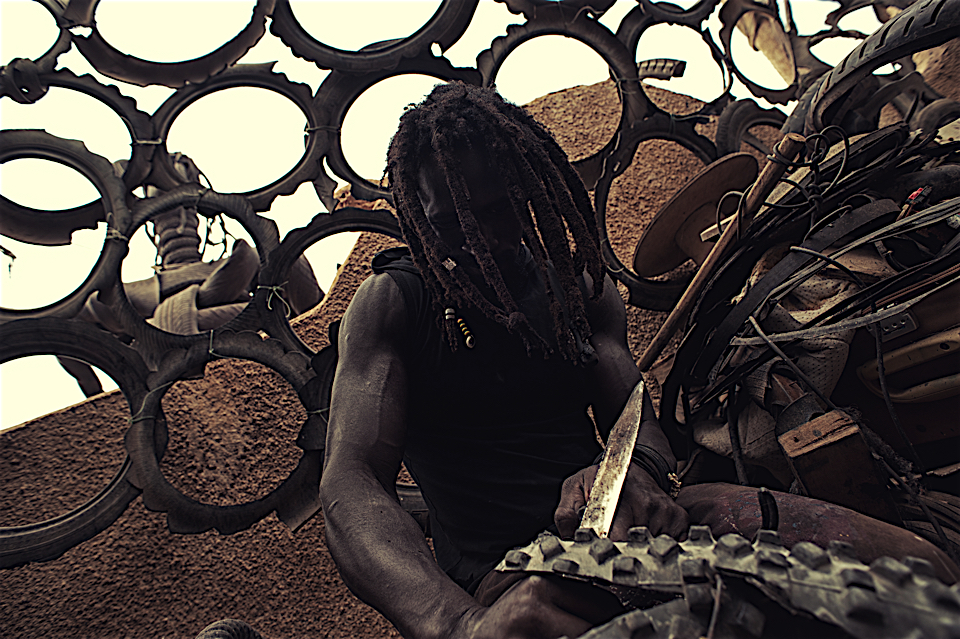
Dakar Creatives by Jean Baptiste Joire : Amadou Fatoumata Ba, sculptor

Dakar Creatives by Jean Baptiste Joire: Khoudia Touré, dancer/performer
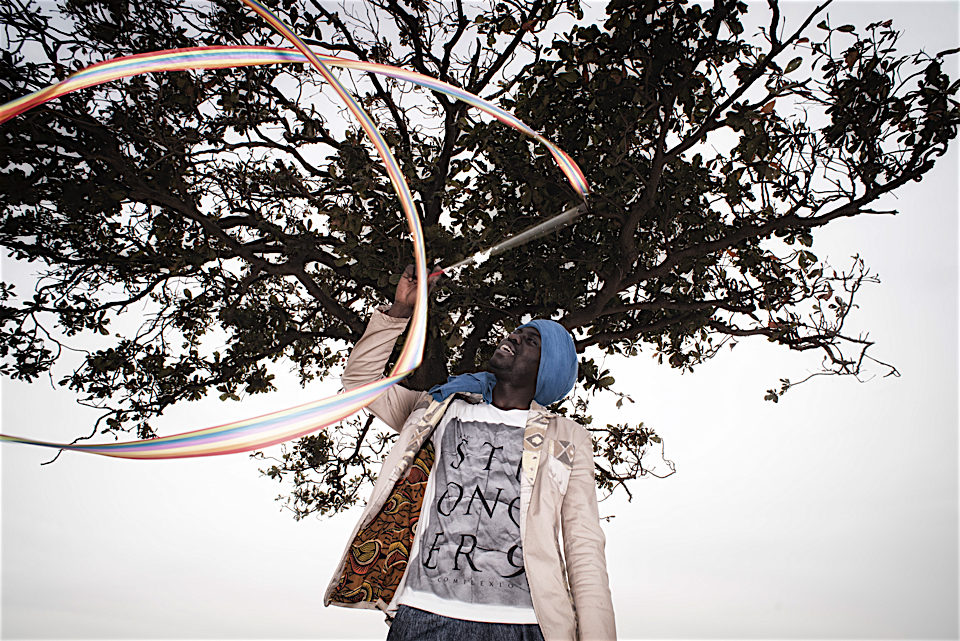
Dakar Creatives by Jean Baptiste Joire: Saliou Sarr, singer
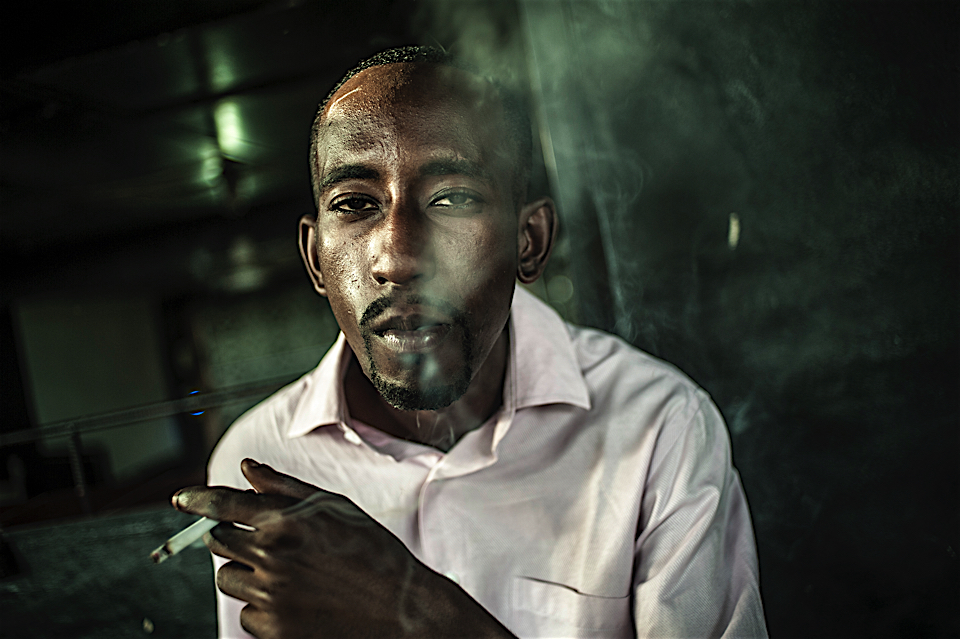
Dakar Creatives by Jean Baptiste Joire: Mamadou Diallo, writer
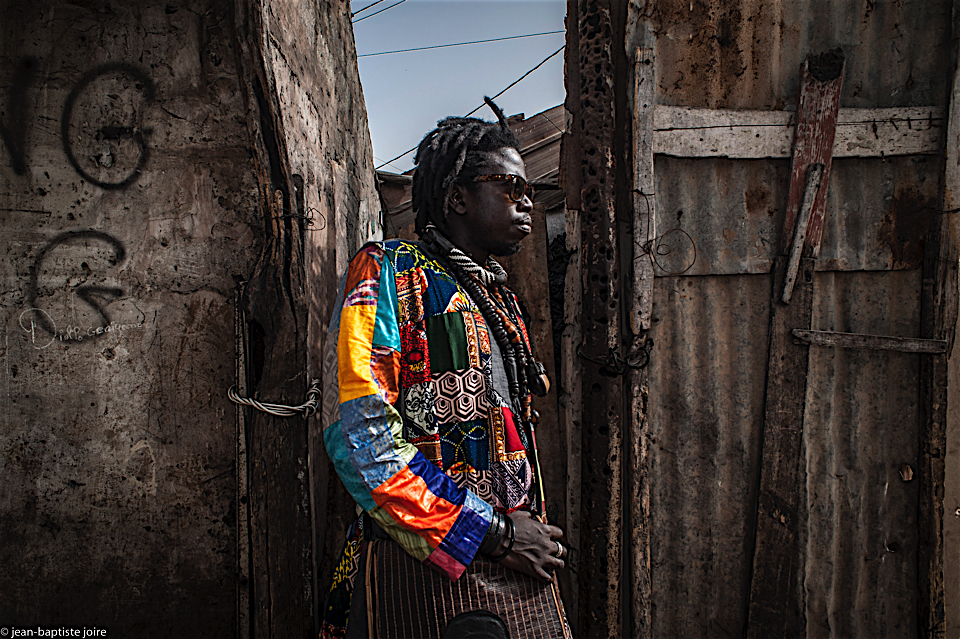
Dakar Creatives by Jean Baptiste Joire: Hubert Sagna, fashion designer
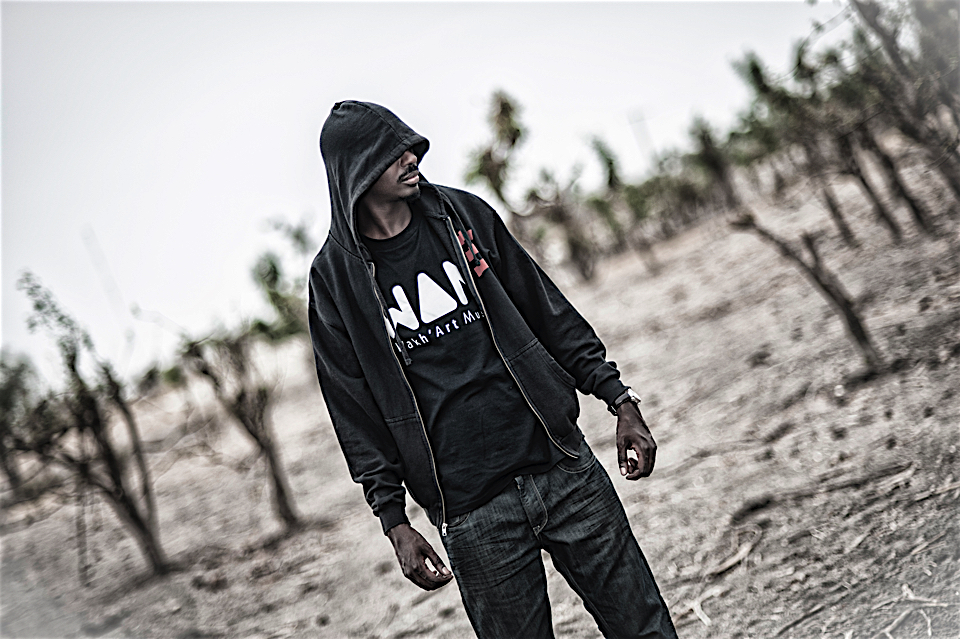
Dakar Creatives by Jean Baptiste Joire: Matar Kane, rapper
at home - australian design
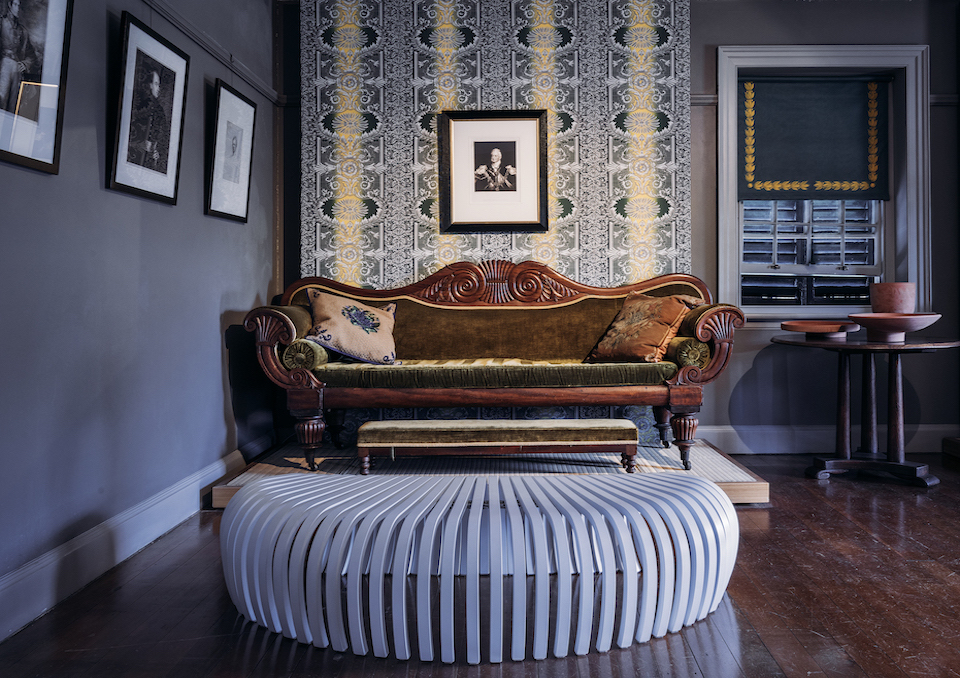
"AT HOME: Modern Australian Design" places over 60 modern pieces from some of Australia’s leading designers amongst an important collection of Late Georgian furniture. The venue, Old Government House in Sydney's Parramatta district, is the oldest surviving public building in Australia and part of the World Heritage Register. It was home to the Governors of New South Wales from the beginnings of the penal colony at the end of the 18th century until the mid 1850’s.
The exhibition curator David Clark is a leading figure in the interior design industry. As Design and Deputy Editor for Belle and as Editor-in-chief of Vogue Living – David gave voice to his particular focus on the idea of ‘Home’. He values texture, technology and the sensual experience of being human, believing in the pursuit of beauty, the importance of curiosity, and the power of design to create a more civilized world.
“AT HOME is a rare opportunity to place contemporary objects in one of the most historic interiors in Australia”, says David. “It allows for a fascinating juxtaposition of domestic lives across centuries.
In the meagre and brutal beginnings of a penal colony the Governors and their families approximated, as best they could, some semblance of civilisation in an alien place at the far reaches of the world. In Old Government House we can feel their ghosts. This exhibition adds another spirit to the place with the creativity and optimism of 21st century Australian designers and their works. It asks us to look at domestic life then and now, to look at furniture types and styles and how they’ve disappeared or morphed. More subtly it asks us to look at aesthetic ideas of Australia, both then and now.
"AT HOME" is on show at Old Government House until January 22nd, 2017
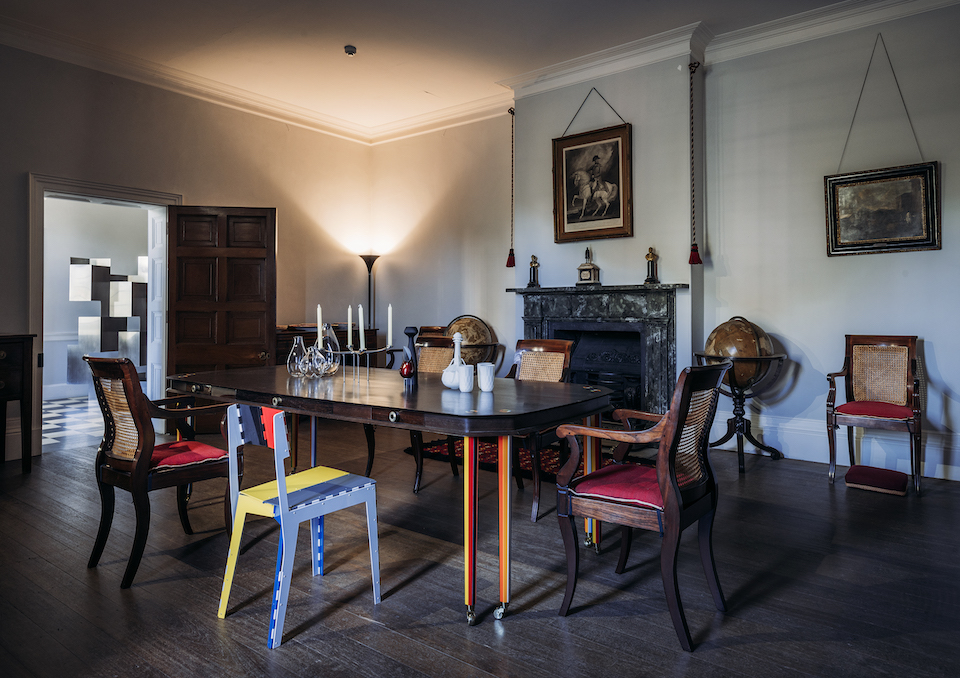
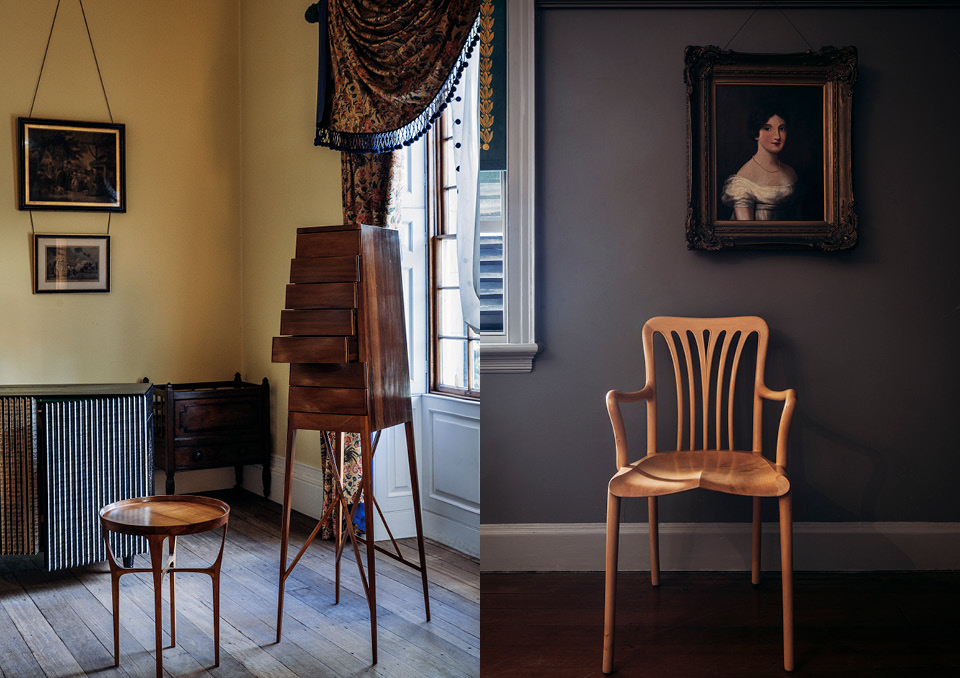
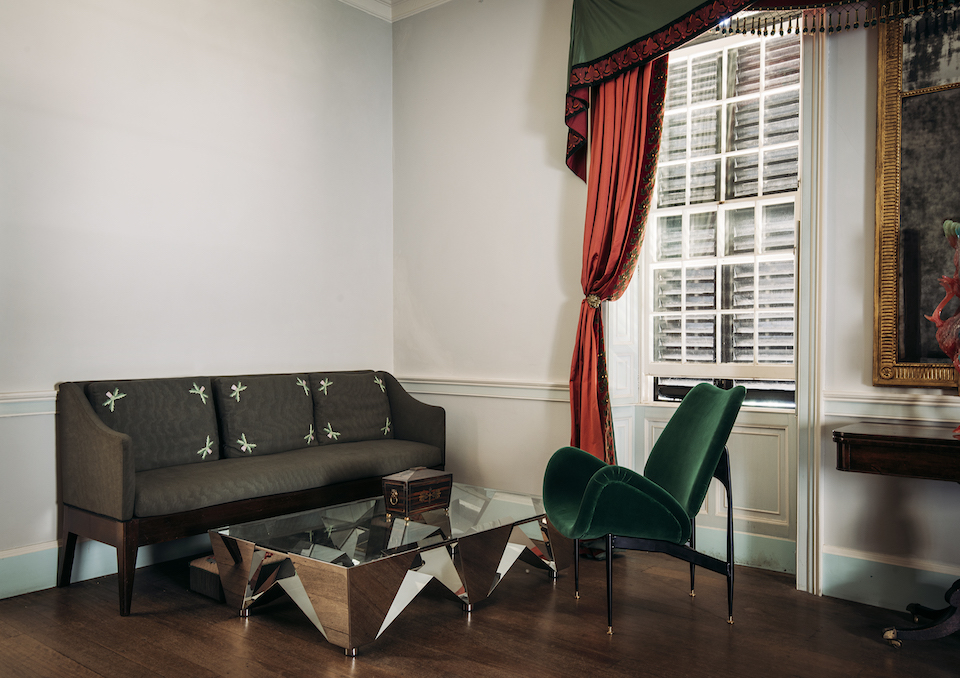
- The original Georgian table in the dining room is replaced by the Broached Colonial Birdsmouth Table by Adam Goodrum with his folding Stitch Chair by Cappellini and a selection of contemporary objects on top. The name of the table refers to the birdsmouth mast and references an important tool of the colonial empire, i.e. maritime carpentry. The legs of the table are constructed in the same way but are made from marblo in colours used in maritime signal flags.
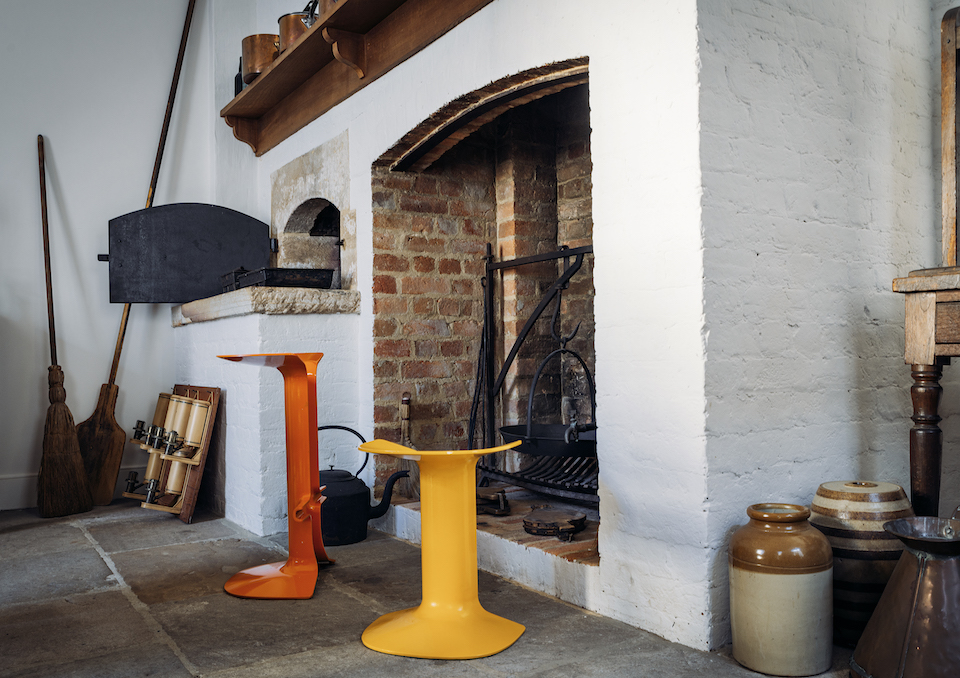 In the kitchen, Charles Wilson’s Serif Stools attend to the large cooking hearth.
In the kitchen, Charles Wilson’s Serif Stools attend to the large cooking hearth.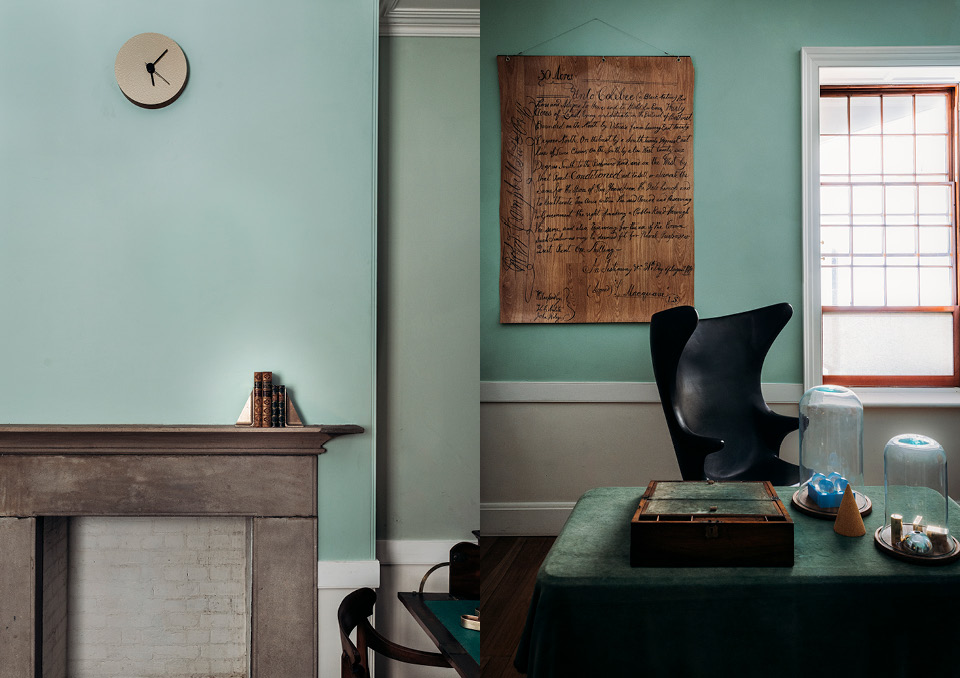 In the Governors office, a wall clock by Daniel Emma sits above a pair of Fin bookends made in cast bronze by Henry Wilson. At the desk, alongside Governor Macqaurie’s writing box is a selection of desktop objects by Daniel Emma. The Carbon Wingback Chair by Sarah King is made entirely from carbon fibre. On the wall above is an artwork by Joan Ross, an artist who works with colonial themes. On kitchen linoleum she has hand-written a facsimile of the first land grant by Governor Macquarie to an aboriginal person in 1819 and is a comment on the retrospective absurdity of granting land to the first people of Australia.
In the Governors office, a wall clock by Daniel Emma sits above a pair of Fin bookends made in cast bronze by Henry Wilson. At the desk, alongside Governor Macqaurie’s writing box is a selection of desktop objects by Daniel Emma. The Carbon Wingback Chair by Sarah King is made entirely from carbon fibre. On the wall above is an artwork by Joan Ross, an artist who works with colonial themes. On kitchen linoleum she has hand-written a facsimile of the first land grant by Governor Macquarie to an aboriginal person in 1819 and is a comment on the retrospective absurdity of granting land to the first people of Australia. nairobi's style
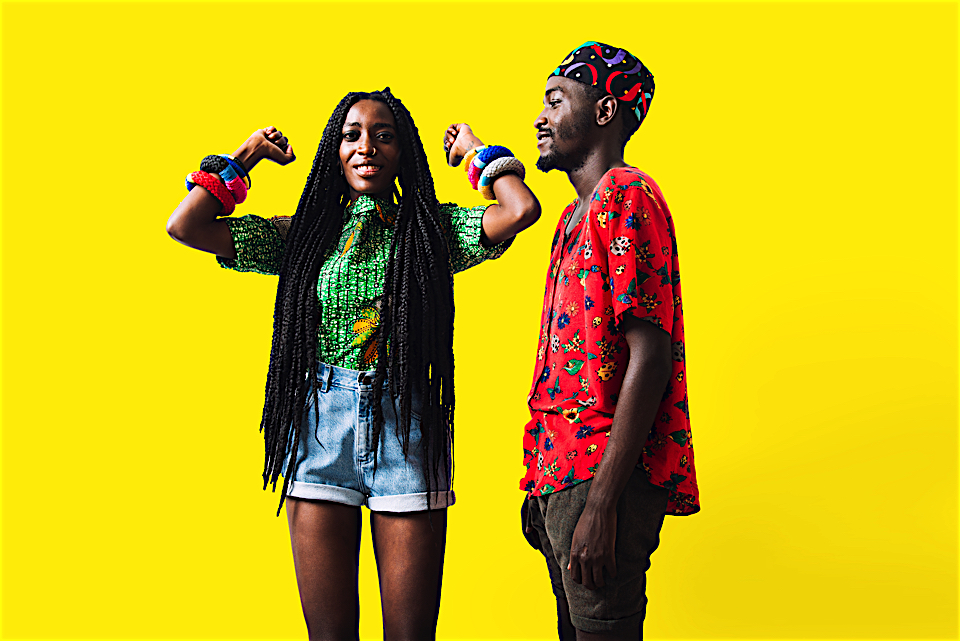
photos by Migz M. Nthigah
Nairobi-based concept fashion store Ichyulu, which launched in January 2016, has just teamed up with Kenyan photographer Migwa Nthigah and local style bloggers from 2ManySiblings to create a series that celebrates Nairobi’s growing style scene.
As a lover of African fashion, Ichyulu was set up to provide a platform that would connect designers with potential consumers and serve as an alternative distribution channel. Ichyulu's focus is to provide a curated retail experience for those who seek unique pieces to match their individual style. Part of the ethos is to celebrate the diversity of African fashion through showcasing the use of local materials, customs prints and craftsmanship.
2ManySiblings is made up of Velma Rossa and Oliver Asike from Nairobi, Kenya. They are a brother and sister duo who are curating transitional contemporary African narratives which they showcase at on their blog. Migwa Nthigah (MagiqLens Kenya) is a photographer based in Nairobi, Kenya.
This post was orginally published on Design Indaba
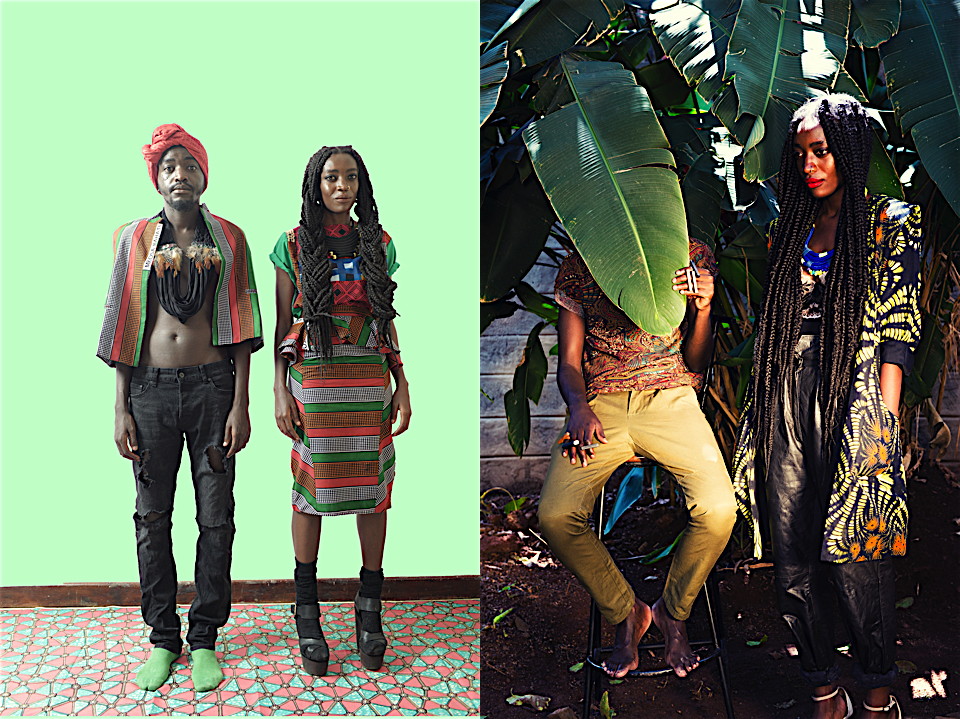
photos by Migz M. Nthigah
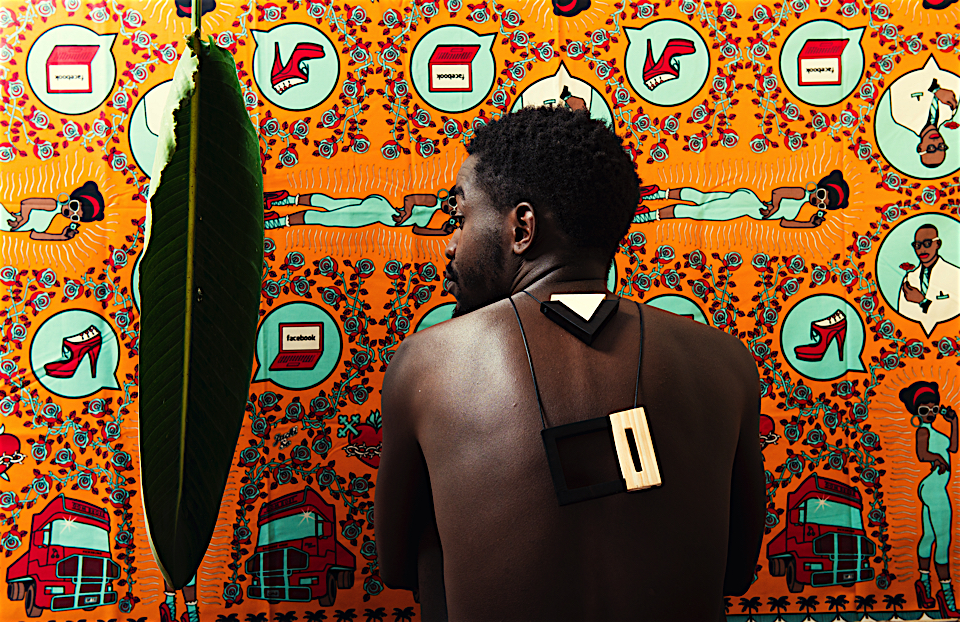
photo by Migz M. Nthigah
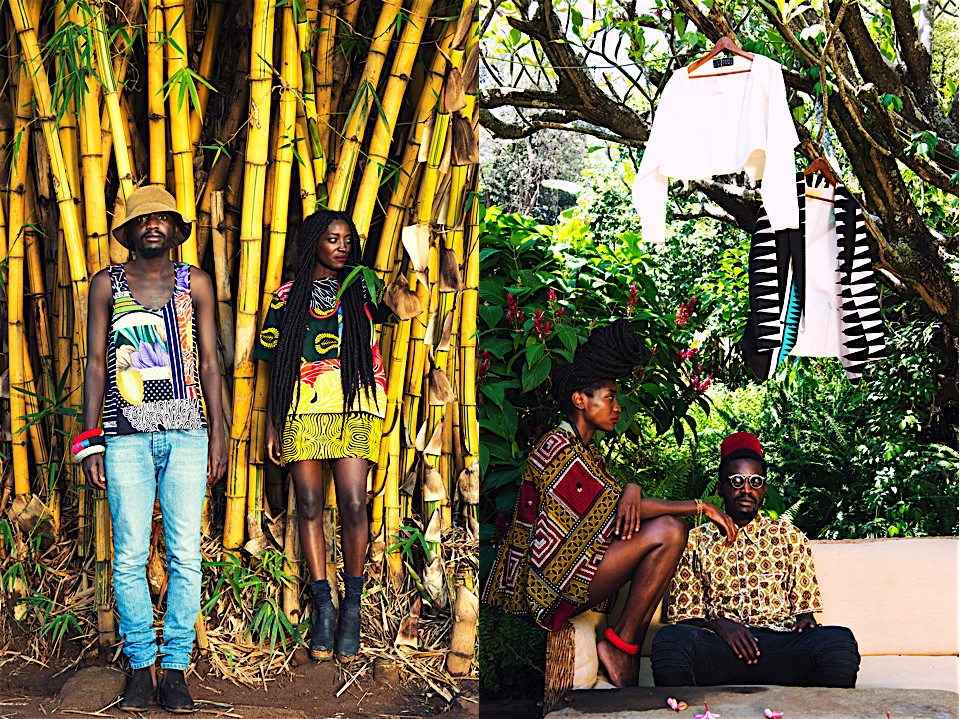
photos by Migz M. Nthigah
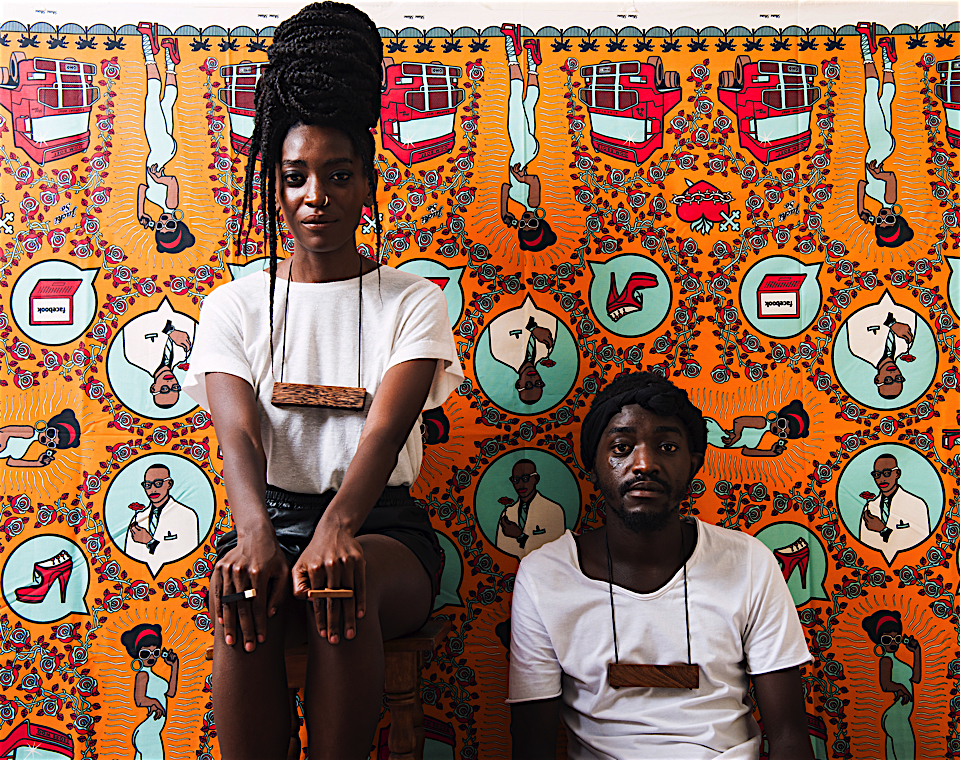
photo by Migz M. Nthigah
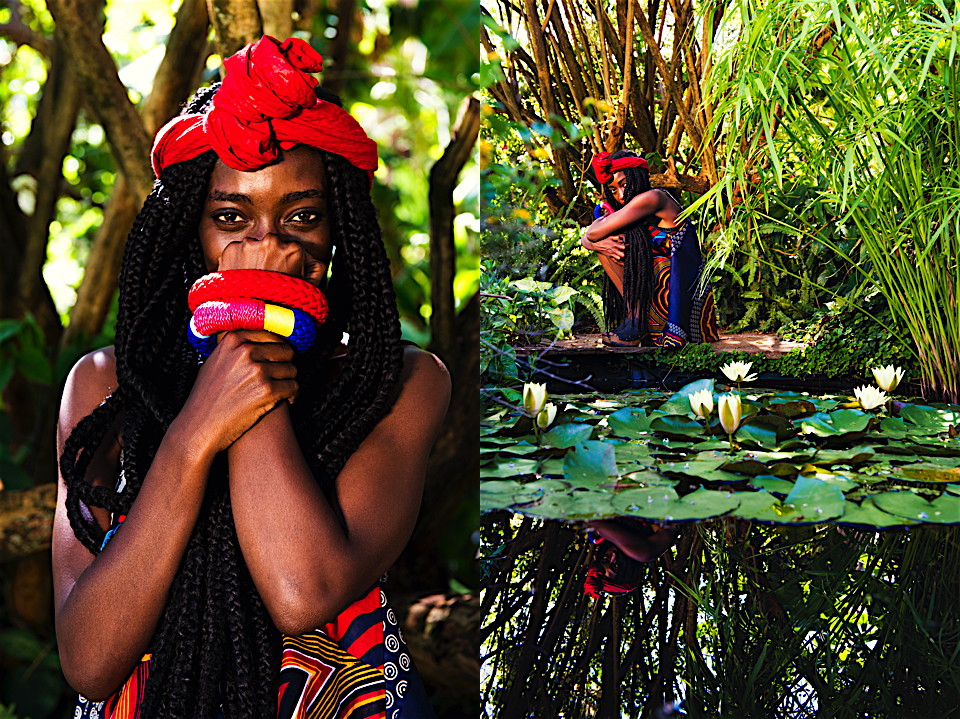
photos by Migz M. Nthigah
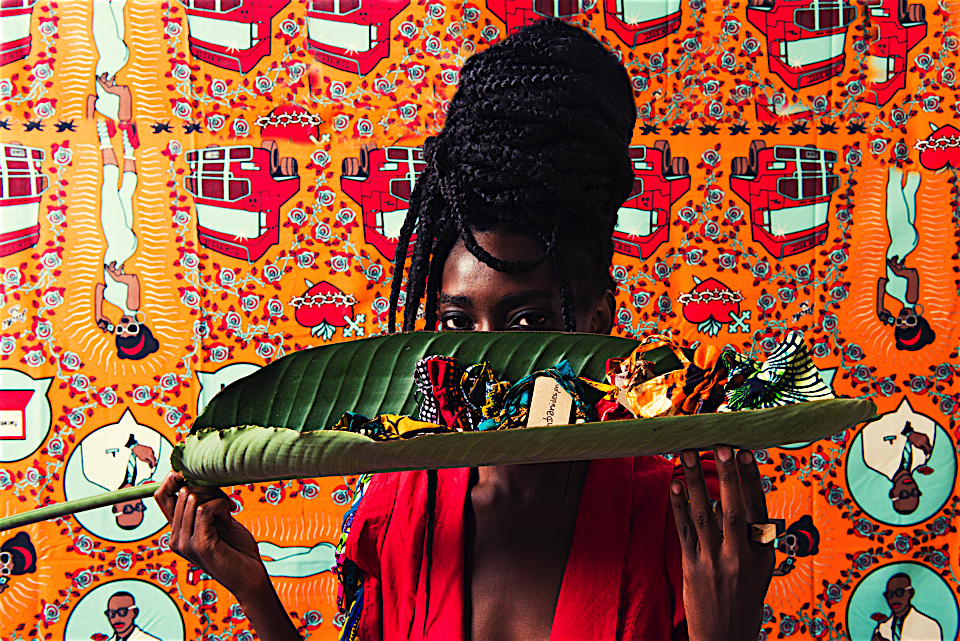
photo by Migz M. Nthigah
living an avenue
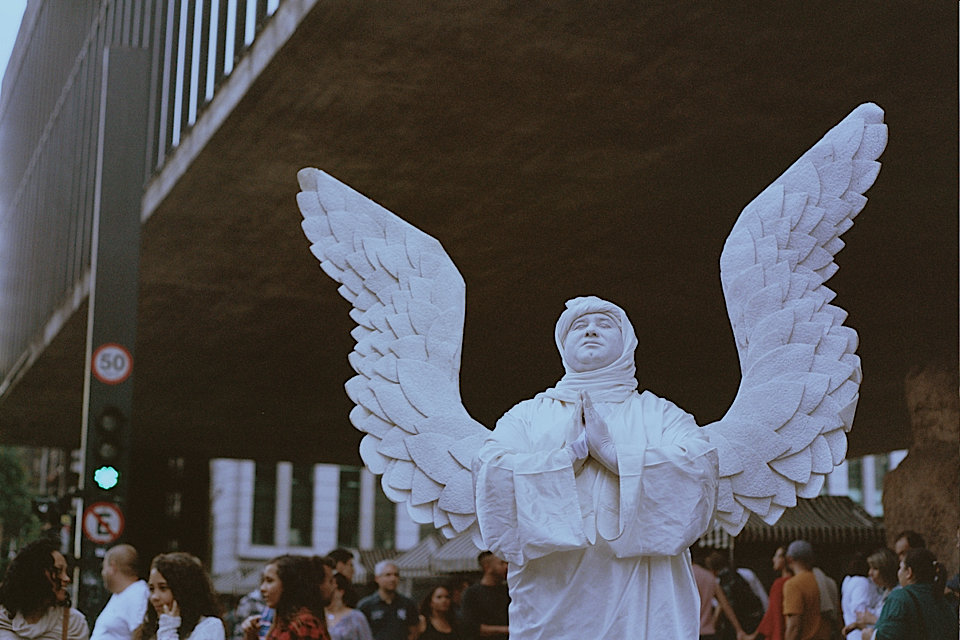
photo : copyright 2016 Thiago Nagasima
Paulista Avenue is one of the most important avenues in Brazil and in Latin America. In a short span, this once seemingly corporatist avenue has acquired a new identity.
The first of many measures that helped redesign this new identity was the addition of bike lanes, which connect to several points in the city, and which spatially reduced the number of cars. This environmentally-friendly measure helped São Paulo's citizens experience the streets in a different way - in a much more interactive and dynamic fashion.
On December 18th 2015, a law was sanctioned which closed off the avenue, not allowing any cars to drive through it on Sundays. This initiative has transformed the public space and how it's used, fostering various artistic manifestations; all this in a very cosmopolitan manner. In almost every street corner there are musicians from all around the world, performing side by side with regional artists. There are also many plastic artists, displaying their work in what has become a big, roofless art gallery. Lanes are closed off with skate ramps, while tourists and local families walk freely in the middle of the avenue, next to cyclists and joggers.
Dance or yoga lessons are frequently part of the agenda, as well as animal donations, or gastronomical festivals, where included in the menu is always some organic foods (supplied by the several food trucks found around Paulista Avenue). But what calls the most attention is the amount of handmade clothing, which includes various pieces by immigrants from around the globe.
What began as a timid initiative has progressively gained traction, creating wholesome social interaction in the urban space, in a cultural, sustainable and recreational way. This trend is paradoxically disseminating through social media, where the irony resides in the fact that the "virtual world" has given birth to activities which invite us to go out to the streets more often, and to embrace access to the slow web as an ally of this new social design.
Lu Valenzza
Photos by Thiago Nagasima
Lu Valenzza borned in Amazonia and based in São Paulo is a future trends enthusiast and an anthropologic observer. She is offering creative research, communications support, and trend forecasting to provide actionable insights to help society and businesses move forward in the coming years, always in touch with tomorrow think scenarios for redesign a better world.
Lu Valenzza
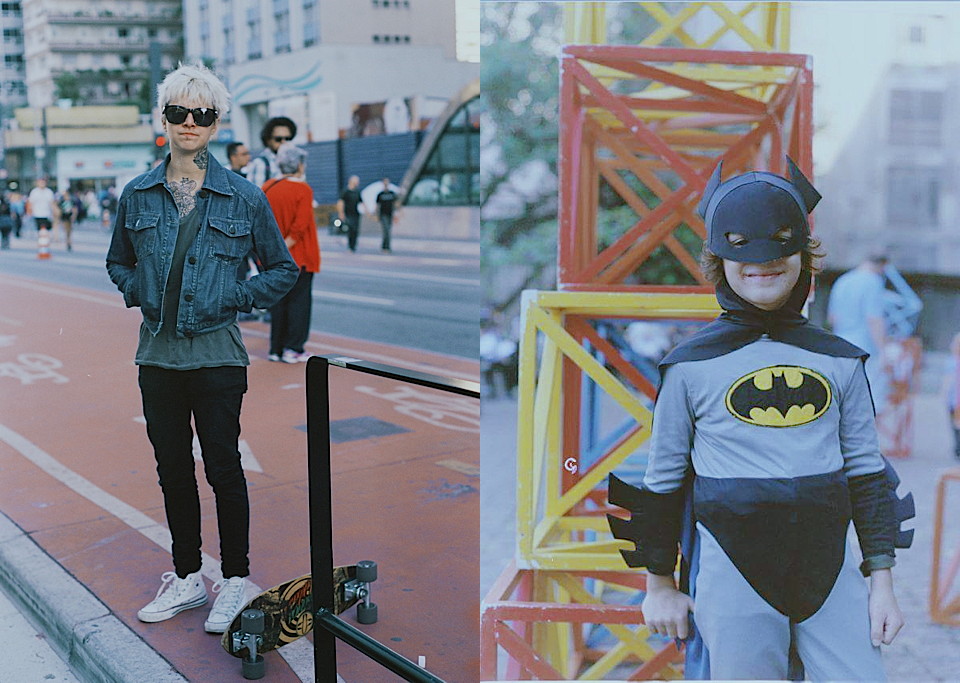
photos copyright 2016 Thiago Nagasima
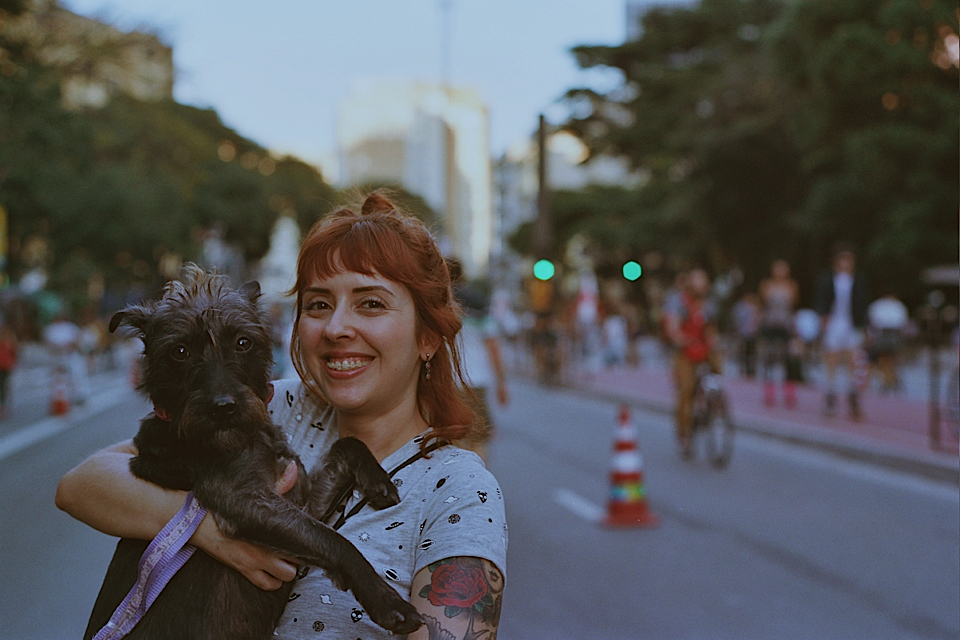
photo copyright 2016 Thiago Nagasima
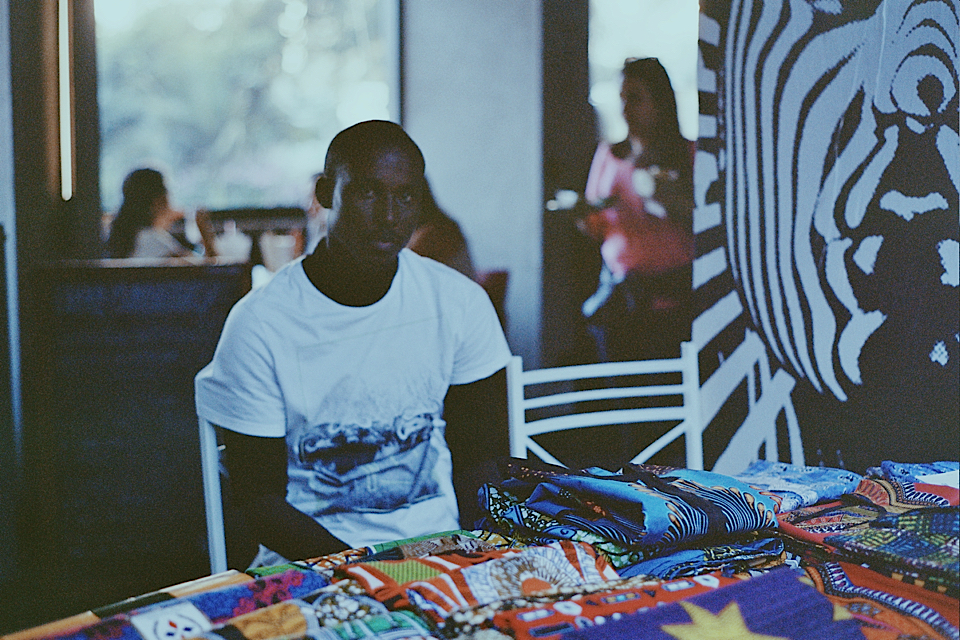
photo copyright 2016 Thiago Nagasima
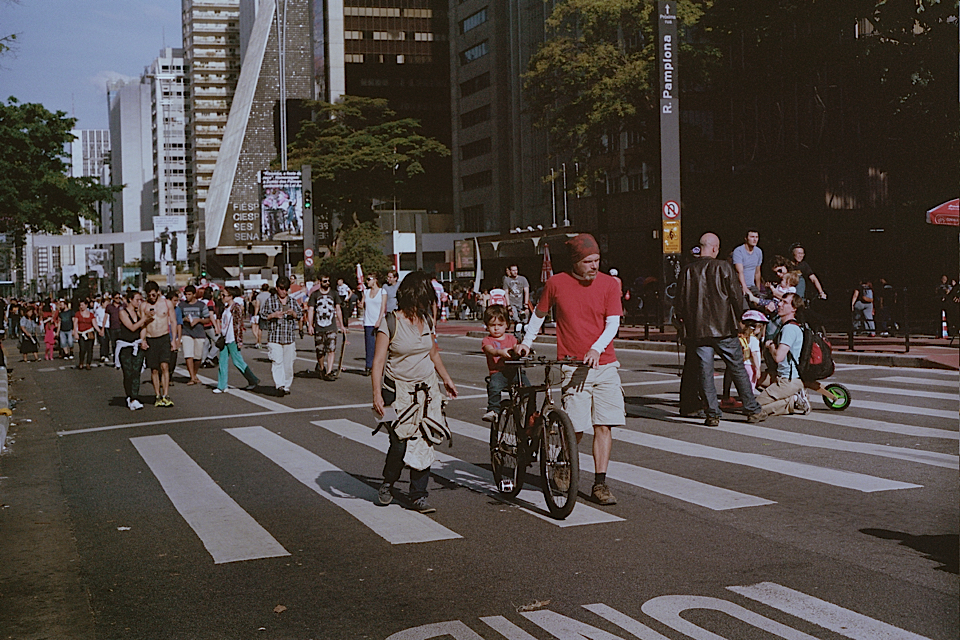
photo copyright 2016 Thiago Nagasima
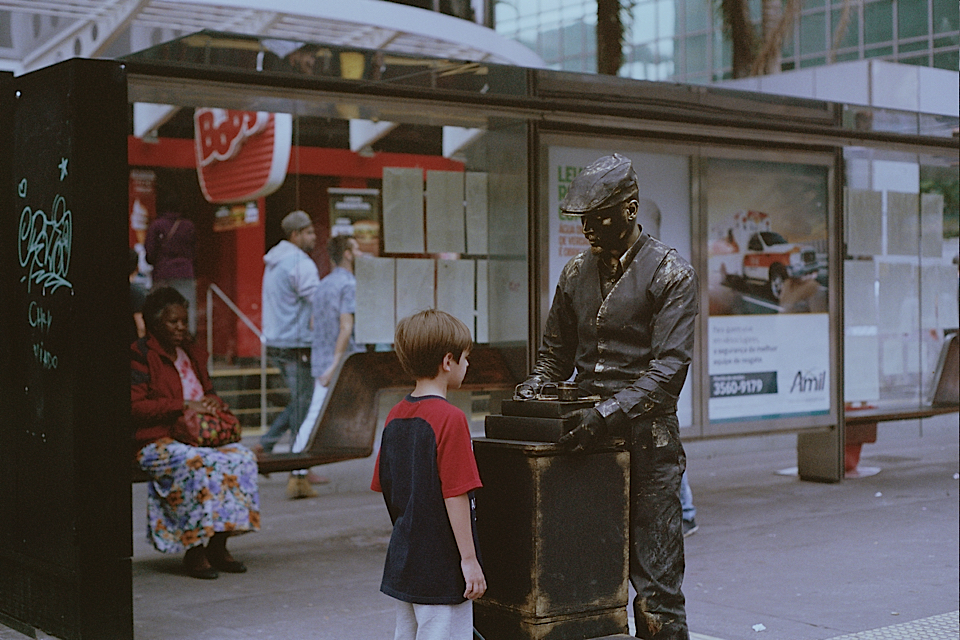
photo copyright 2016 Thiago Nagasima
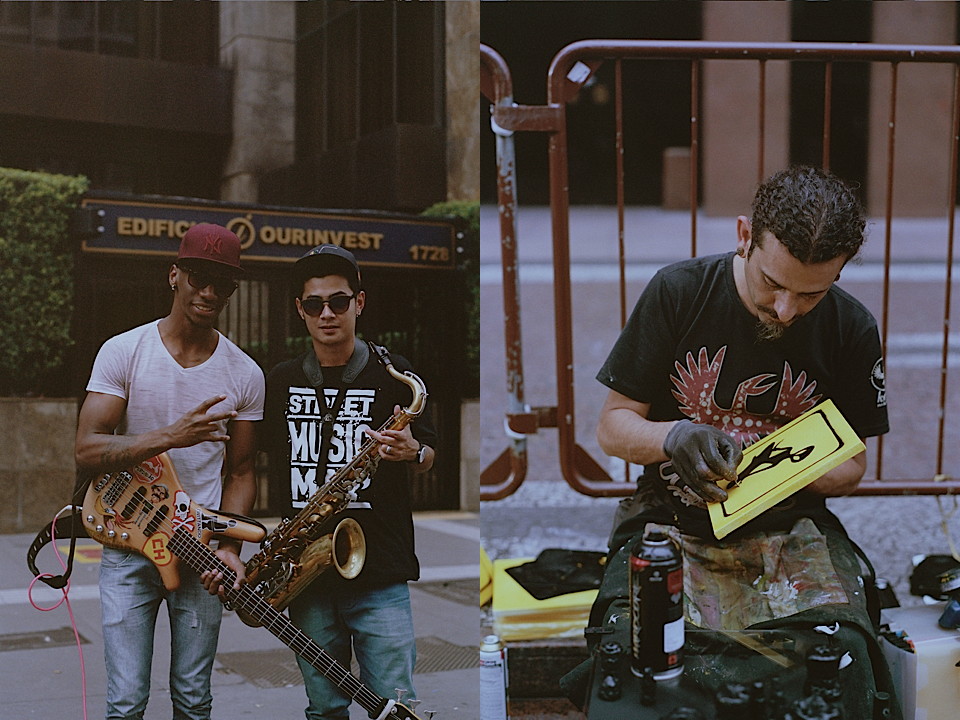
photos copyright 2016 Thiago Nagasima
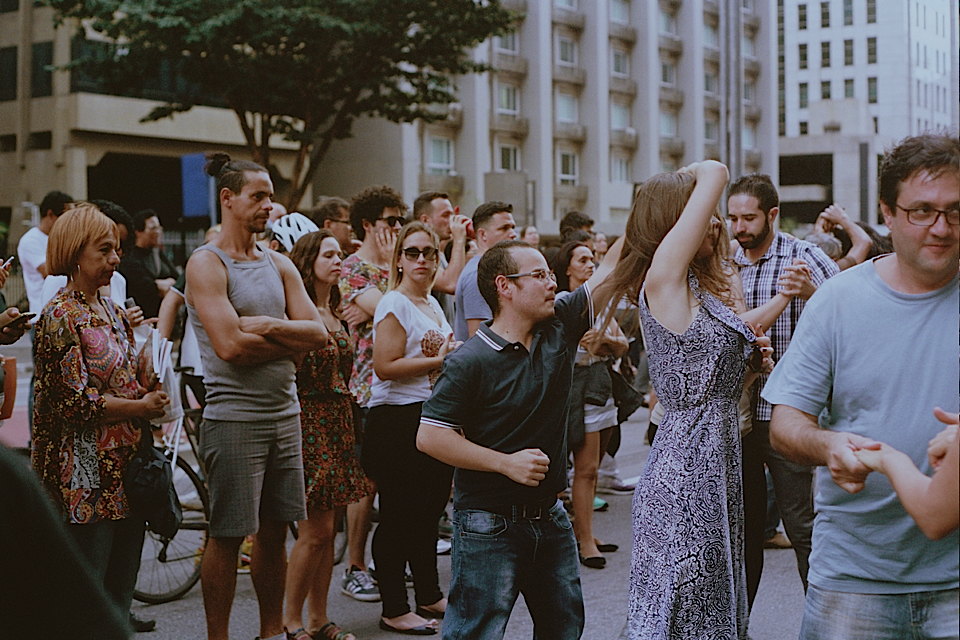
photo copyright 2016 Thiago Nagasima
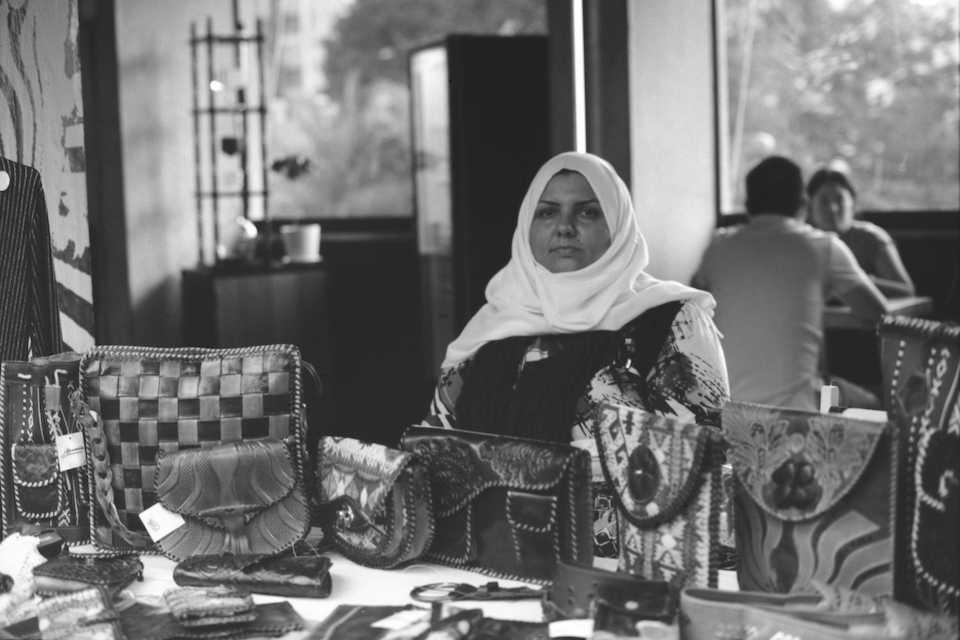
photo copyright 2016 Thiago Nagasima
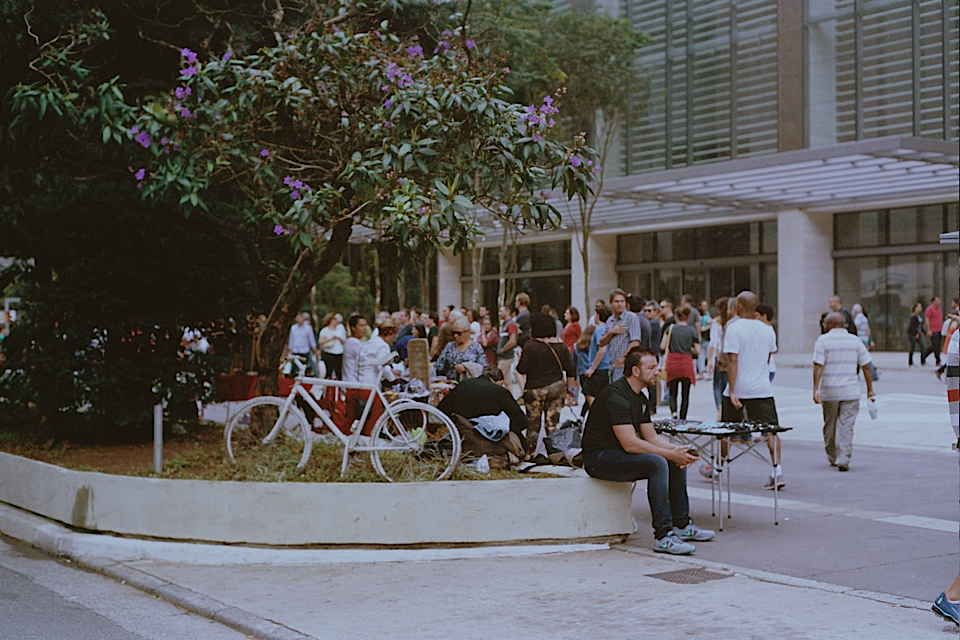
photo copyright 2016 Thiago Nagasima
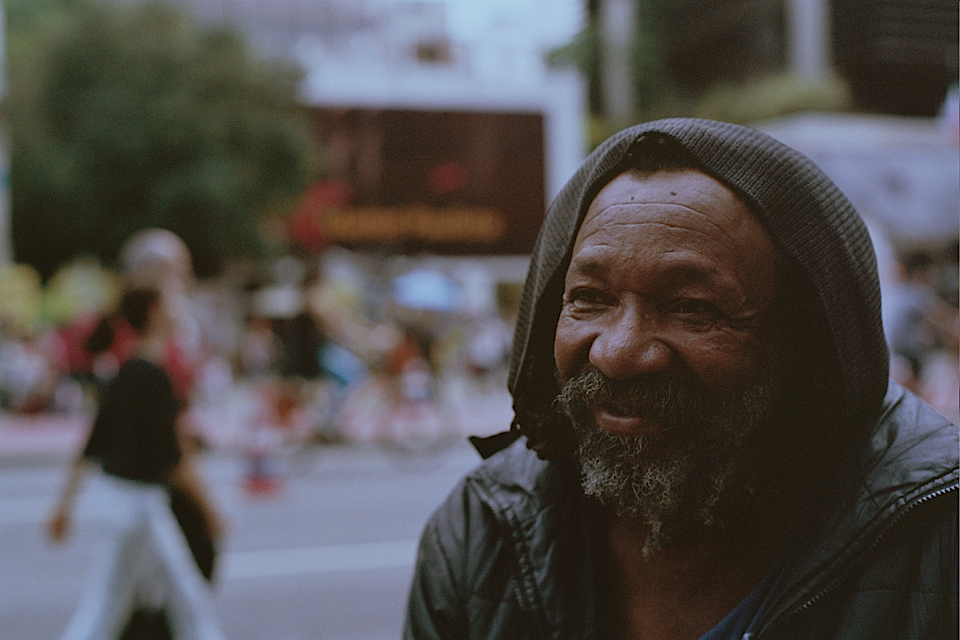
photo copyright 2016 Thiago Nagasima
scarred for life

Photos by Joana Choumali
In Joana Choumali´s ”haabré, the last generation », questions of life experiences are being highlighted in a most interesting way. Choumali is a photographer born in 1974, currently based in Abidjan (Côte d’Ivoire). She studied Graphic Arts in Casablanca (Morocco) and has worked as an Art Director for McCann-Erickson, Abidjan, before embarking on career in photography. In « haabré, the last generation” she felt the need to document the last generation of people who have the body art phenomena scarifications as an expression of identity, showing both the controversy and the beauty of this traditional practice.
The reasons for getting scarifications, which is a superficial incision in the human skin, are diverse - hedonistic reasons in most parts of the world and storytelling in others. Haabré means writing in Kô language from Burkina Faso but could also stand for scarification. Social scarification, used to tell a story of tribe identity, is a tradition that has ancient origin in Africa and is a common practice in many regions on the continent. This especially in West Africa, where it replaced tattoos that show poorly on dark skin. It often takes form during a rite in which a person goes from being a child into adulthood.
Looking back even further through ancient history, patterns of scarification can be found in sculptures in Ife in South western Nigeria, which was, and still is today, the sacred city of the Yoruba people. When the city flourished artistically around the 10th century, it provided a tradition of naturalistic sculpturing with one of the findings showing a cast bronze head which is covered with thin, parallel scarification patterns that contrasts to the round features of the head. This head is believed to be a female Oni, which is a king or a ruler. Similar geometric patterns have also been used in architecture, found in farming communities on the border between Burkina Faso and Ghana. In those cases the patterns are used for wall decoration, where women paint the walls of round dwellings both inside and out with horizontally molded ridges called yidoor and long eye (long life) to express good wishes for the family. Like the sculpture of the Oni, the yidoor that consists of triangular patterns are spread over the wall in several rows. Pottery and baskets are also decorated in the same way. « When people decorate themselves, their homes, and their possessions with the same patterns, art serves to enhance cultural identity » (Stokstad & Cothren, 2011).
This is evident in different expressions, scarification being one of them, while in the western part of the globe commercial brands have become a signal of characterization, with the logo or brand name playing a significant semiotic role used to express who we are, making consumption an inevitable club where we go to practice ritual around identity.
”Haabre, the last generation” depicts men and women who have become representative of their communities through scarification. It is a practice forged around repetition, symmetry and texture as an art form.
Choumali’s work also has an anthropological value in the way that she is documenting a story that is heading for an end. The arrangement reflects this issue by using strong lightning to catch a moment of the subjects as they are. Speaking to us showing us both who they are and what their identity as a person is within a tribe context. The created patterns are a reminder of their culture, history and future, and they are meant to be worn proudly in the face of their skin, creating an abundance palette of texture, relief and landscape on the human body.
It is of course a subject beyond esthetic wonders - yet don’t we all bear a scar of some sort? Scars of age, scars of war and scars of life. It is true that some people would like to get rid of their scars because of the abnormality of the esthetic in today’s society, which for some people has an impact on their feeling of pride. Being a tradition of intimate nature, the scars can cause a conflict of difference due to urbanization.
« I remember Mr. Ekra , the driver who took me to school. Ekra had large scars that marked his face from temple to chin. I found these fascinating geometric shapes, and normal at the same time. Ivorian from the east-center of the country, Ekra was not an exception. It was common to see people with various scars proudly displaying their social origins. I remember a famous minister of ‘Information ‘, originally from northern Côte d’Ivoire, and a noted pilot commander, who also wore scarifications, and it appeared to us as banal. The years pass, and the practice gradually disappears.” – Choumali.
Text: Rosewood Magazine, Joana Choumali
Photos: Joana Choumali
http://joana-choumali
We are happy to share with you this post originally published on Rosewood Magazine, a proud narrator of stories that matter, connecting singular subjects to a global audience. This young magazine focus on creativity on the African continent and trends in general.
www.projectrosewood.com

Photos by Joana Choumali

Photos by Joana Choumali

Photos by Joana Choumali

Photos by Joana Choumali

Photos by Joana Choumali

Photos by Joana Choumali

Photos by Joana Choumali

Photos by Joana Choumali
culture on a can
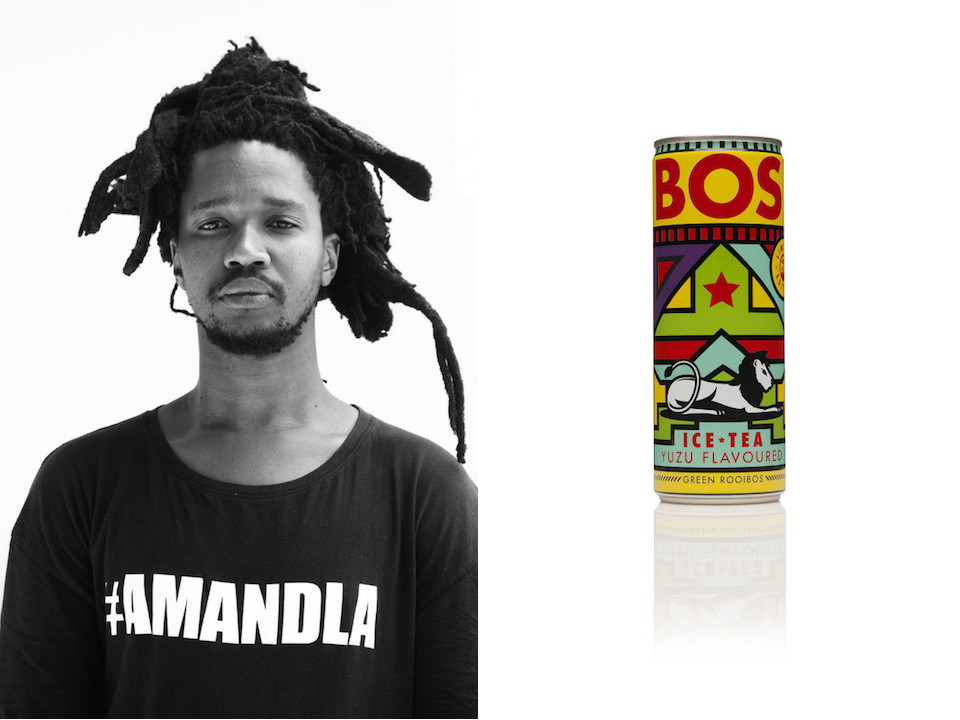
Packaging is a powerful way for brands to make a statement. It is ubiquitous in our daily lives: from the stores where we get our food from to the inside of our fridges, we’re able to recognize brands simply through colour codes and package shapes. This power to infiltrate our environment is generally used by brands to get potential customers to become familiar with them and ultimately prefer them over competitors. But what happens when a brand replaces its own branding to tap into existing cultural codes? That’s the question that arises from the winning design from BOS’s Design-A-Can competition.
BOS is an ice tea company that was born in 2010 in South Africa, and which has been a supporter of the local art and design scenes. In 2014, the brand launched a competition to let one South African artist design the can for its newest ice tea flavour, which it will be launching this summer with a limited edition of 100,000 cans. Out of over 700 entries from all over the country, it’s Ofentse Letebele’s design which was chosen for “its modern spin on what is essentially a very African design, and [which] looks great as part of the BOS family” according to CEO Grant Rushmere. The artist says he was inspired by 18th century Ndebele wall painting, which “has quite a distinctive palette and geometrical alignment that seems to echo “Africa” at the back of the mind.”
The Southern Ndebele is one of the Nguni tribes that make up two thirds of the South African population. Throughout the tribe’s history, as the Ndebele have at times been marginalized, the geometric patterns with which they decorated the outside walls of their houses were a form of cultural resistance and continuous community-building, a highly visual affirmation of their identity. Women are in charge of creating the designs as a way to express their individuality, which are then passed down to their daughters, a tradition which is still alive today.
According to Rushmere, the idea of the competition was to “allow people to express their story, and mirror it within BOS’s visual identity.” With the winning design, the brand taps into existing cultural codes instead of forcing itself and its branding onto its customers – a bold move which may make the young brand more relevant not only within its native country, but also internationally as it is seen to give a voice to and celebrate particular cultures and their people. “I wanted to create a situation whereby people can realize the richness of the land that we live in,” explains Letebele. “There’s so much that you can take from the environment, from nature and from the interaction of the different people.”
What’s more, the design is rooted in a visual style that is at once traditional and contemporary, with the branding not being overwhelmingly prominent, giving it more universal resonance. The artist hopes this will create an emotional connection with customers, who could re-use or adopt the patterns, re-working them as “part of a fashion statement, or interior décor. I’m hoping people won’t throw it away, but rather collect and share.” With a design rooted so deeply in the visual culture of an African tribe winning BOS’s first Design-A-Can competition, it will be interesting to see the propositions in next year’s iteration, which will accept applications from international contestants.
Ofentse Letebele, who sometimes goes under the pseudonym King Debs, is a South African artist, musician, graffiti artist and a designer. An ongoing work is the #AMANDLA movement, a public art project with which Letebele is hoping to drive a spirit of solidarity, self-love, self-confidence and power across the African continent.
Mathilde Leblond
www.bosicetea.com
Mathilde Leblond is a trendwatcher based in Buenos Aires with a passion for creativity, beauty and the future. For Trend Tablet she contributes posts about some of the most arresting artists and creators which she scours the internet to find out about.
mathildeleblond
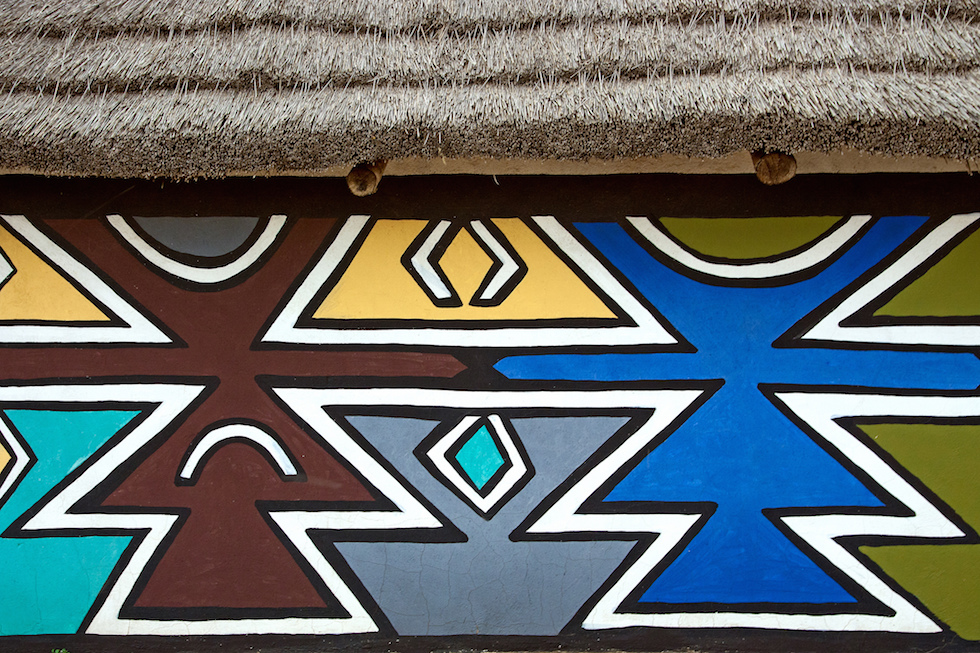
photo by Steve Evans / creativecommons license

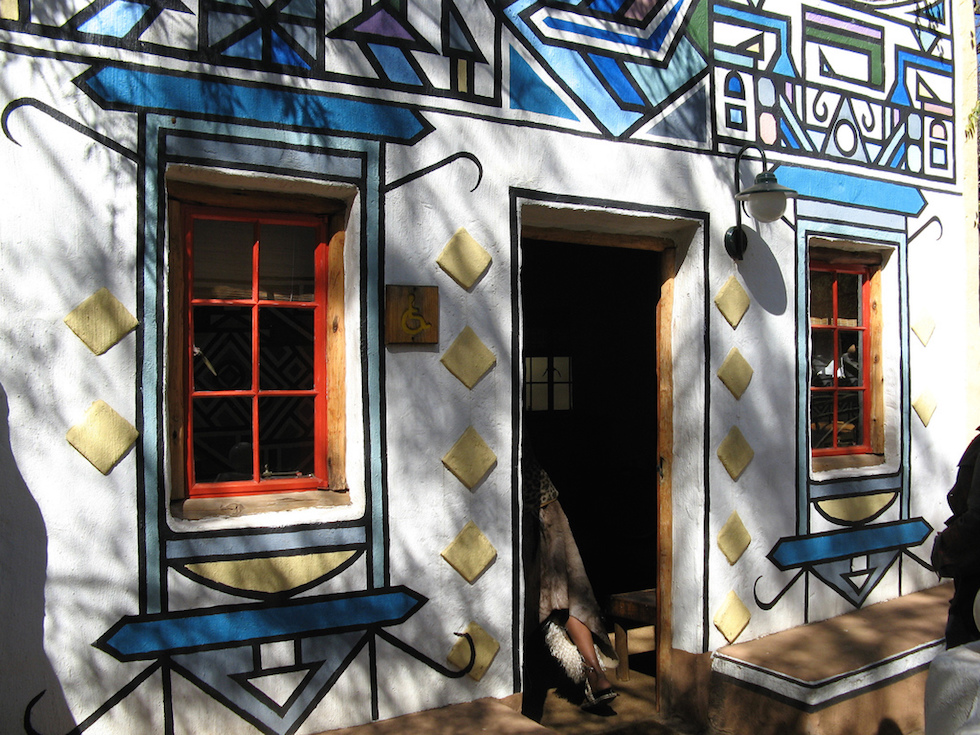
photo by firesik/ Creativecommons license
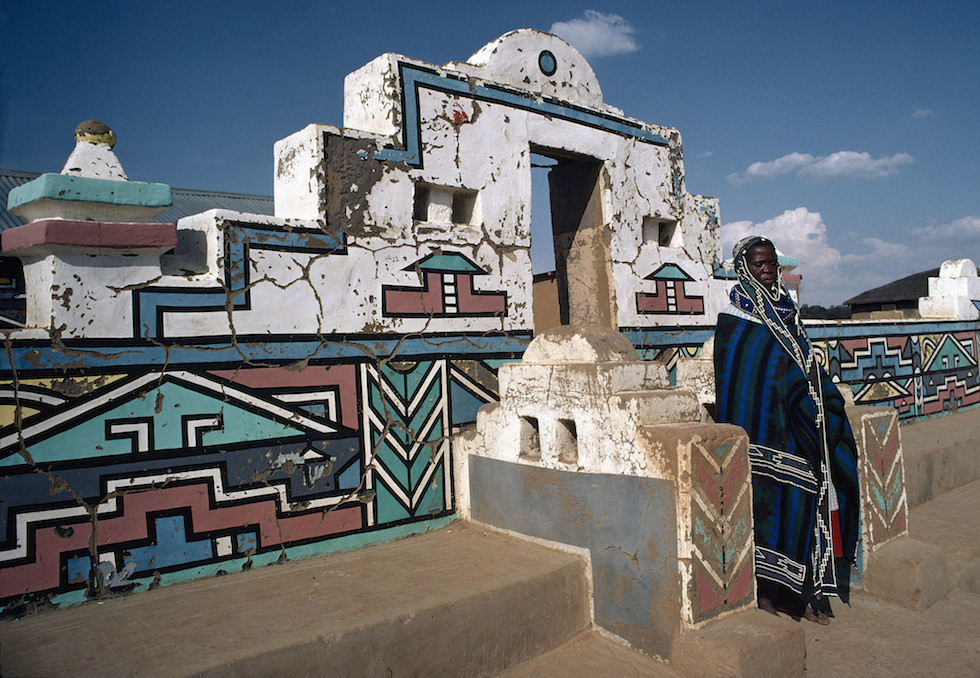
photo by P. Mugubane / CreativeCommons license
to catch a dream
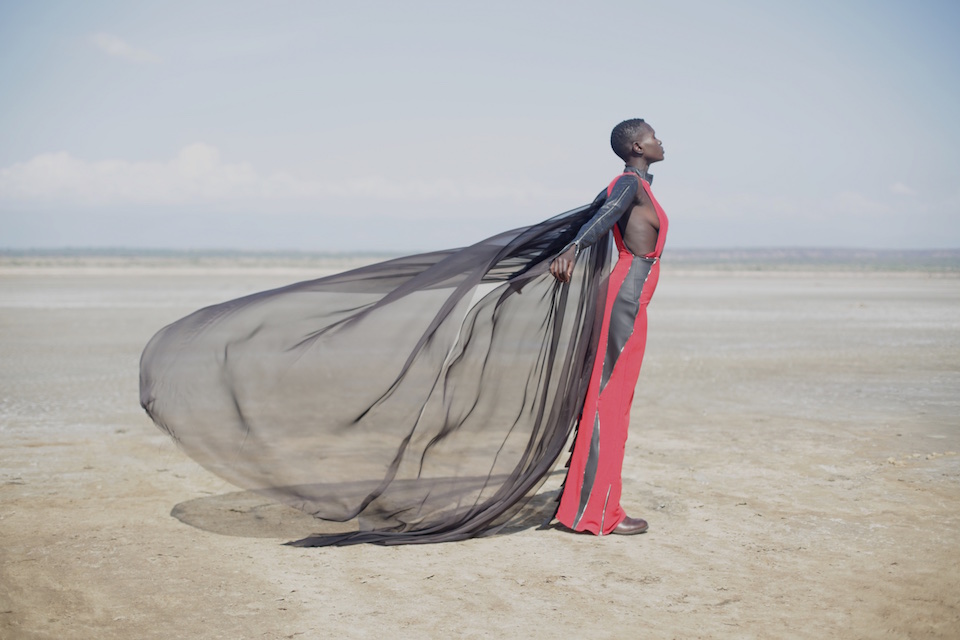
Based in Nairobi, Kenya, NEST Collective is a group of artists who aim to “explore [their] troubled modern identities, re-imagine [their] pasts and inhabit mythical African futures.” The surreal fashion film ‘To Catch a Dream,’ which was released last month, is a result of a collaboration with their Chico Leco Programme, which generates cross-disciplinary work between fashion and other creative disciplines. The short film was written and directed by Jim Chuchu, who has recently been praised for his powerful film ‘Story of our Lives’ which recounts stories from the LGBT community in Kenya, where homosexuality is illegal.
In ‘To Catch a Dream,’ Chuchu tells the story of Ajuma (embodied by iconic Kenyan model Ajuma Nasenyana), a widow whose sleep keeps being disturbed by a recurring nightmare. As medicine is no help, Ajuma follows a friend’s magical remedy and finds herself in the Land of Dreams where she is to get rid of the nightmare, guided by a set of ethereal characters along the way. The remedy used in the film was made up by Chuchu, but it sounds familiar enough that he keeps getting asked which particular tribe he borrowed it from:
“I was surprised that it is possible to construct fables that are seemingly indistinguishable from the untouchable canon of Kenyan/African mythology,’ he says. ‘This has reaffirmed my interest in the idea of remixed pasts. I suppose people who have had their pasts erased can make up their own pasts.”
Chuchu embraces the African ancestral oral tradition but modernizes it with a grace and a surrealism reminiscent of Paradjanov’s 1969 chef d’oeuvre ‘Sayat-Nova’. While the beginning of the film is set in a stylish if international-looking contemporary house (showing magic is relevant in all contexts and epochs), the second part is set in Kenyan landscapes whose dream-like beauty never seems to phase any of the characters - on the contrary, they fit perfectly in their magnificent surroundings.
Like ‘Sayat-Nova’, ‘To Catch a Dream’ features striking costumes whose sculpturesque elegance and simplicity lends all the characters a regal presence. As it happens, each costume showcases designs by eight fashion houses based in Kenya, an excellent opportunity to see what’s happening outside of mainstream fashion circuits.
While it may sometimes seem canonical and fixed, folklore is something that is deeply alive: the traditional costumes need to be worn and performed in, the stories need to be told, listened to, believed and retold. Chuchu recognizes this and adds to rather than borrows from a rich mythology he and his audience are familiar with. With this visual variation on African mysticism and a strong use of storytelling, he successfully embeds the contemporary designers’ clothes within an authentic and evolving local tradition.
Mathilde Leblond
Nest Collective. Written and directed by Jim Chuchu, produced by Wangechi Ngugi, with creative direction and styling by Sunny Dolat. Designs by Namnyak Odupoy, Ami Doshi, Kepha Maina, Jamil and Azra Walji, Katungulu Mwendwa, Ann McCreath and Adèle Dejak.
Mathilde Leblond is a trendwatcher based in Buenos Aires with a passion for creativity, beauty and the future. For Trend Tablet she contributes posts about some of the most arresting artists and creators which she scours the internet to find out about.

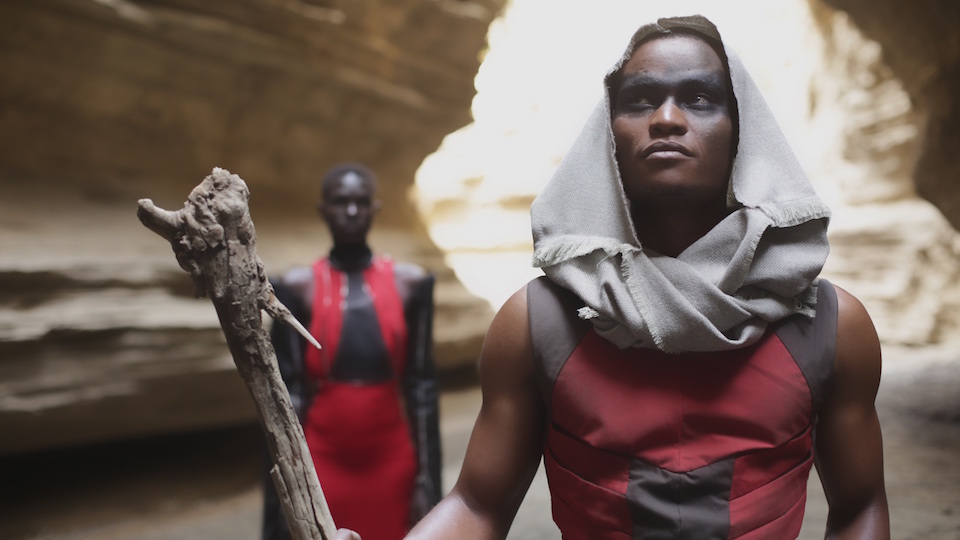
play play
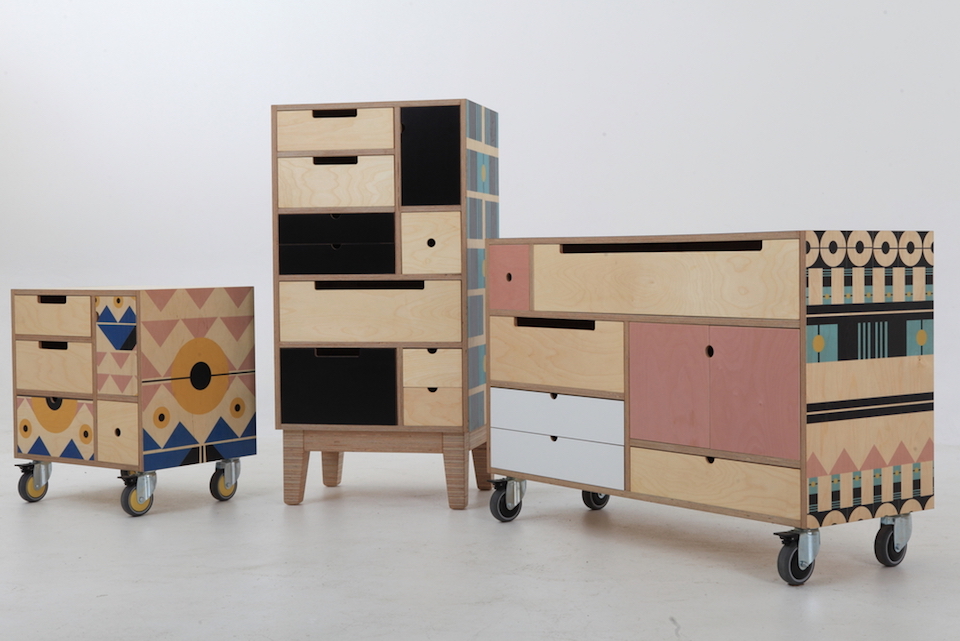
Play Play is a result of a close collaboration between De Steyl - the South African furniture makers, based in Garden Route lead by Deanne Viljoen, and RR Studio a pattern development studio - lead by Renée Rossouw, together with local artisans and apprentices from the community.
Aiming for simplicity in the manufacturing process, they have suppressed unnecessary and damaging chemicals on the way, leaving room for beautiful, sustainable materials. Birch Plywood play was a saying in this conversation, sanded and finished by hand, and a new way for Deanne of opening up questions surrounding manufacturing processes, as she is moving towards a more sustainable signature in her practice.
"It was important for me to create a proudly South African range that has environmental integrity, is playful and fun to use and which you can relate to from childhood into adulthood. " Deanne Viljoen
Both Viljoen and Rossouw are designers trained in architecture, and this made it an easy task to find a common ground of interaction and communication, making shapes, materials and colors an economy of transcend, since it is also about investigating dimensions between object and space.
The patterns are closely linked to painting techniques used by the Ndebele women, often prepared in strong bold colors to decorate walls. In fact, this technique is embedded into the South African painting traditions passed down from generations. Yet, here they are, translated into semi-abstract graphic patterns for the eye to devour.
"It becomes apparent in the process that certain patterns work better on certain objects or surfaces. At the moment I’m very interested in exploring different processes with a multitude of steps to make new art. My patterns are usually a step beyond the final artwork. But as Deanne mentioned earlier, as architects we are also interested in how people use objects or space. For me it is a natural inclination to want to use these patterns on various products, and not keep them on paper only." Renée Rossouw.
Text Rosewood Magazine
Photo Courtesy of De Steyl
Rosewood Magazine, a proud narrator of stories that matter, connecting singular subjects to a global audience. This young magazine focus on creativity on the African continent and trends in general.
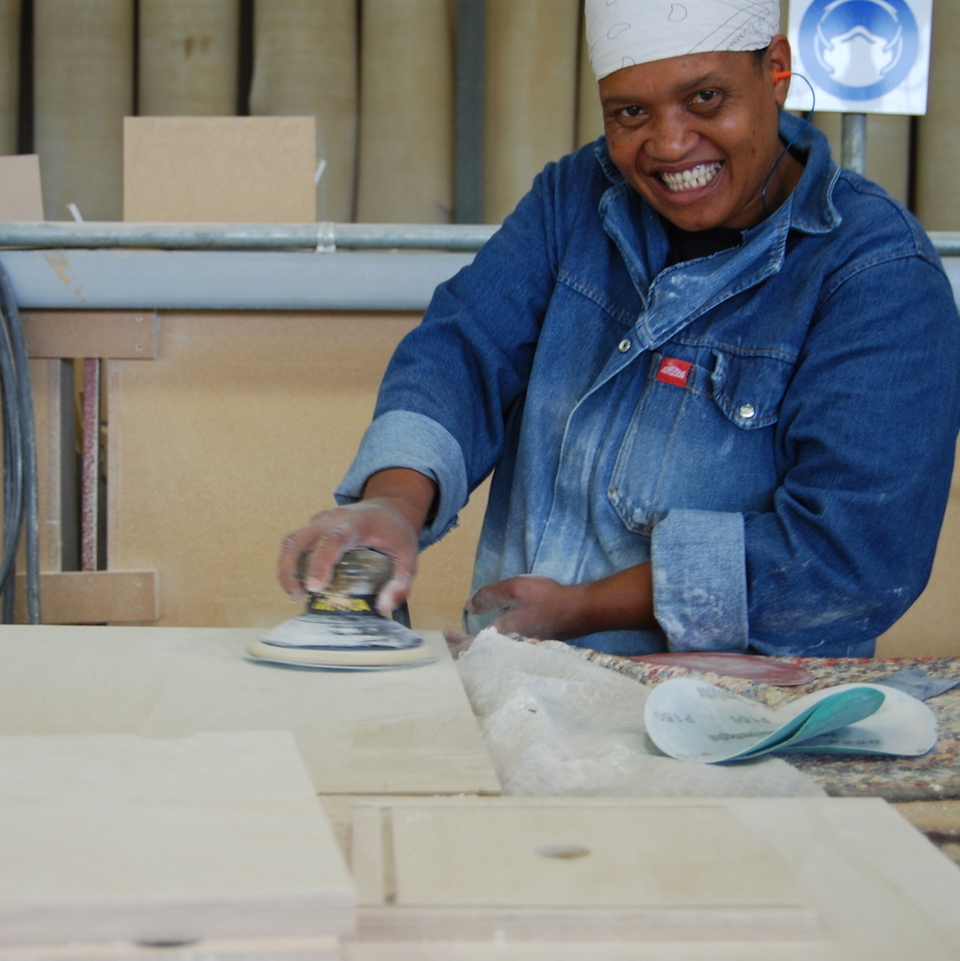
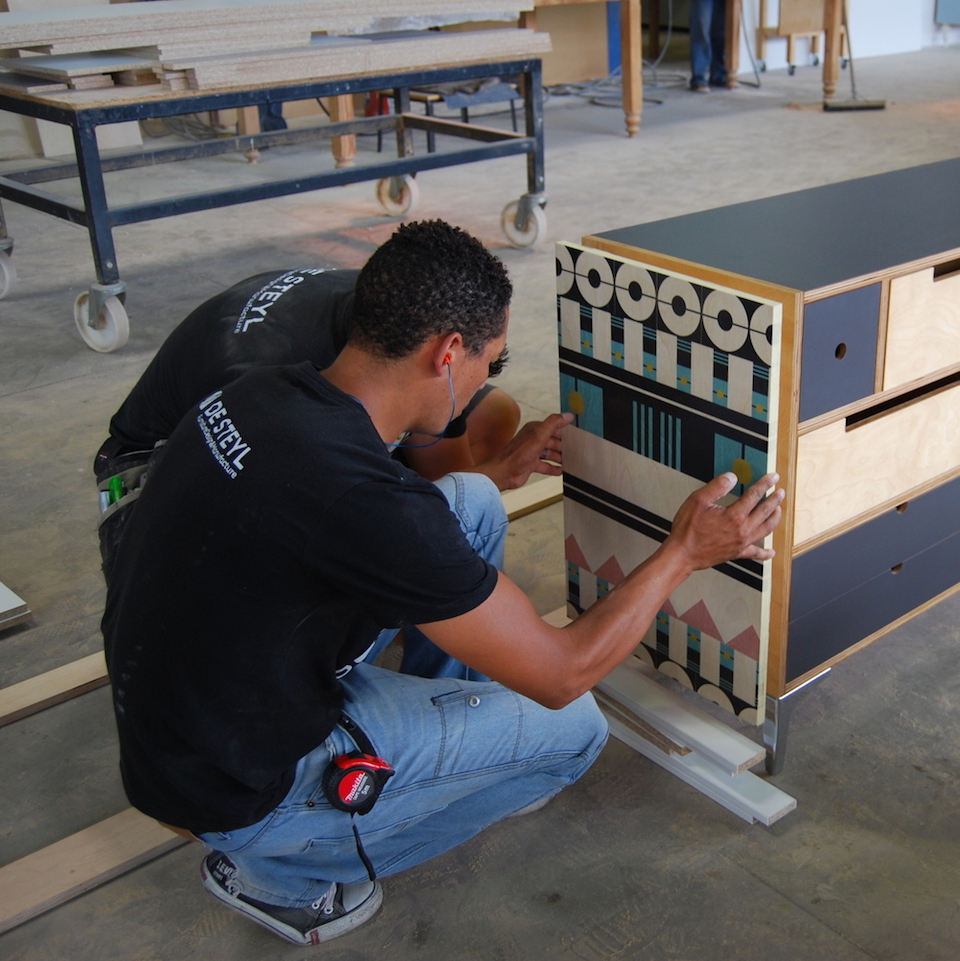
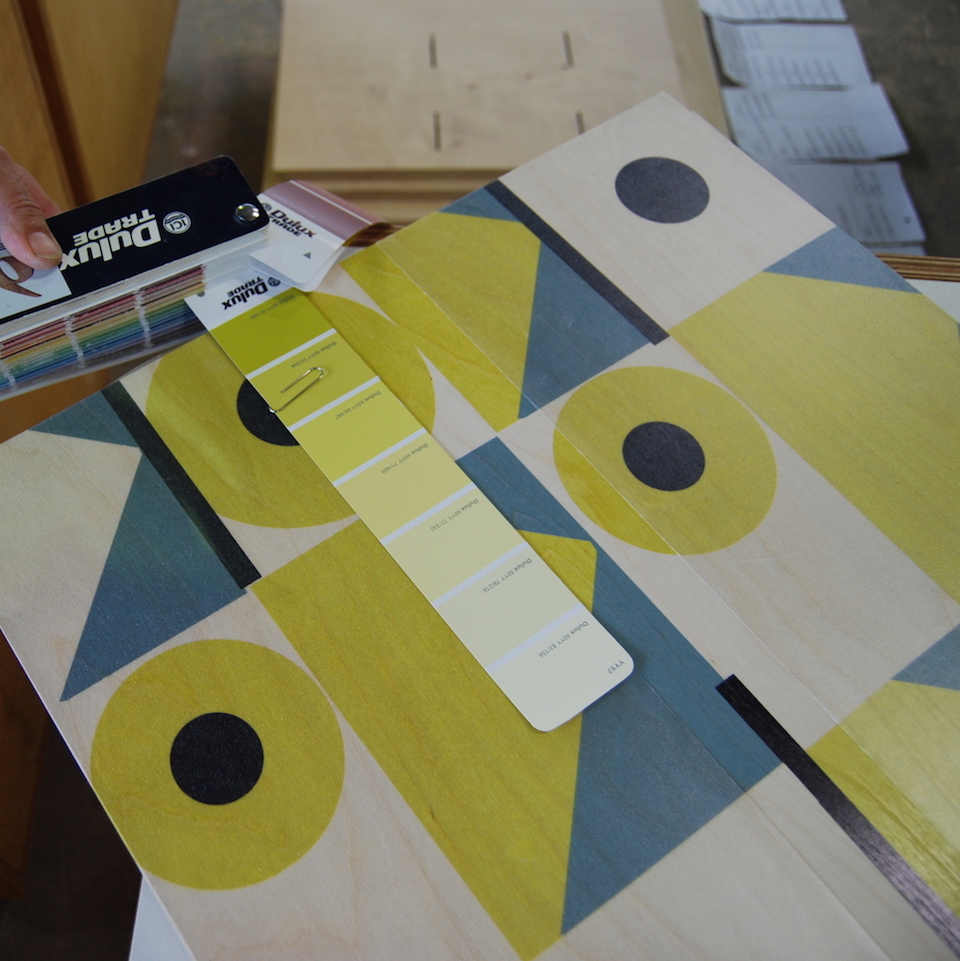
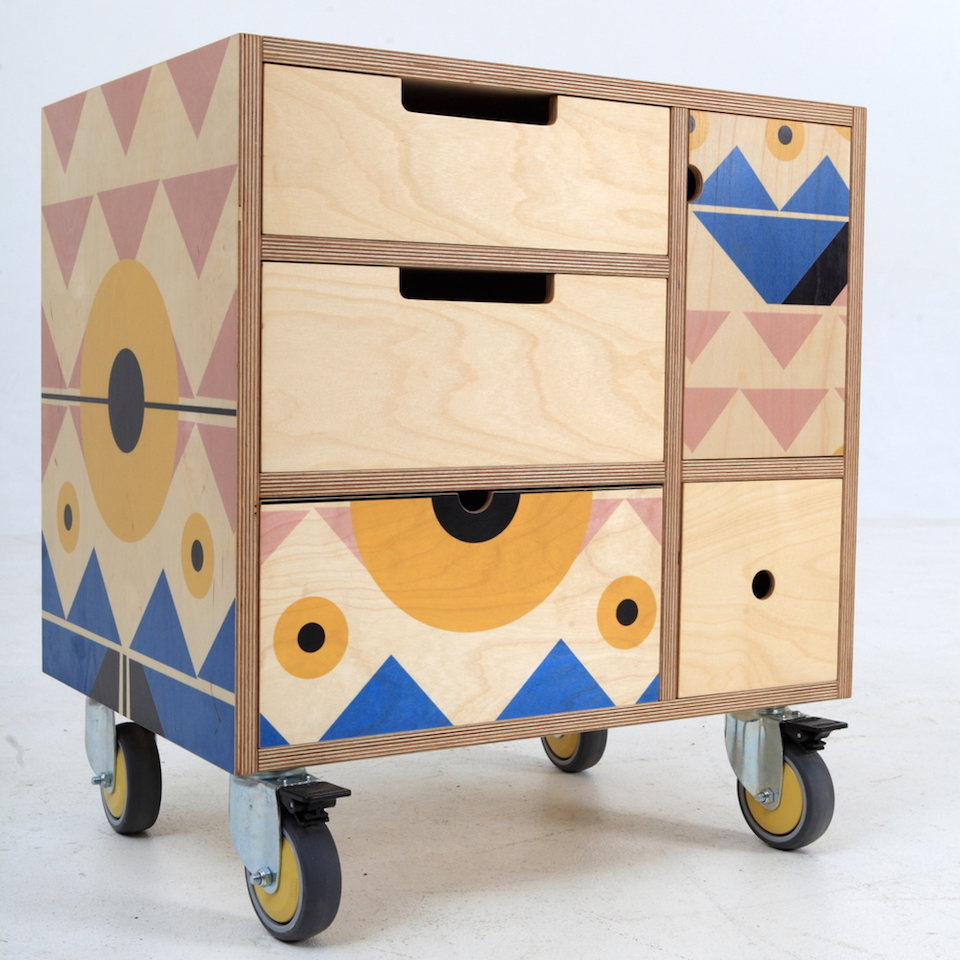

xôboi
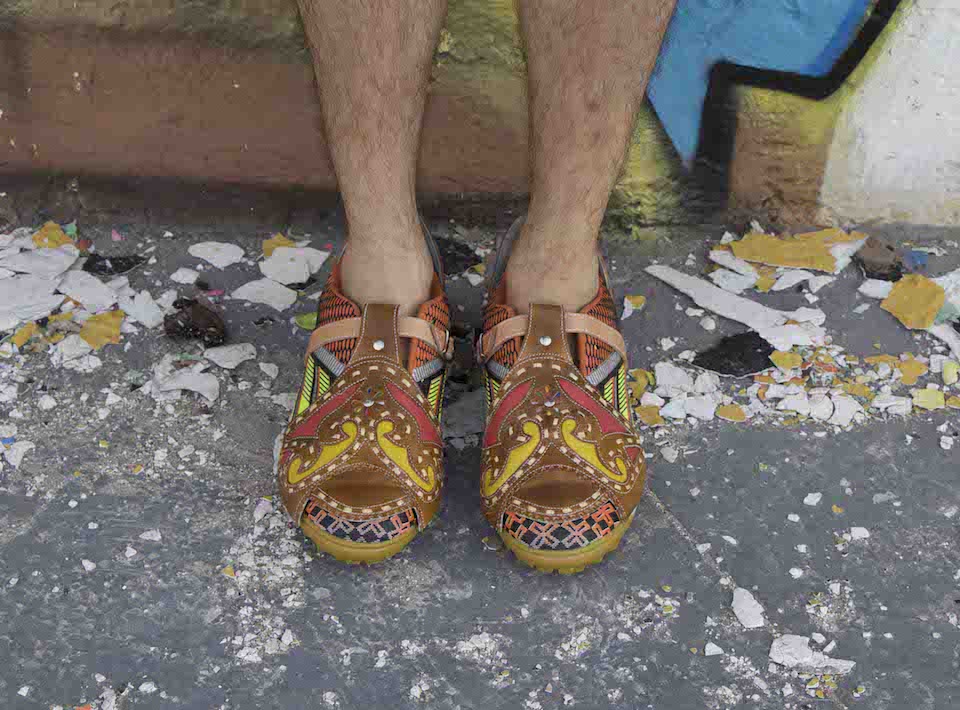
The Northeastern region of Brazil is a culturally evolving and dynamic region of the Brazilian territory. With European, African and native influences, the area is a melting pot of traditions. Being initial area of Brazil for European arrival, the territory has had numerous evolutions both ethnic and within. From the zona da Mata, a tropical forest and agricultural area, to the arid highlands or the historical and “capital of happiness” city of Salvador de Bahia, the area is immensely rich in diversity.
The Armorial Movement, is an artistic initiative meant to promote the culture of this region. The poet and historian Araino Suassane founded it in 1970 in the cultured city of Recife. It reunites music, dance, theatre, literature, cinema, design, arts and crafts. The actual word “armorial” defines perfectly what the movement is about; “armorials” were originally crests used by families that combined a European tradition with the region’s colors, animals and vegetation.
The movement relies therefore on a combination of self-taught and educated artists that instead of only promoting an aesthetic approach of conception, try to deliberately include political, social and geographical influences and to promote the people’s culture.
The Armorial design group is a collective of North-Eastern Brazilians Rodrigo de Almeida, Zanini de Zanine, Sérgio Matos and Rodrigo Ambrósio. In their own words they combine “traditional leather clothing and crafts and the Northeastern way of life, mixing public and private symbols. “
In their first set of projects, the main inspiration was the work of leather and the cattle culture of the area. This produces wonderfully crafted results, interpreting the wonders of the land; implementing ochre, skin and fur like colors and textures and creating organically shaped pieces.
Rodrigo Almeida’s latest project “Xôboi” (2014) is another good example of what the movement aims. He re- interpreted traditional Brazilian Xôboi shoes by applying Brazil’s street art inspired colors, leather craftsmanship, African and indigenous shapes and soccer shoe inspired soles to a today’s western sneaker.
The result is astoundingly modern and bold, and it represents the evolutions and exchanges of a country that has managed to integrate the world of today into to their strong cultural background.
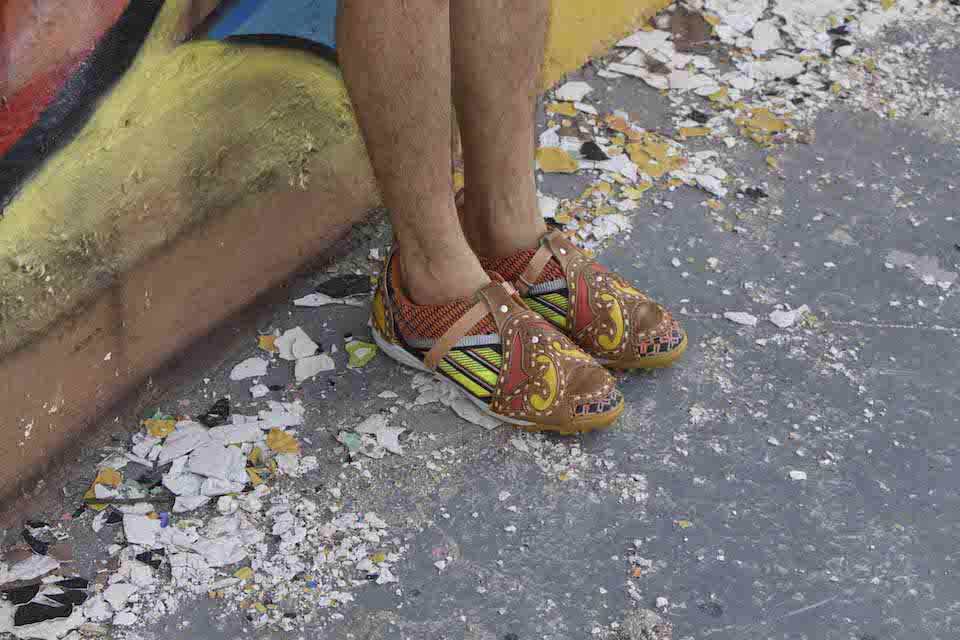
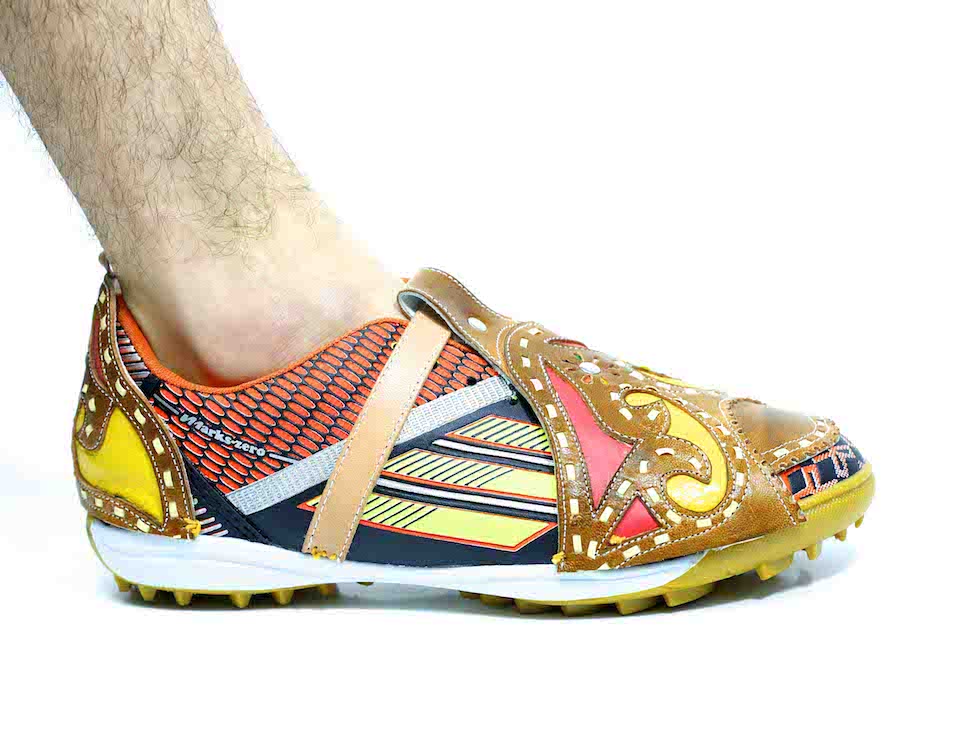
makoko floating school by nlé

We are vey happy to start a new collaboration with Rosewood Magazine, a proud narrator of stories that matter, connecting singular subjects to a global audience. This young magazine focus on creativity on the African continent and trends in general.
There is a branch in architecture that is pretentiously treating both the interior and exterior of the house from a solution-oriented design, tailoring precisely both the house and the situation it arises from. Its pretensions go far beyond exhibitionistic or aesthetical spectacles.
Premises in counting while talking about this kind of architecture are sustainability, relativity to extreme conditions such as social and economic ones. The houses are then allowed to derive their own singular typography from those features, included in the start equation. The results are sometimes mercantile, sometimes of philanthropic nature. The resources are often limited, locally produced and by experience challenging to work with. However, those challenges didn’t appear to NLÉWORK as unobtainable, while working on Makoko floating school.
Nlé is an Amsterdam and Lagos based architecture and design unit, with focus on urbanism and city development, founded by Kunlé Adeyemi. Makoko floating school project started out as a self initiated project by the company in 2011, but later on received research funds from Heinrich Boll Stiftung, and construction funds from the federal ministry of environment Africa Adaptation Programme (AAP).
Makoko is one of Lagos' poorest regions, with somewhere around 100,000 inhabitants, which, due to shortage of land, chose to build a great deal of their housing on water. Without a sustainable infrastructure to support this type of housing area, there is a huge risk of natural disasters such as fires and floodings.
Nléworks started to reflect on this issues back in 2011, and took on the initiative to build Makoko's first sustainable floating house with the help of the Makoko residents. The idea is to create a safe, versatile house with a primary function as school, there after a clinic center, as well as community center. Our hope is that this brilliant initiative and continued work will give the habitants of Makoko a solid foundation to continue to grow, and to build a sustainable future on.
Text: Rosewood Magazine
Photo: Courtesy of Iwan Baan via Archdaily




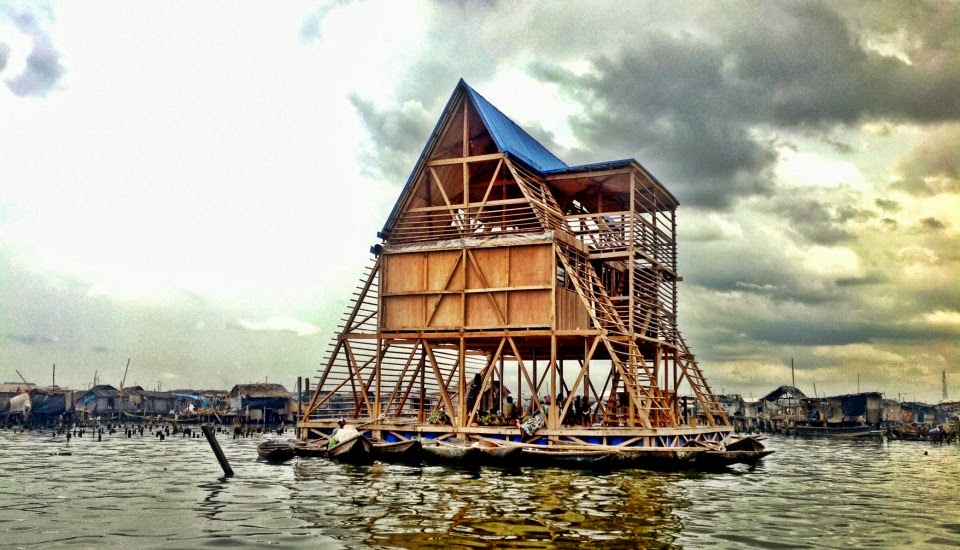
kama by anupamaa

As Lidewij Edelkoort explains it: "The melting pot of Anupamaa’s eclectic inspirations creates an inspiring and cultural collection of fetichistic fashion, attaching us to the roots of India and at the same time making us international urban nomads. Clothes for our own century.”
Anupama Dayal the designer behind Anupamaa share with us her thoughts : " My Collection "Kama" is inspired by Vatsayanas Kamasutra, written in about 400 BC, and Mira Nairs sensitive film by the same name. Contrary to popular perception, the Kamasutra is not really a sex manual. It is an exhaustive guide on virtuous and gracious living and elaborates on love, family life anaesthetic erotic and pleasure filled living. This is a bridal collection.
These are bridal clothes bursting with excitement … not so much for the wedding ceremony but for what is to follow. All the clothes are completely rooted in tradition and totally within the modesty requirements of the demure Indian bride.
Yet all it takes will be the will of the bride and her desire to seduce her lover and the same clothes will be transformed into lethal weapons of seduction. She has learnt how to use her body and is unafraid to enjoy her newfound powers."



